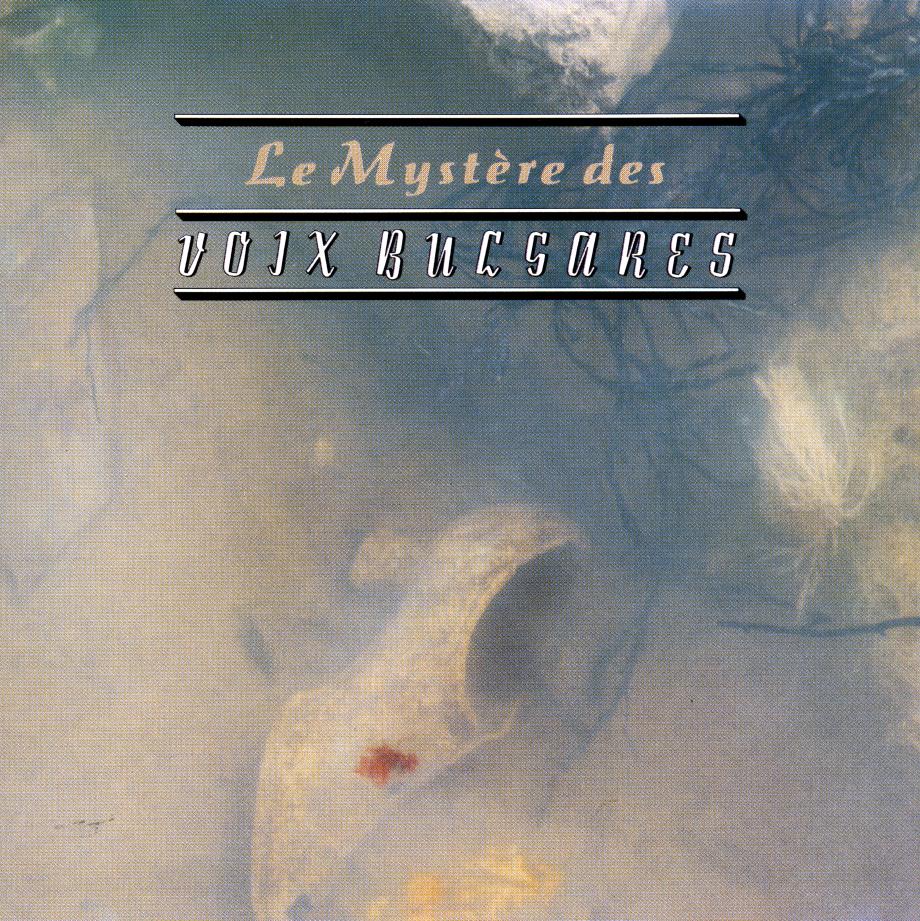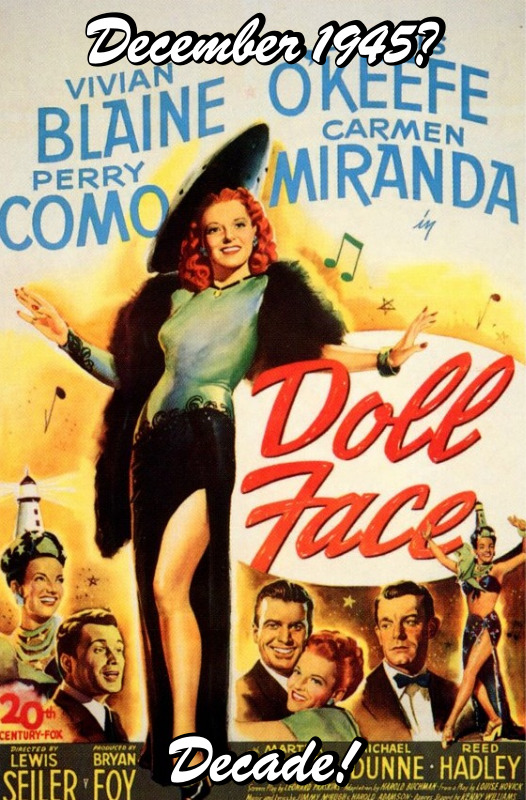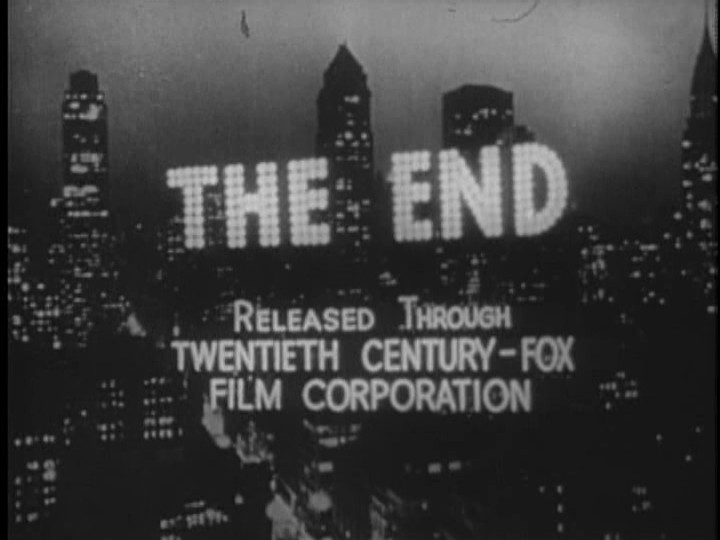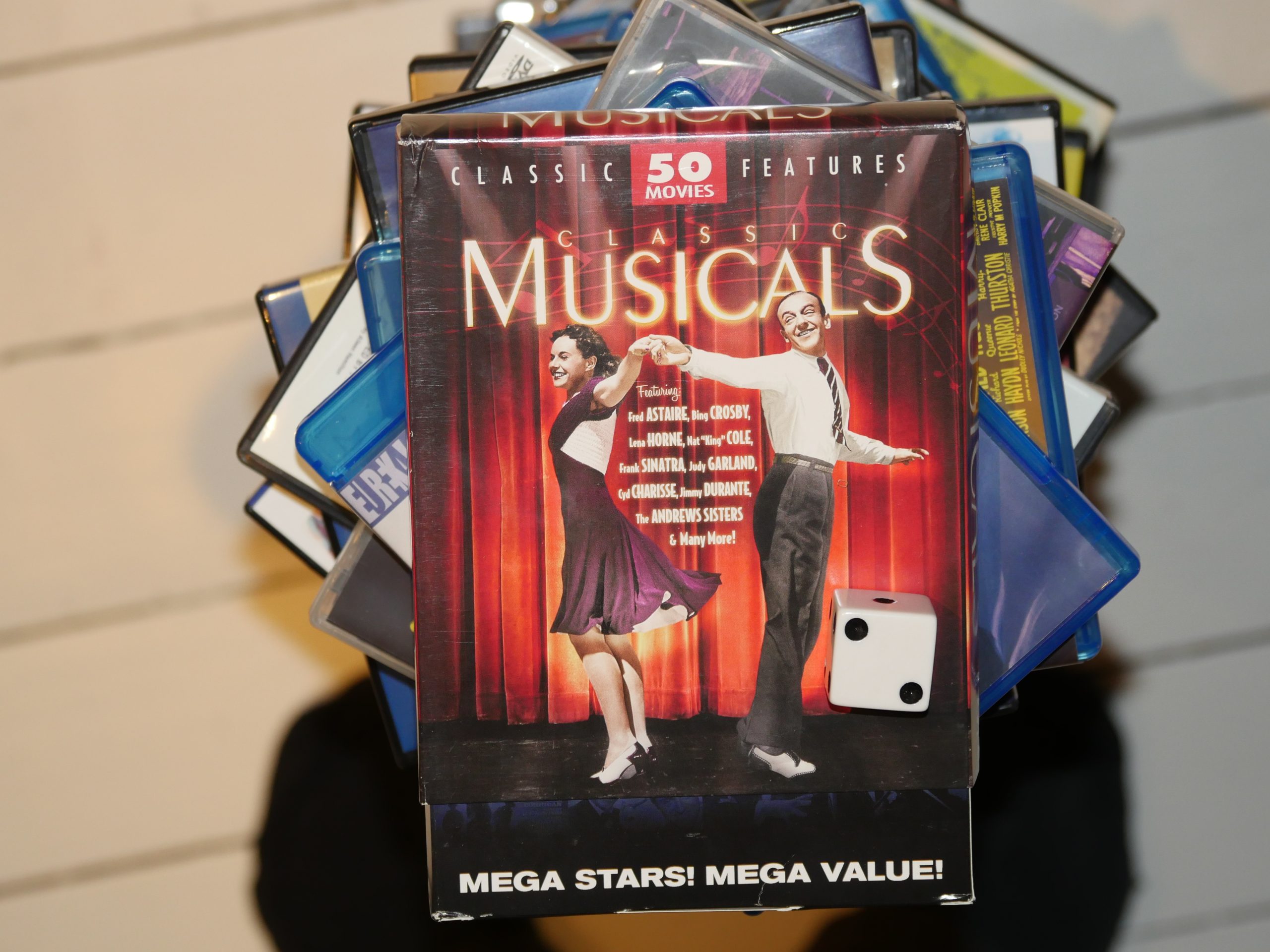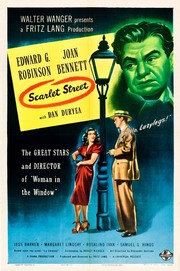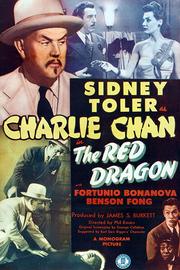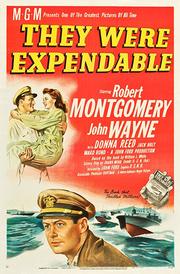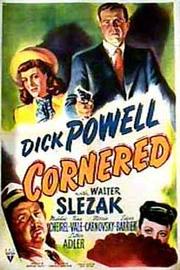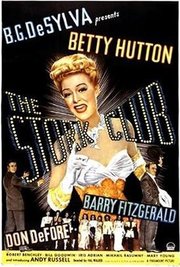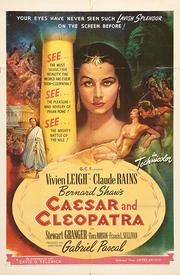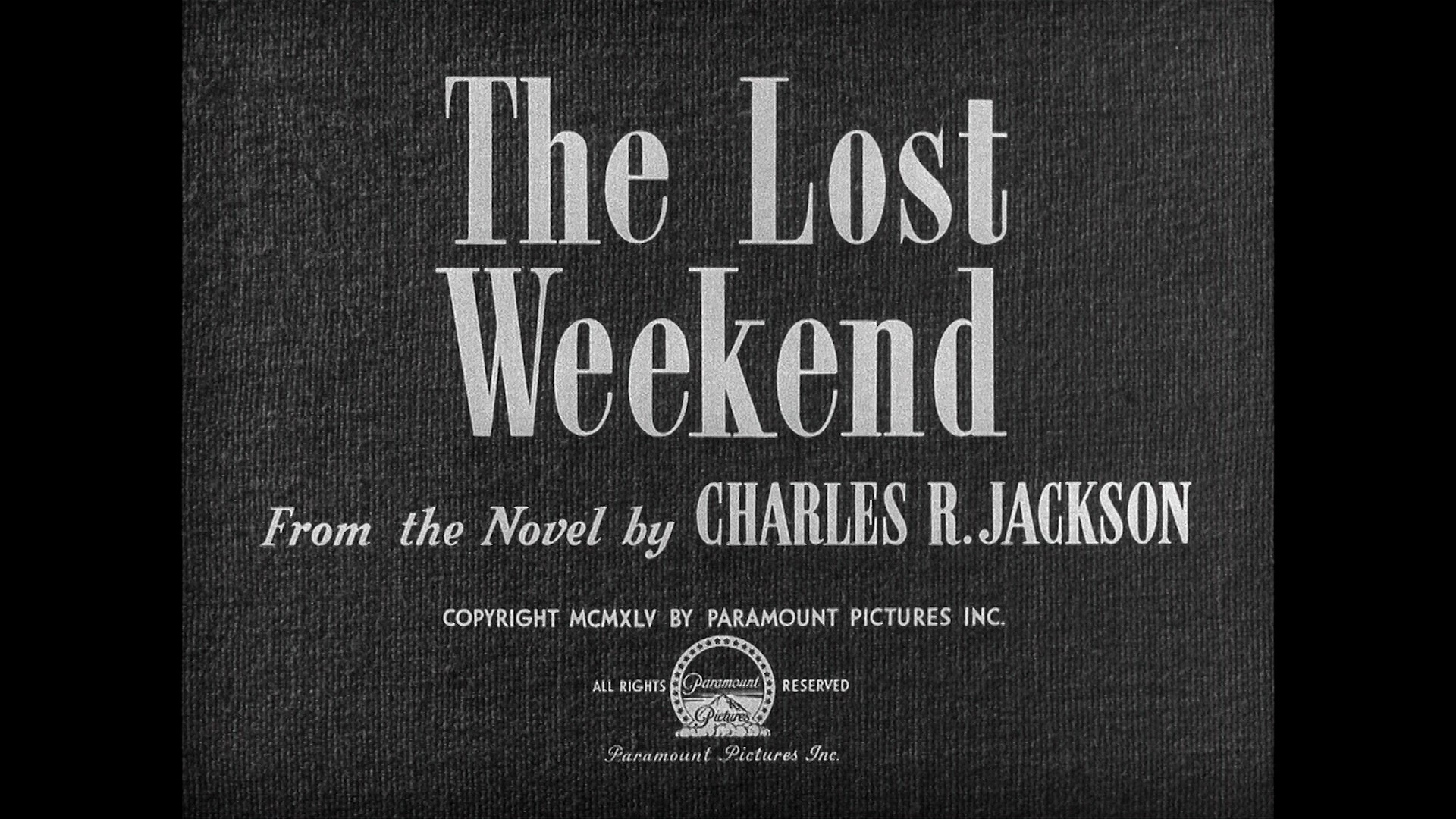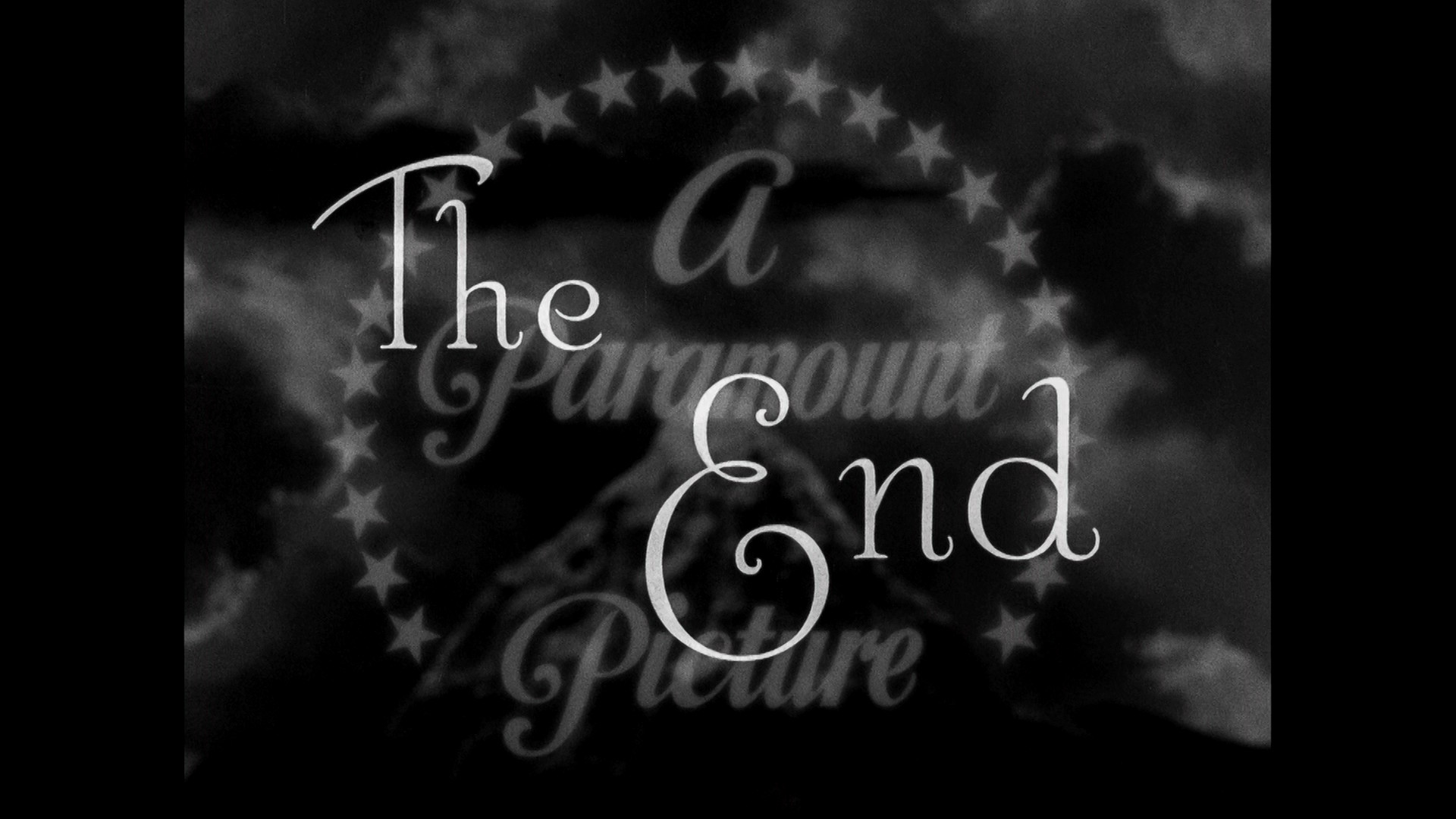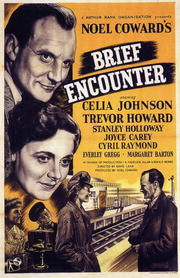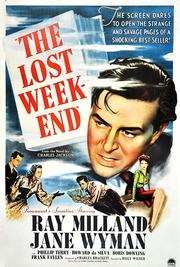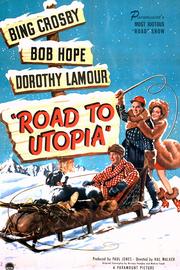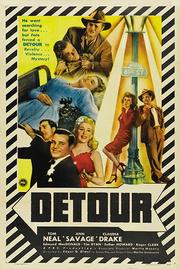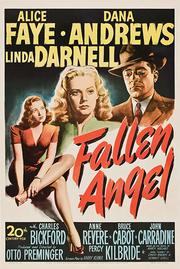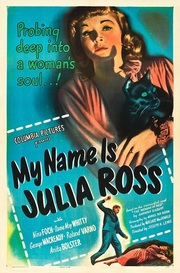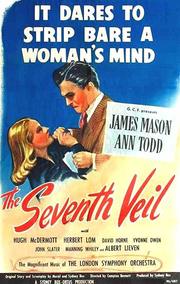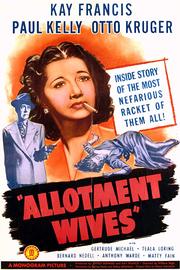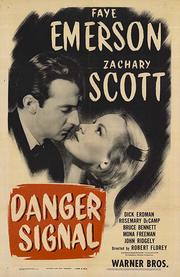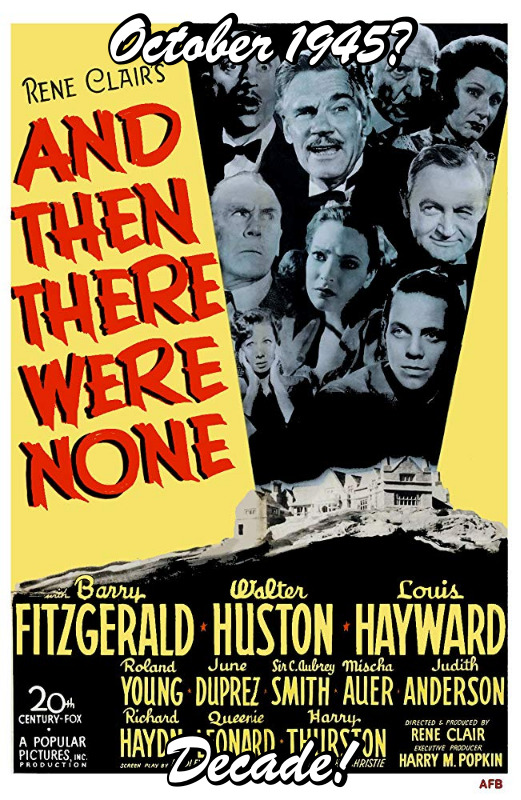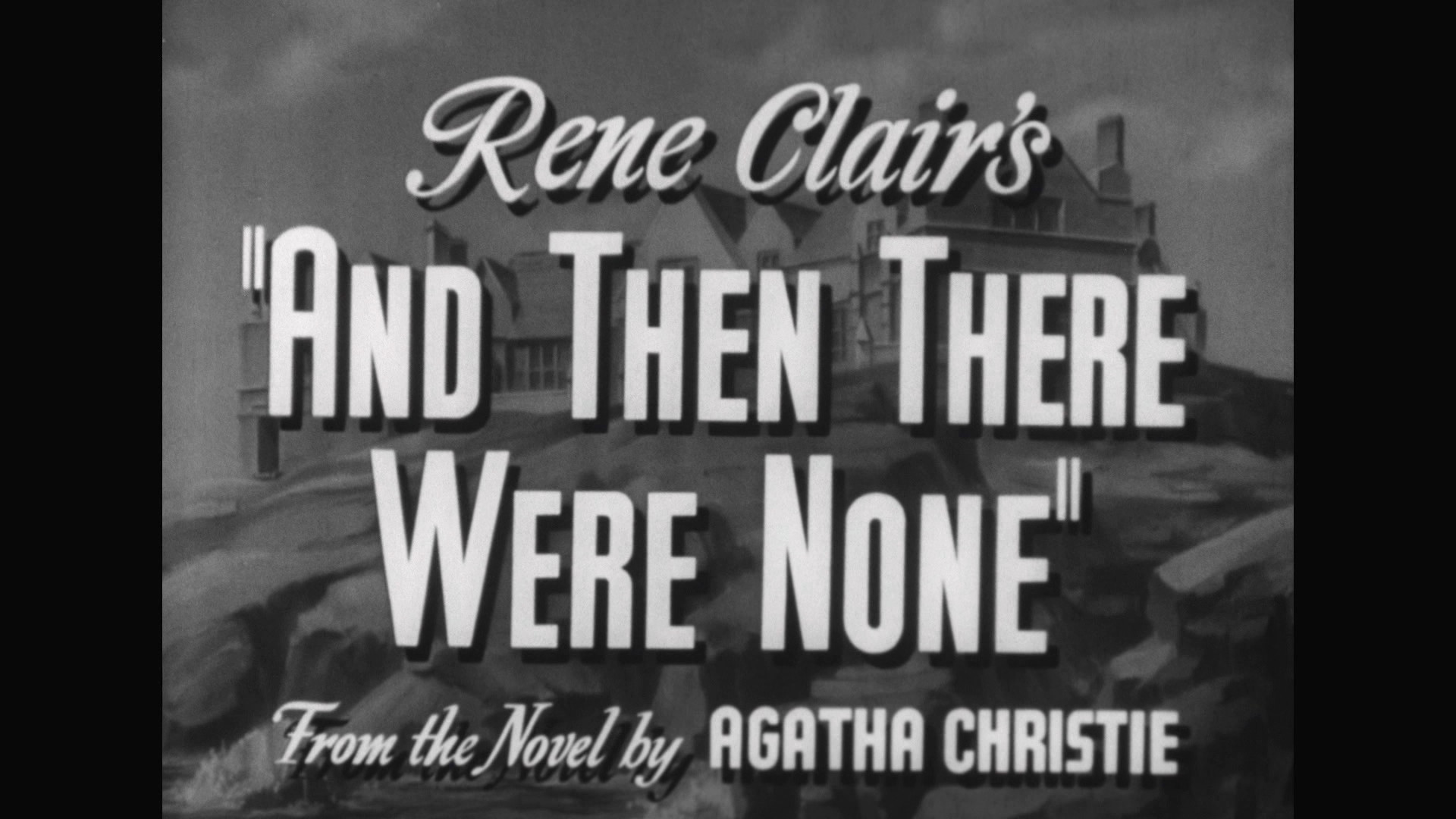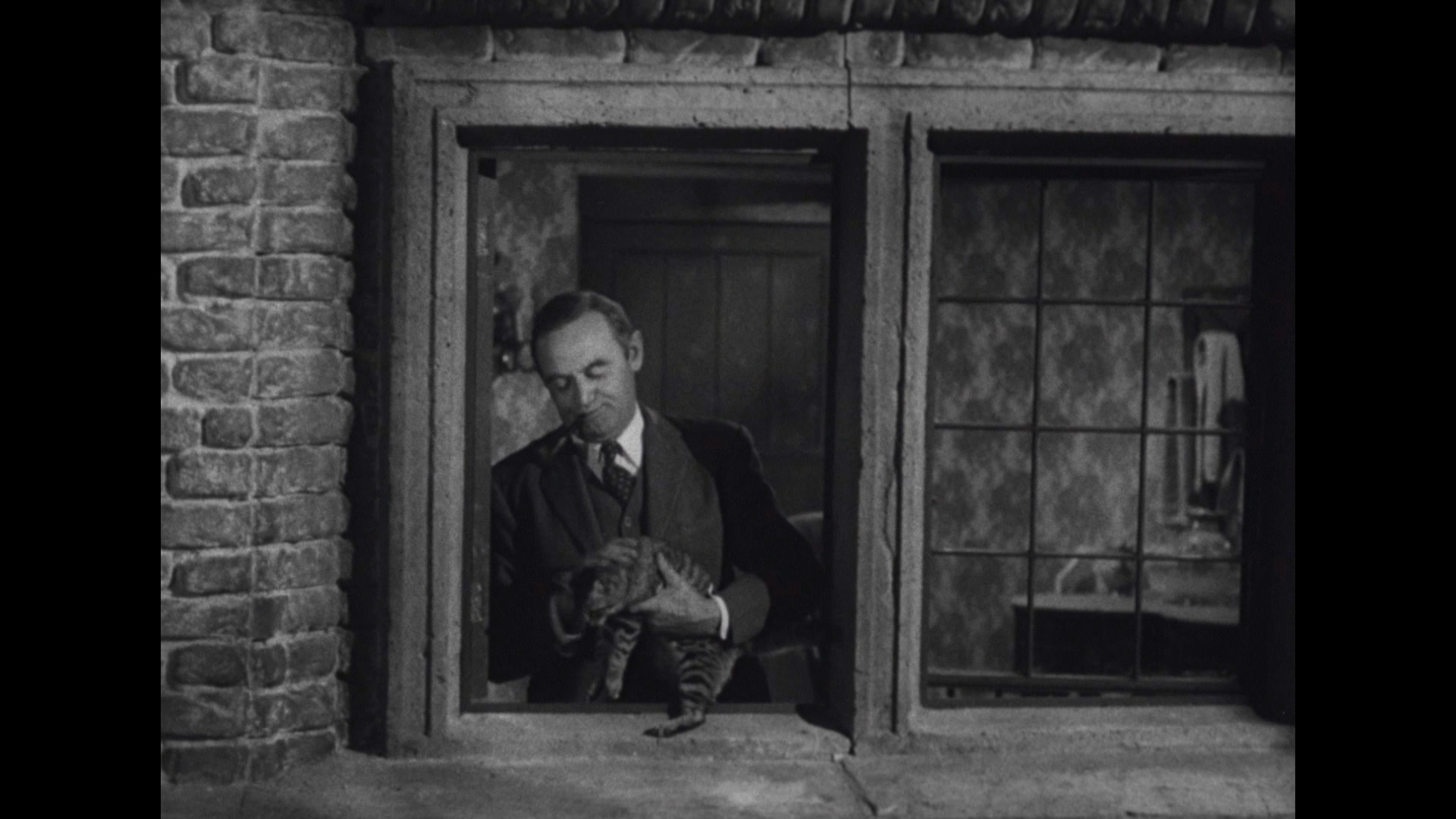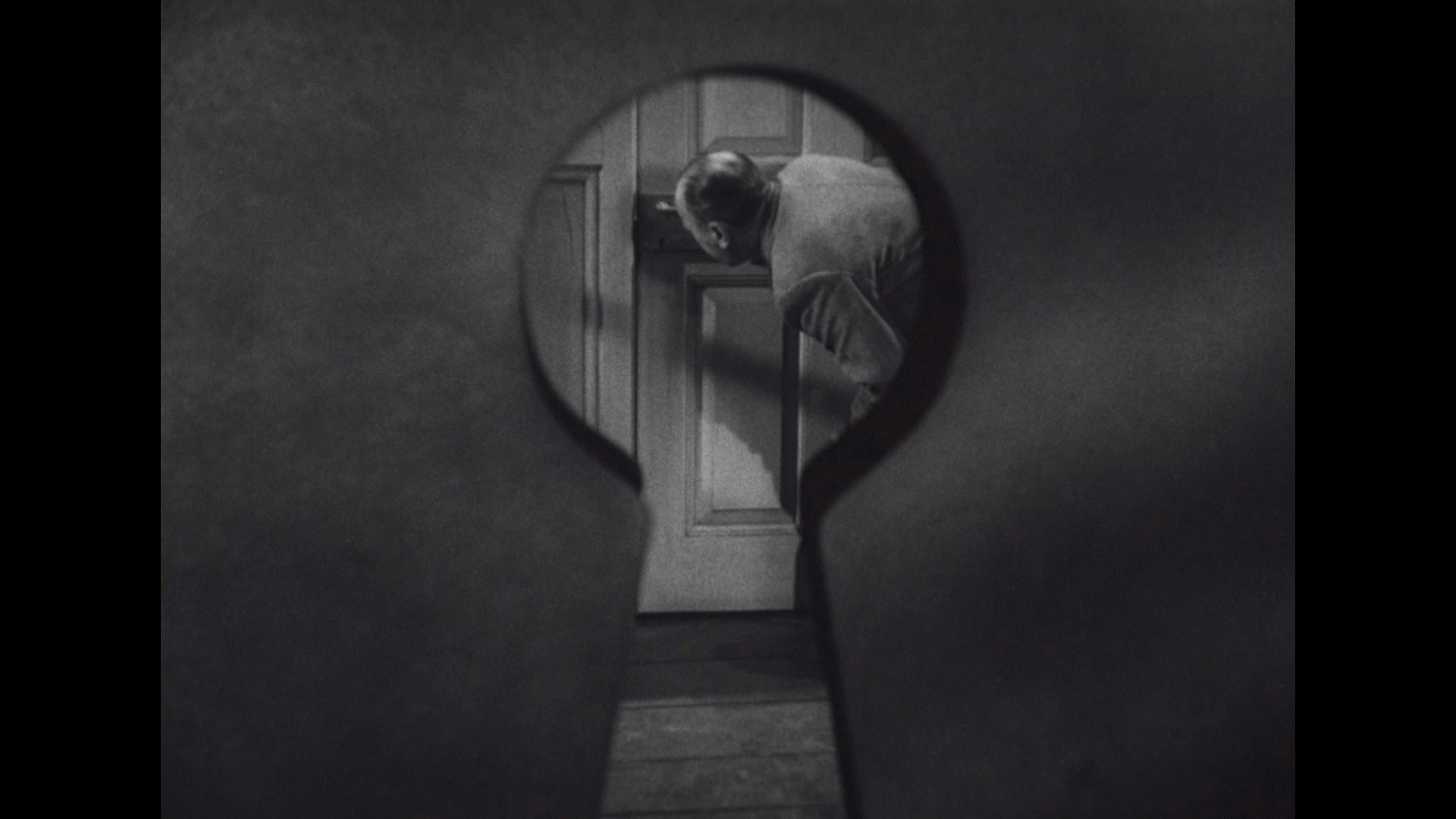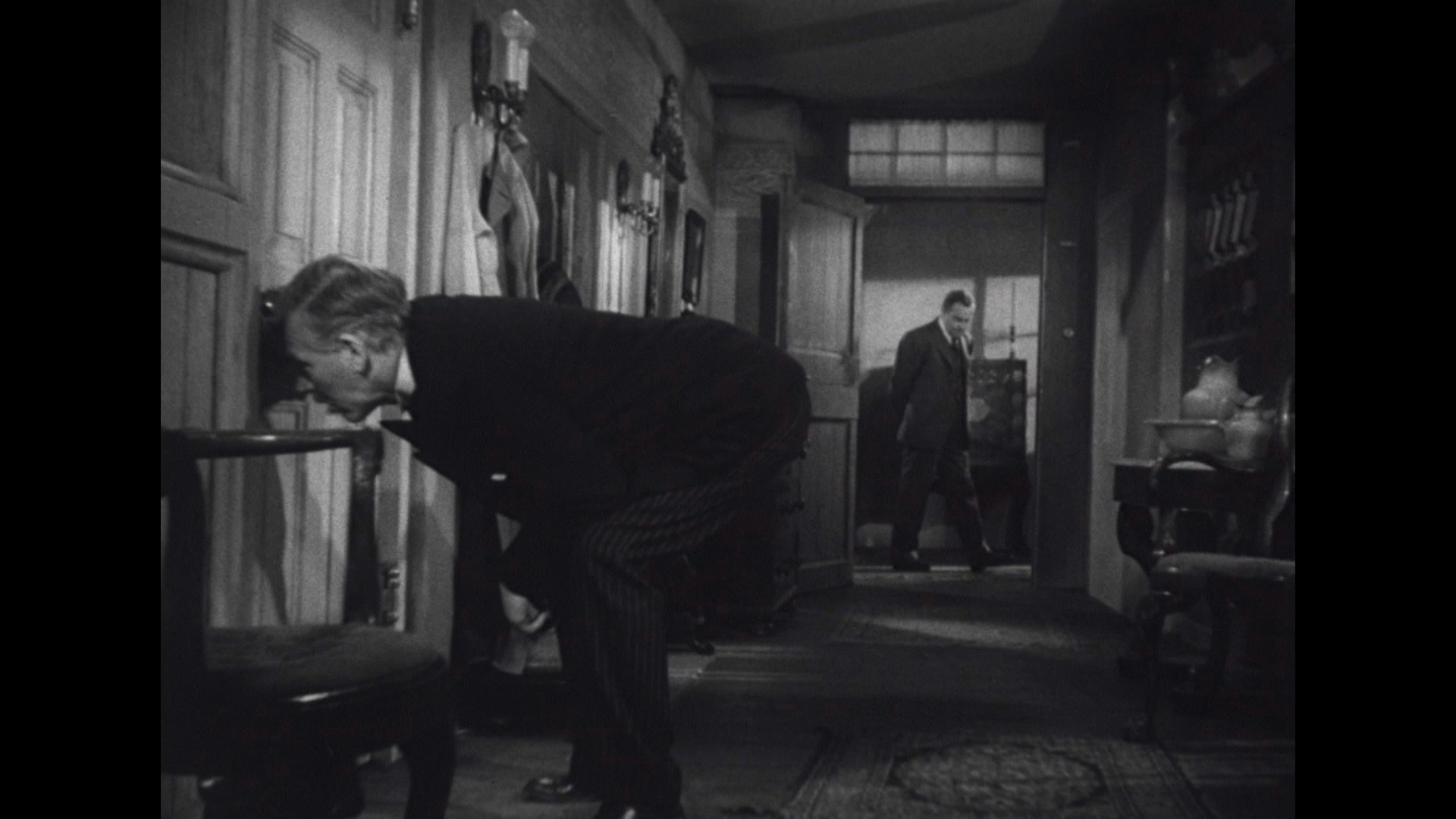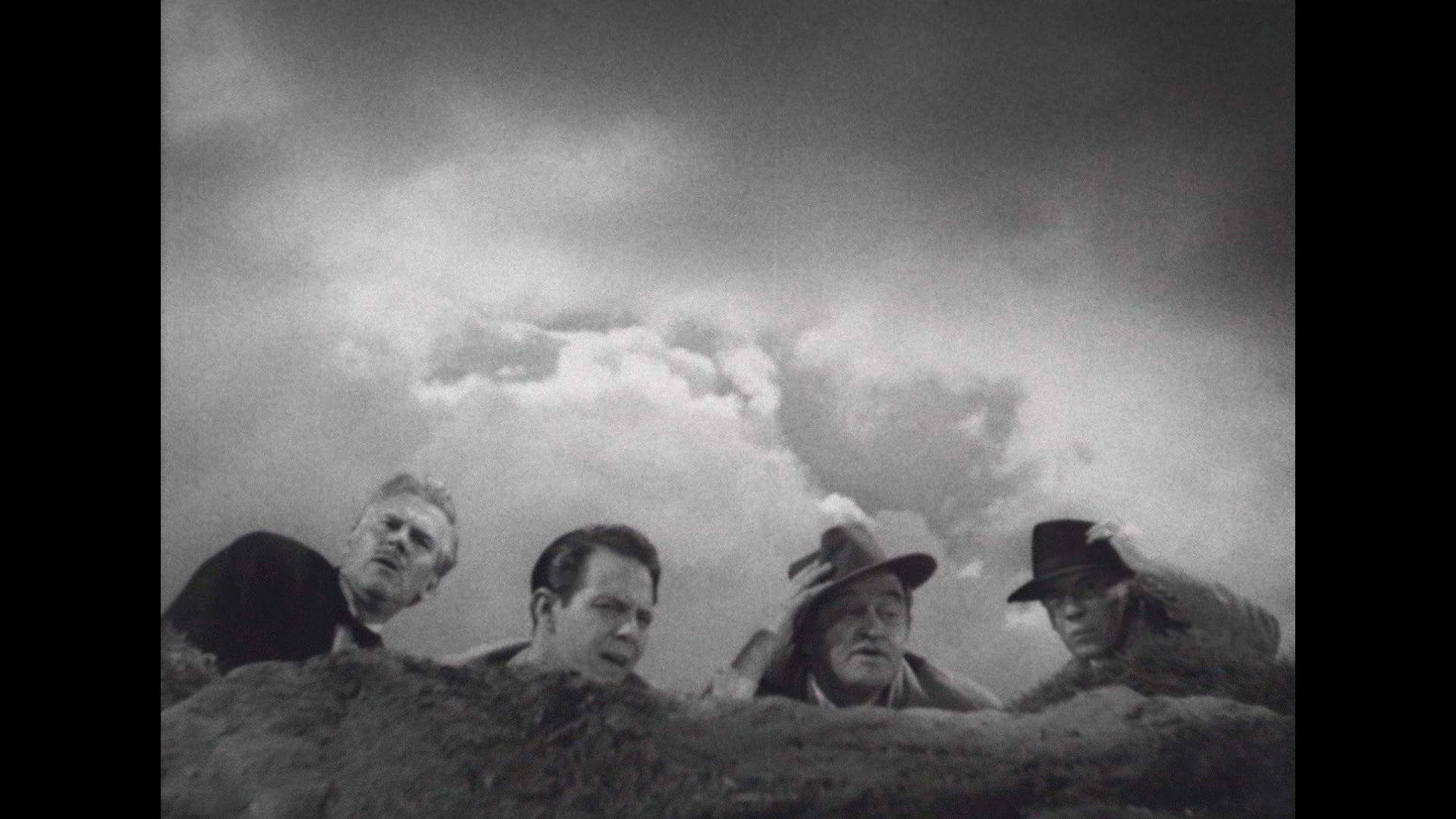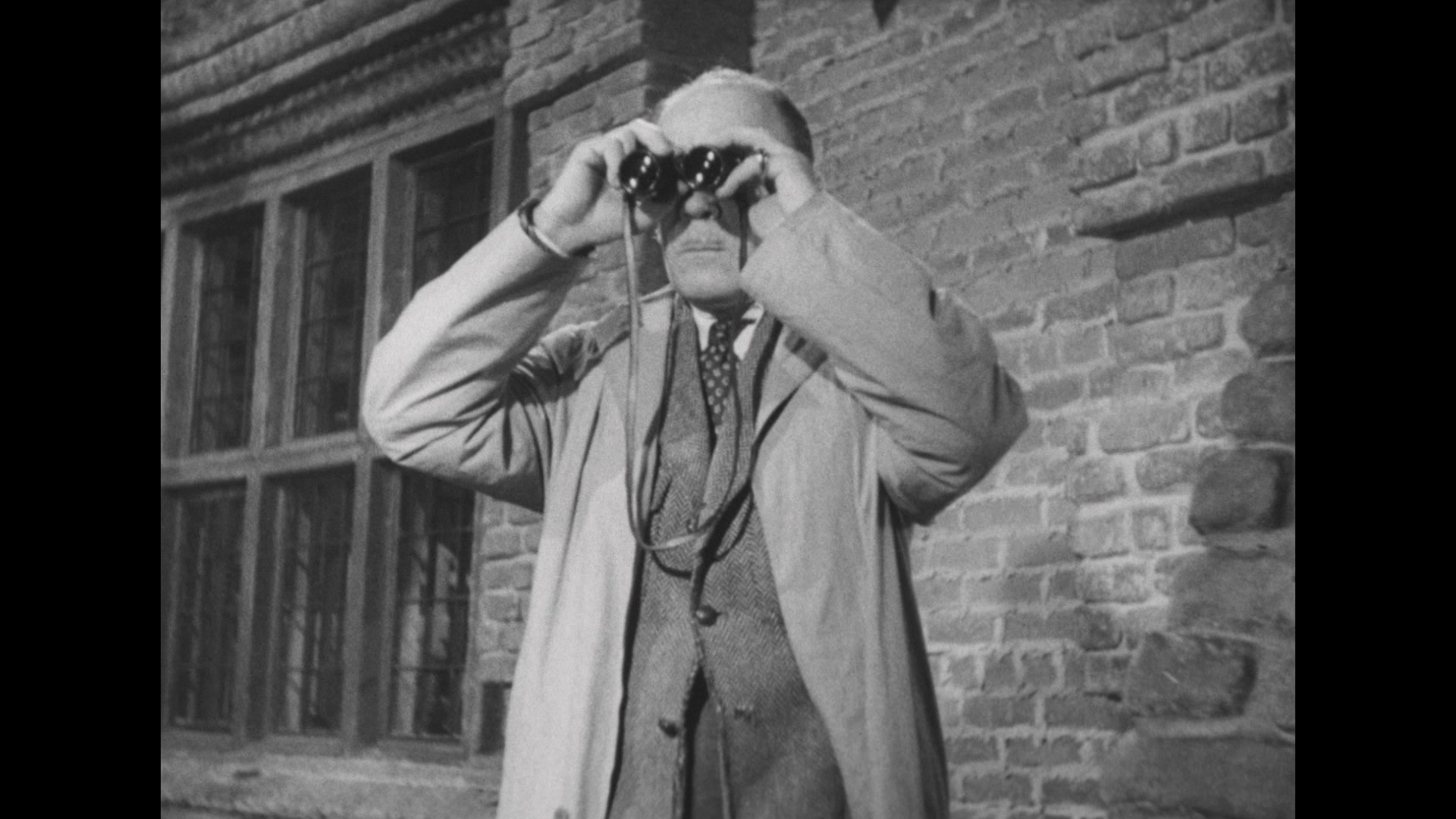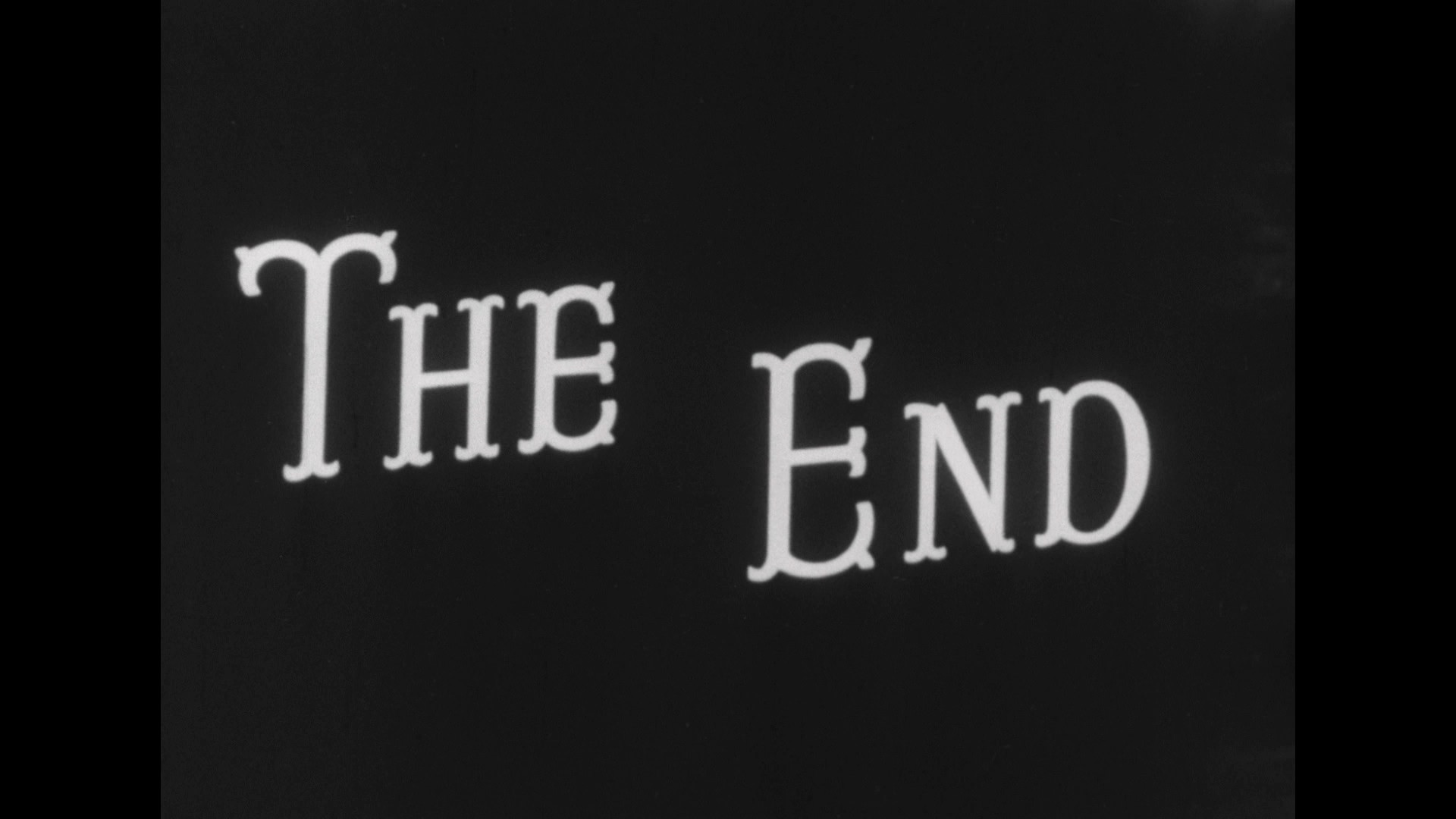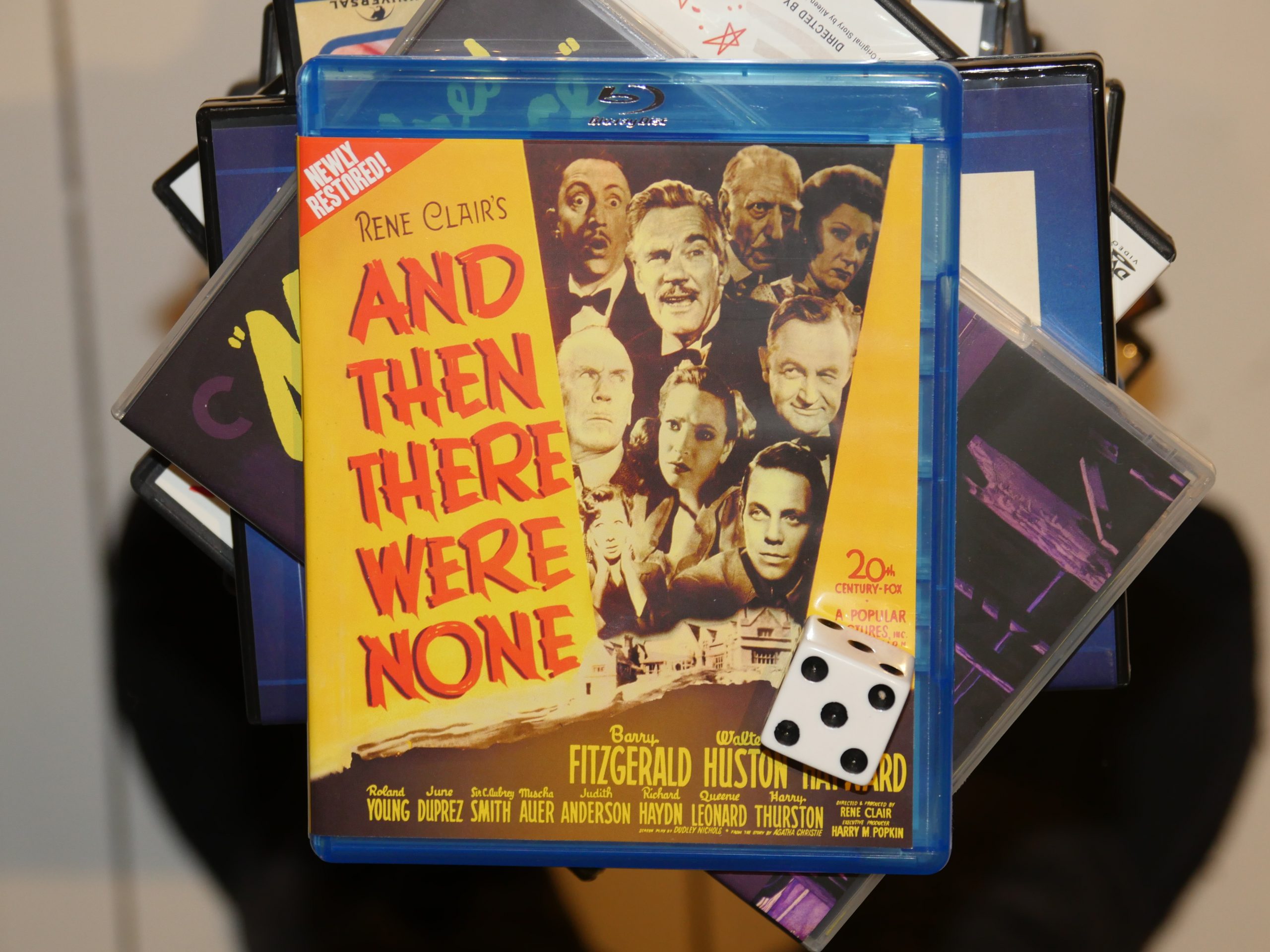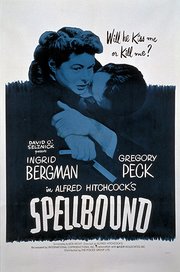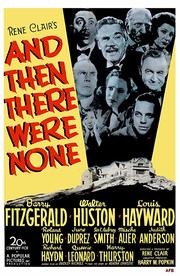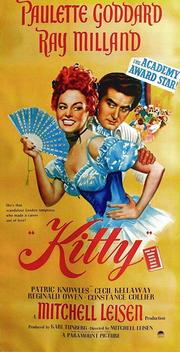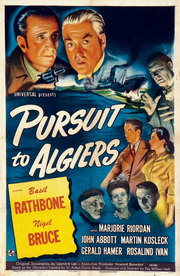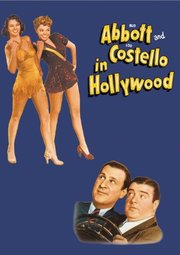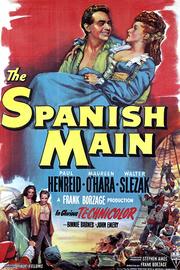
*cough* *cough*
I think I have a fever? What a way to start the new year. But as I’m stuck here on the couch under a duvet, I might as well type up that “best of 2018” comic thing I didn’t have time to do in December?
Sure!
When I happen upon a comic that’s like good and stuff, instead of letting it disappear into one of the normal bookcases, it ends up in the little one shown above, so that I can stare at it for a few months.
Here’s the ones that I read last year that were published last year:

They promised us that 2018 was going to be a great year for all the arts, because supposedly artwork thrives in adverse conditions. I mean, if Trump, the rise of Nazism in Europe, the hegemonic narrative about Brexit being about everything else than workers’ rights, the Syria sitch, the terrorism and the reaction to the terrorism should, like, be enough for any art form? Right?
It doesn’t seem to have helped comics much, because 2018 was a weak year. Not that there wasn’t good stuff published: That’s a nice stack of comics above… but it’s much smaller than previous years.
Not that I’ve read all notable comics that have been published this year: If it was released during the last couple of months, I’ve probably missed it, because I’ve been er busy. (And I may have missed some other comics, too, I think.)
Perhaps it’s because comics is an art form that takes so long to produce. Perhaps we’ll see great comics rising from the adversity next year? C’mon.
Looking at a couple of other “best of” lists on the web (like this one fromThe Vulture), there doesn’t seem to be that one break-out hit this year, either. There’s usually a middle-brow crowd pleaser that everybody pretends to adore, but it didn’t seem to happen.
Hm… Oh! I seem to have missed that Michael Kupperman book. He’s awesome, and that’s probably an excellent book… Oh, yeah, Sabrina by Nick Drnaso is on the list, and I thought that was going to top everybody’s list. I mean, it isn’t very good, but it ticks all the right “best of” check boxes.
I’m not listing any online things, because then Oglaf just be on the list every year, but this one by Matt Bors is good:
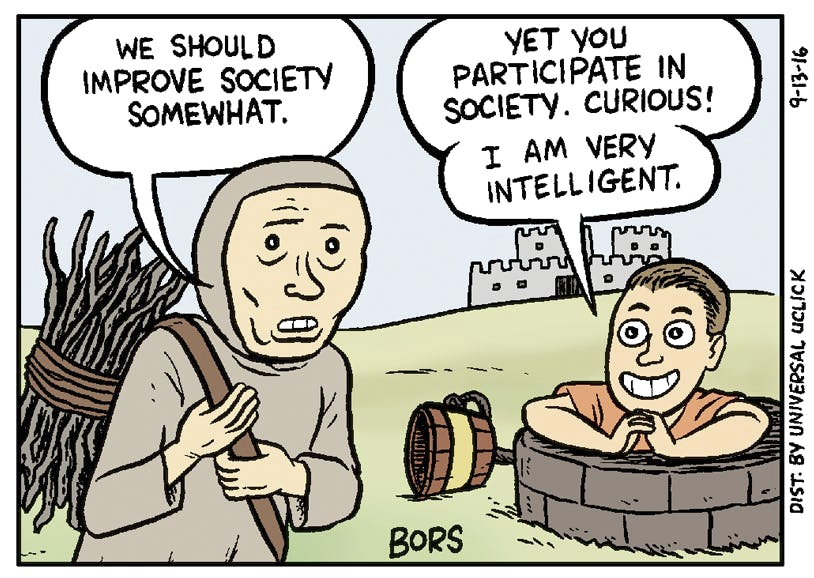
Speak by Laurie Halse Anderson and Emily Carroll (Farrar Straus Giroux)
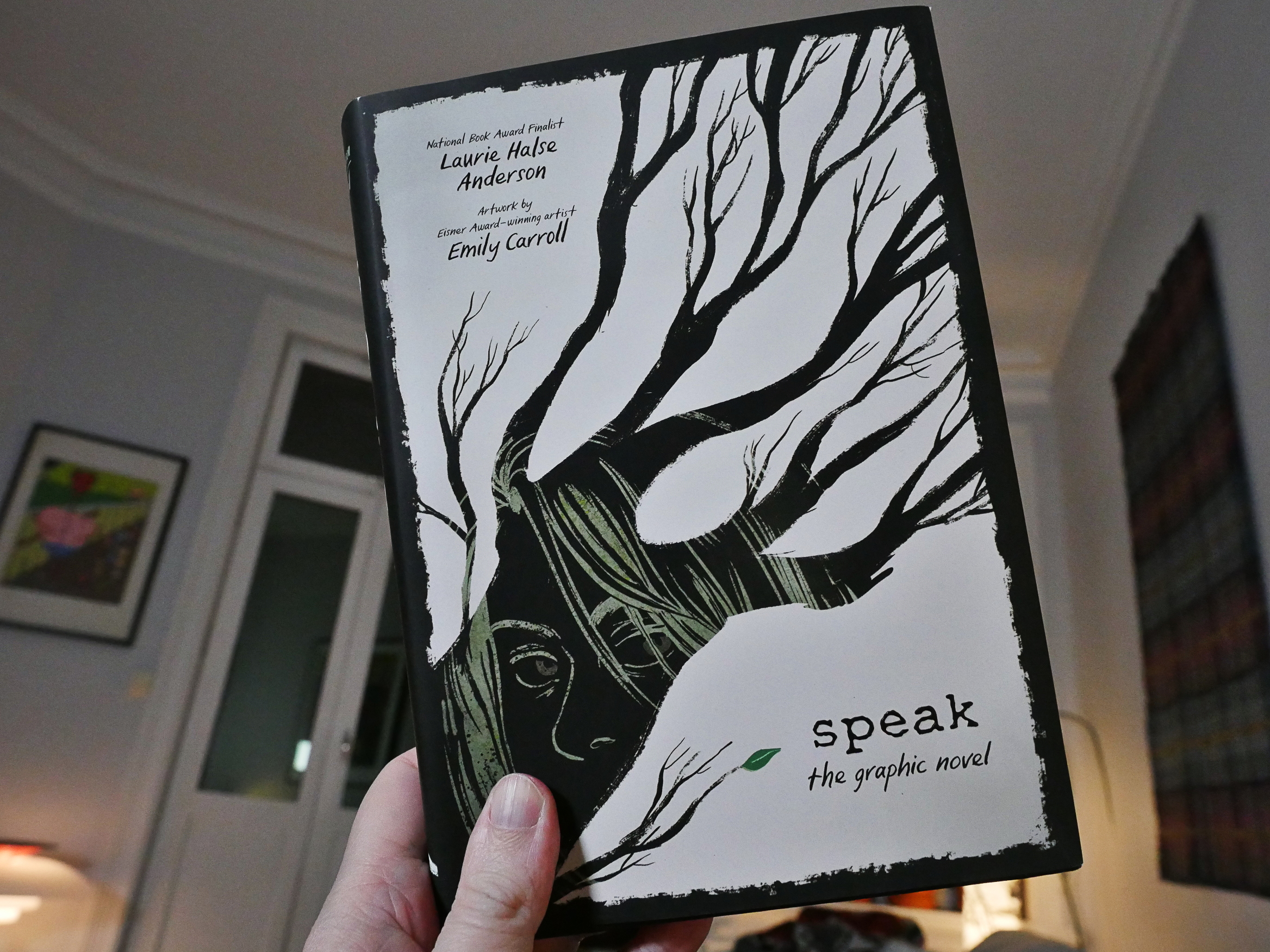
This could have been awful in so many ways: It’s adapted from a novel and published by an outfit that doesn’t usually publish comics. And it’s about high school and rape and stuff.
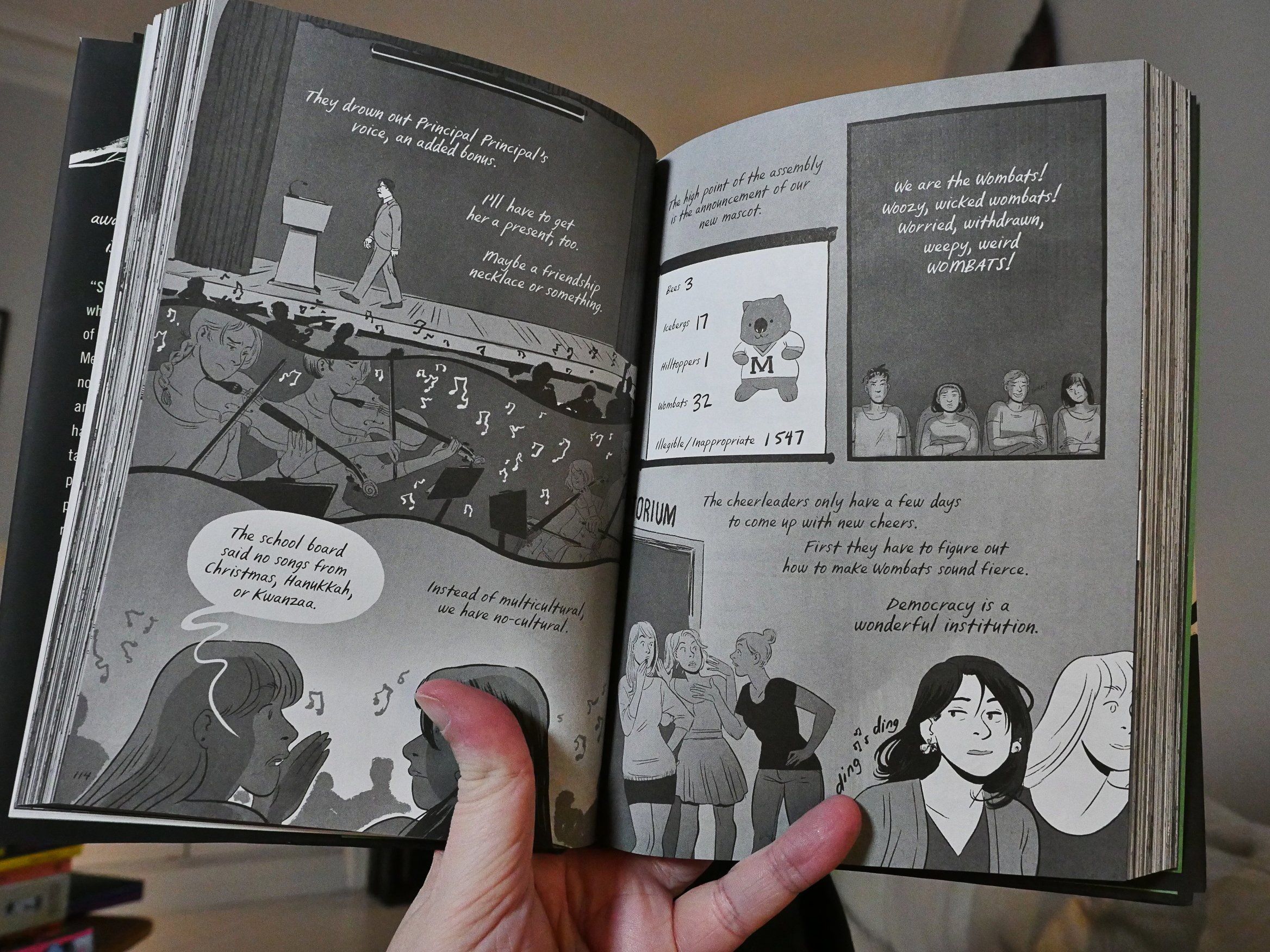
But it’s an engrossing read. I think. I’m looking at it now and I realise that I remember virtually nothing about it. So I have to go on faith here that I put it in the “this is quite good” bookshelf for a reason.
The artwork is very pleasing. Very appropriate to the high school milieu.
Why Art? by Eleanor Davis (Fantagraphics)
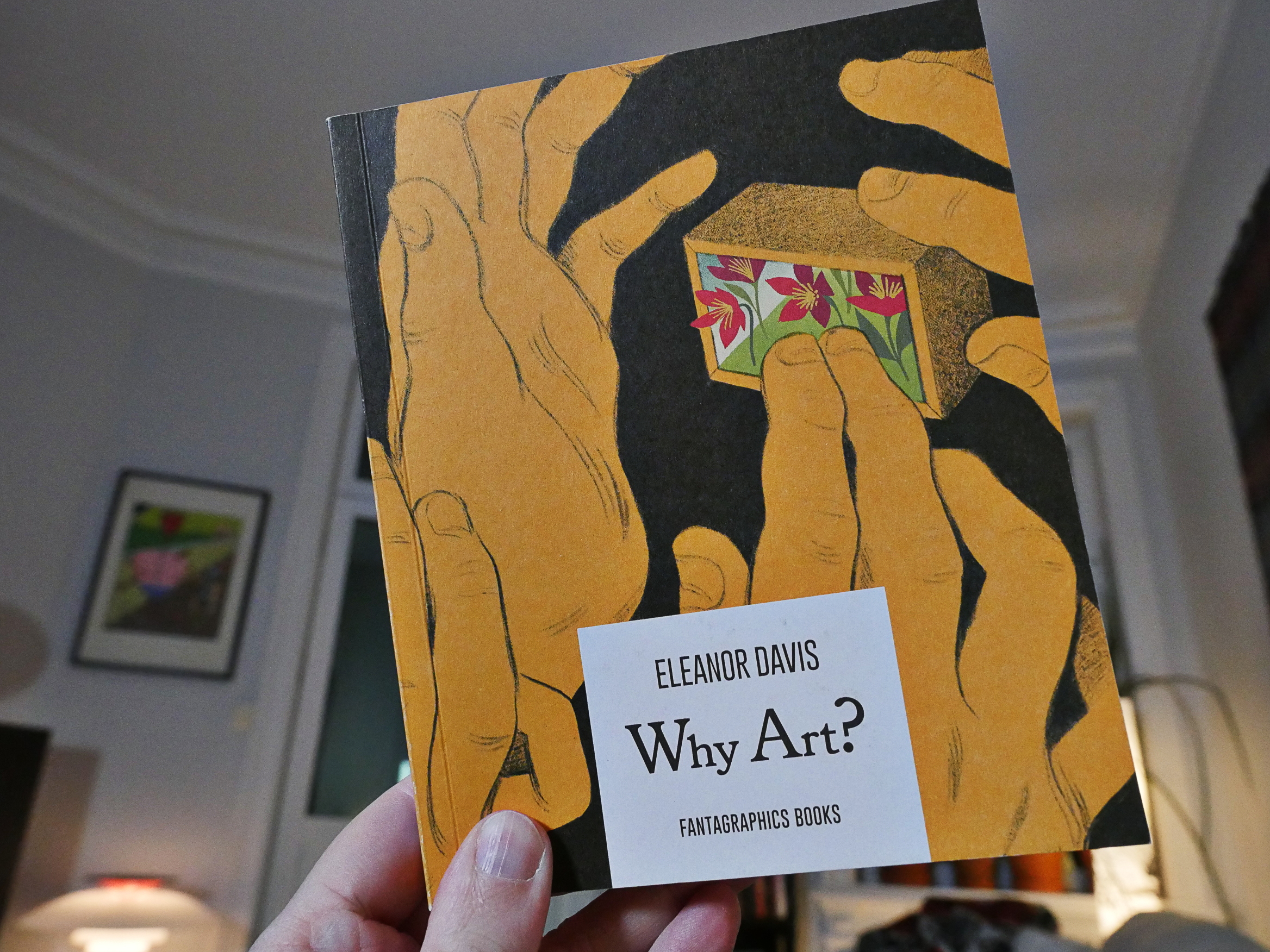
But this one I do remember. From the title you might assume that it’s all didactics, and:


It sort of is? But it’s very funny, and it’s more narrative than you’d expect. It’s an unexpected collection of shorter pieces, where some are more straightforward than others, but it all has a kind of poetic dream flow going on.
I wish Fantagraphics had chosen a paper stock that had less bleed through, because it’s annoying to see Davis’ beautiful artwork splotched in that way.

Sometimes very gorgeous indeed.
The Winner by Karl Stevens (Retrofit/Big Planet)
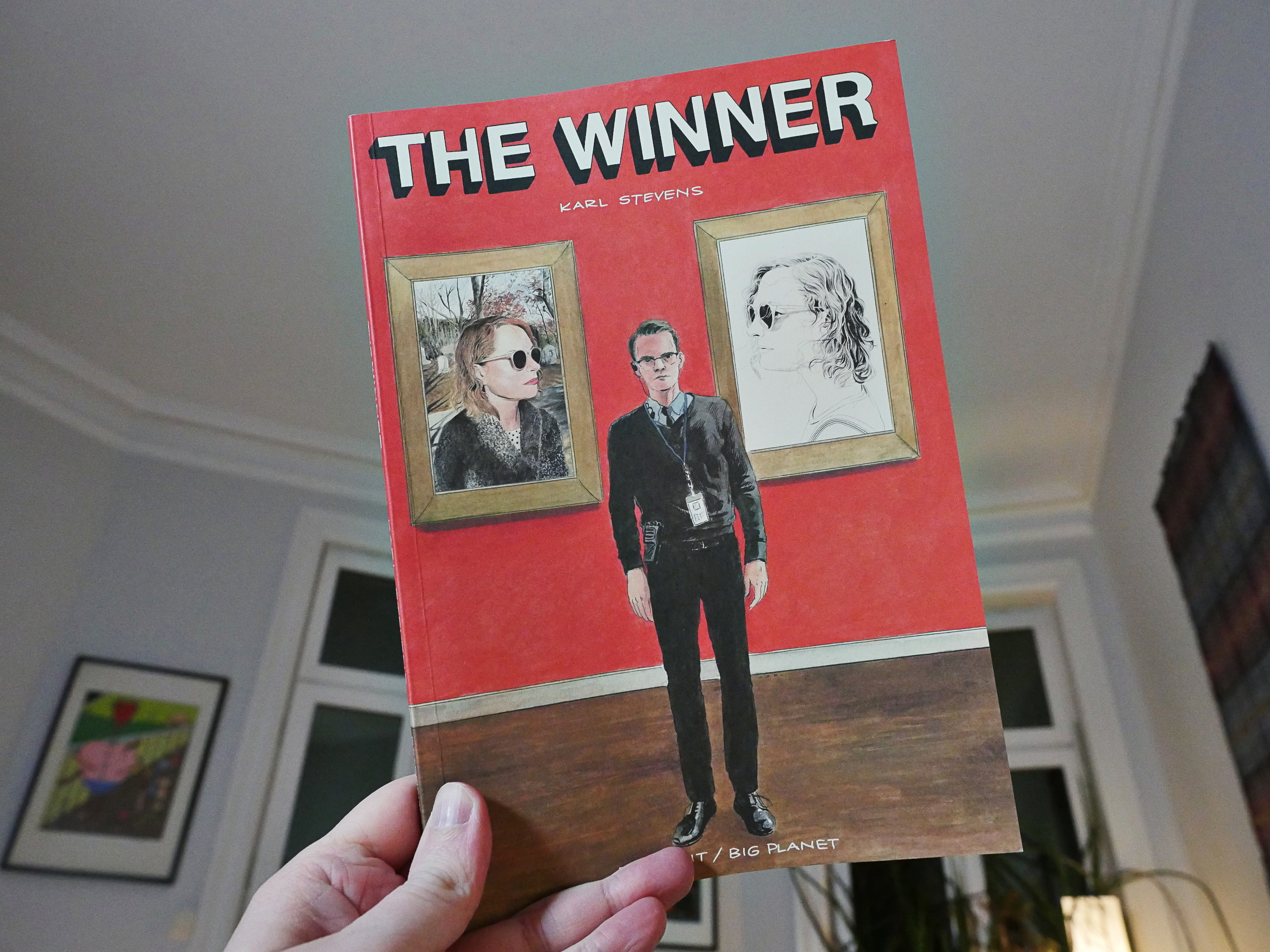
And speaking of gorgeous artwork…
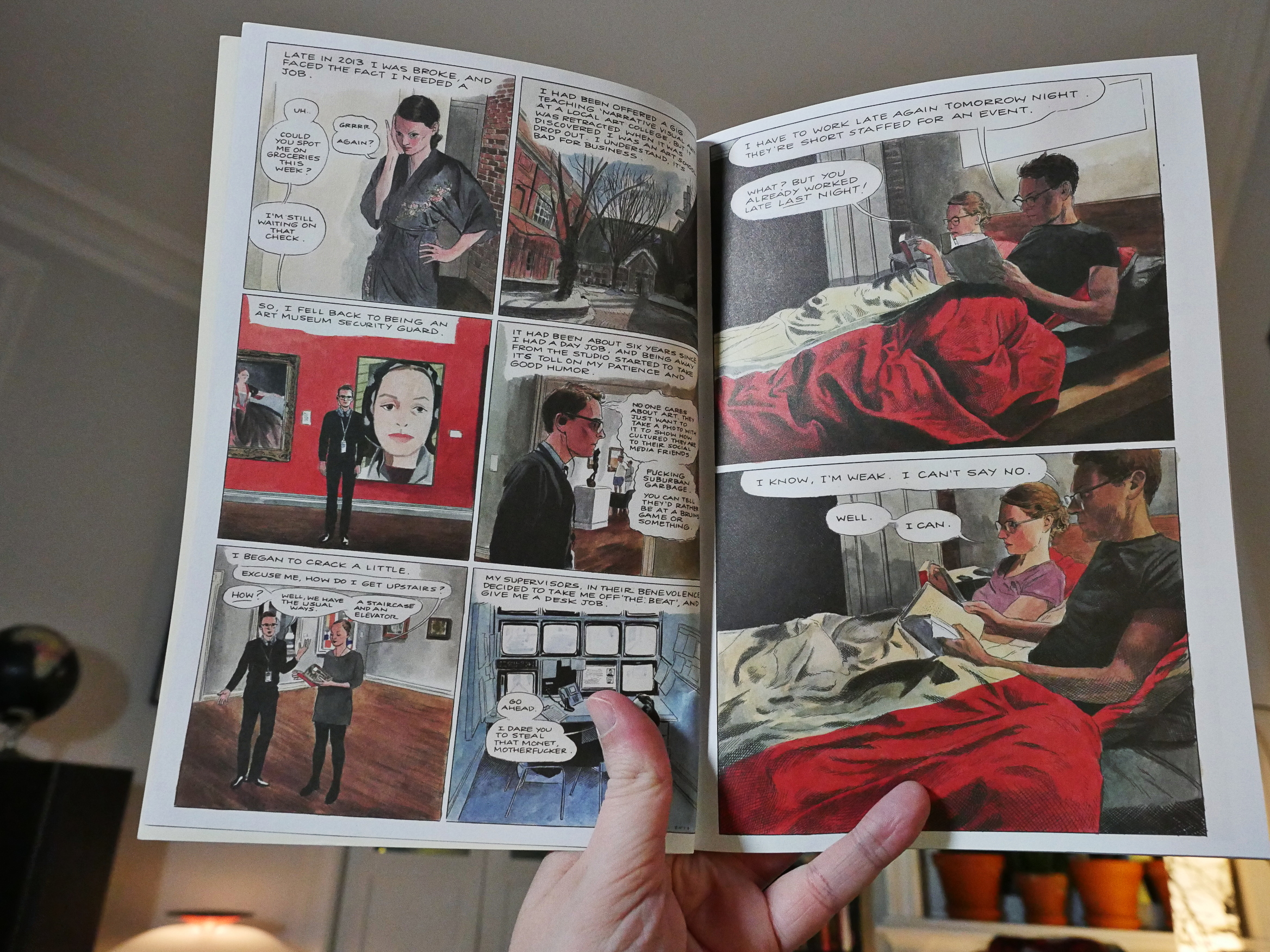
I don’t know the publication history behind this book, but it reads a bit like if Stevens took many different pieces he’s had lying around and then stitched them into an almost coherent work.
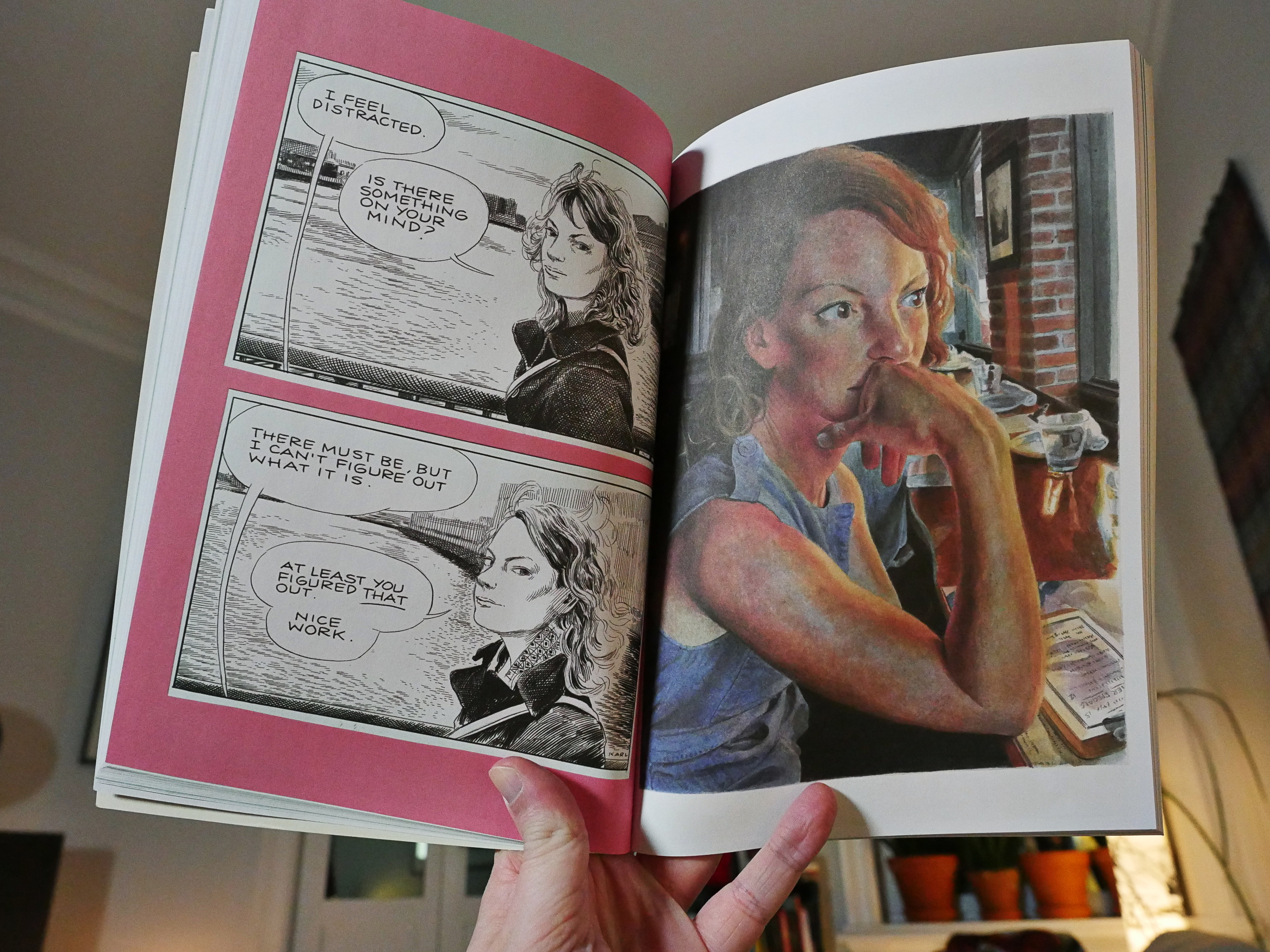
And he obviously draws a lot from photo references (and possibly from live models), which can sometimes make the figures seem a bit stiff, but it’s very pleasant to spend time with. And it’s funny.
Lovely’s: A Vegan Cookbook by Valentine Gallardo and Jonathan Beaton (VOS Utgeverij)
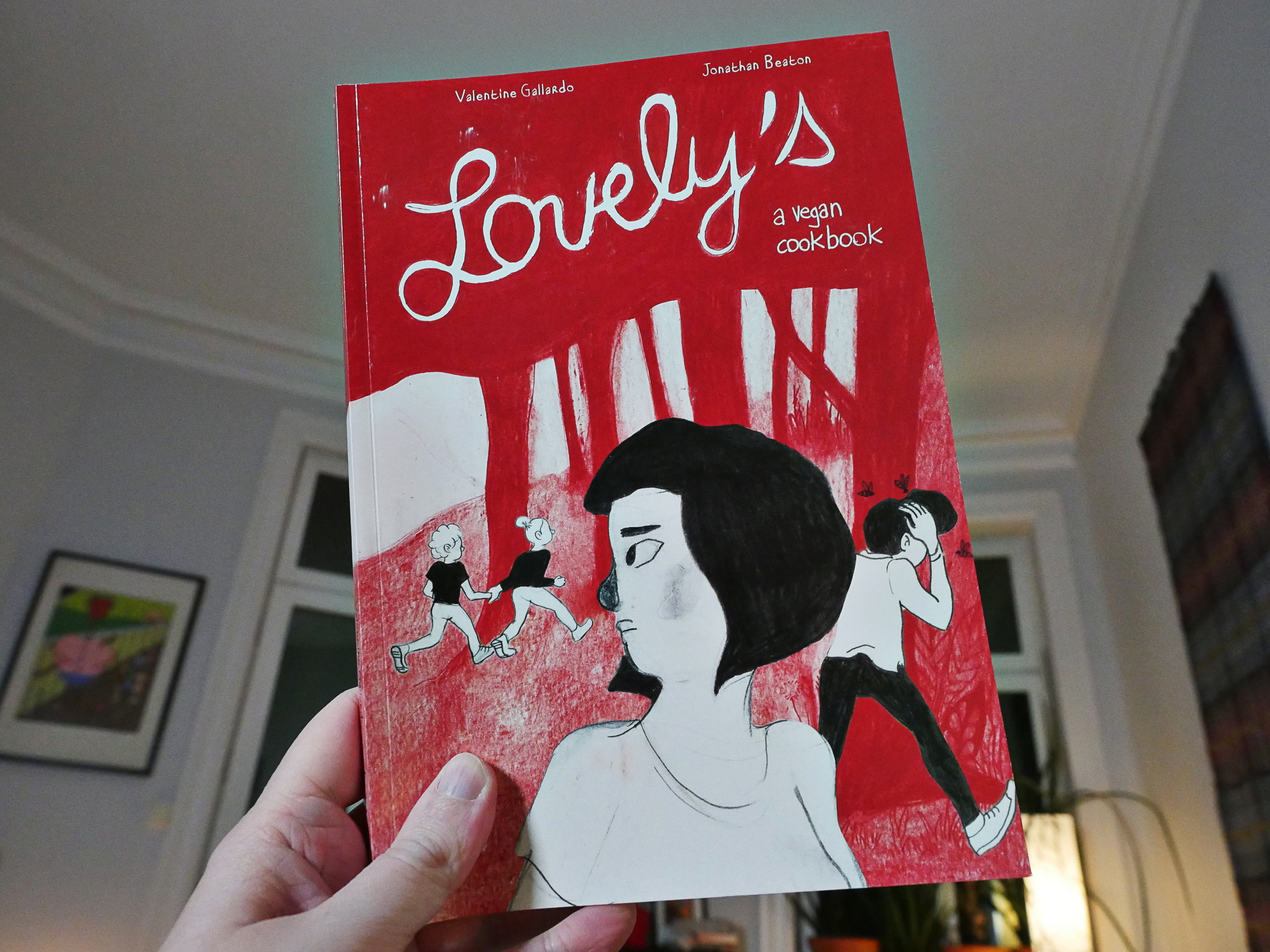
I think I picked this up at the Oslo Comics Expo, and… It’s the only book from that haul that ended up in that bookshelf. Very disappointing.
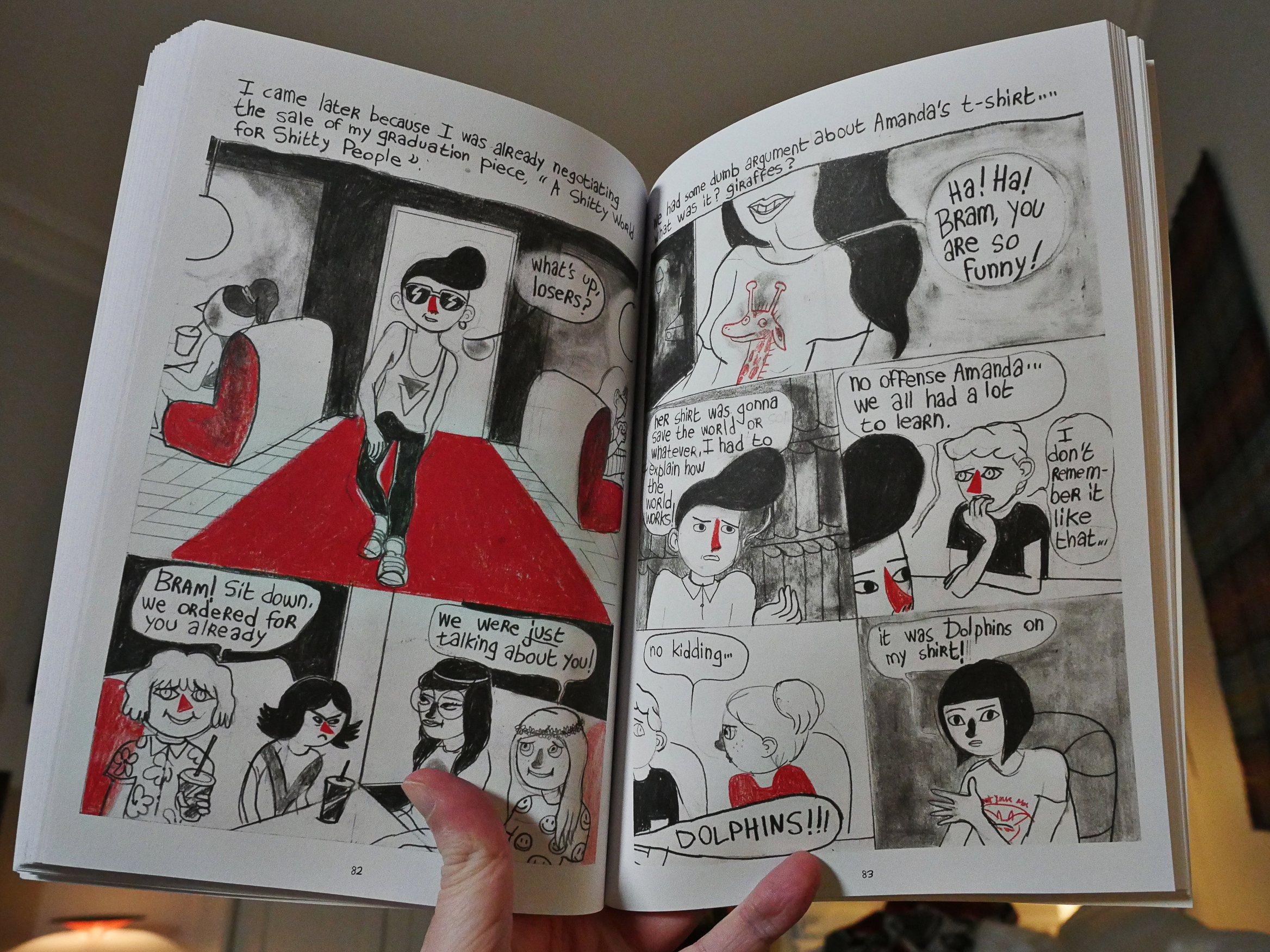
But this one isn’t! It’s a Dutch publication, but in English, and while the title promises a cookbook, it’s not really. It’s about relationships and young people and all that stuff, and the artwork is just amazeballs.
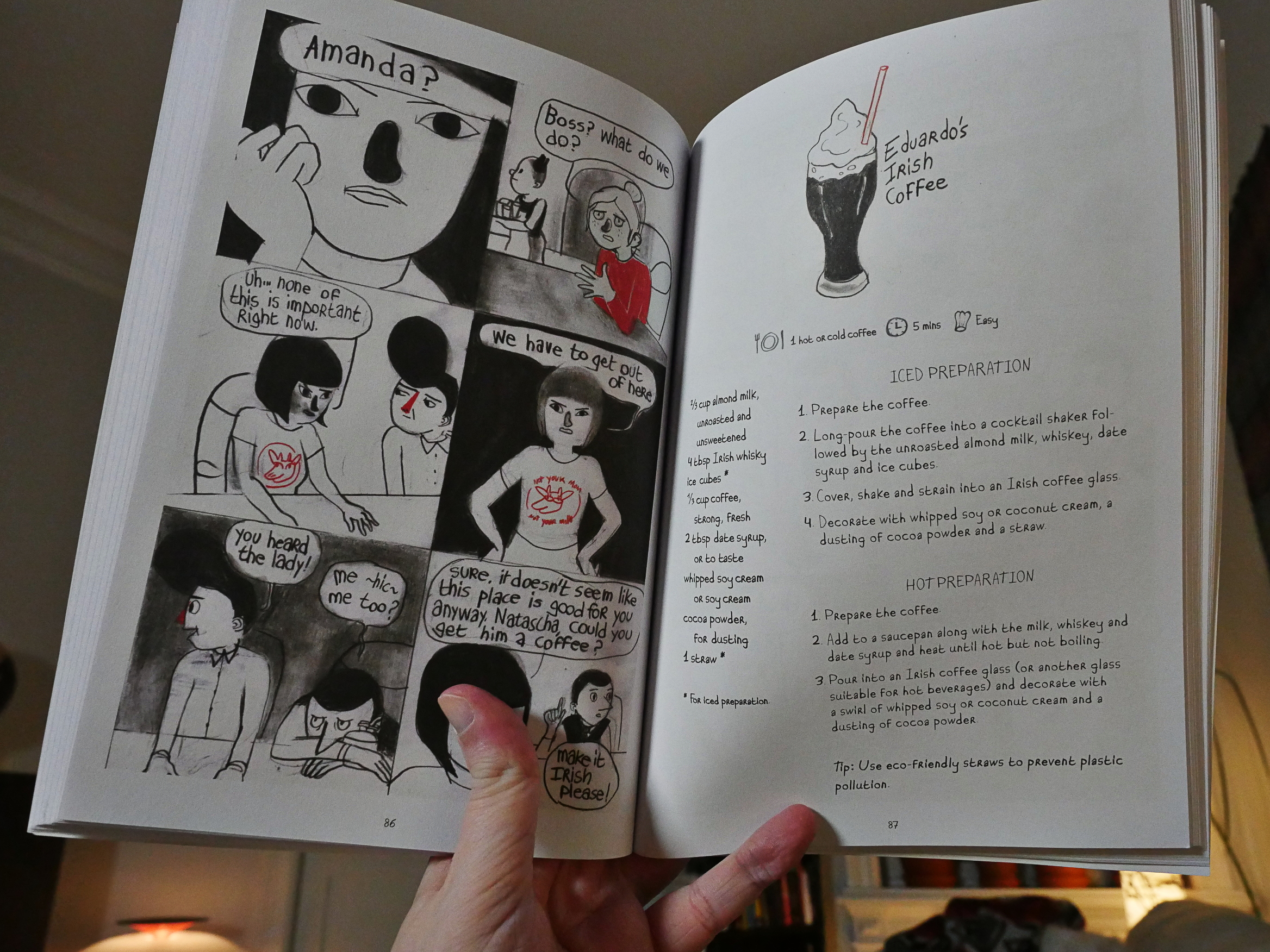
But there are a ton of recipes in here, too. I haven’t tried any of them yet, but while reading this I sure grew hungry…
The Unbeatable Squirrel Girl #31 by Ryan North and Erica Henderson (etc) (Marvel)
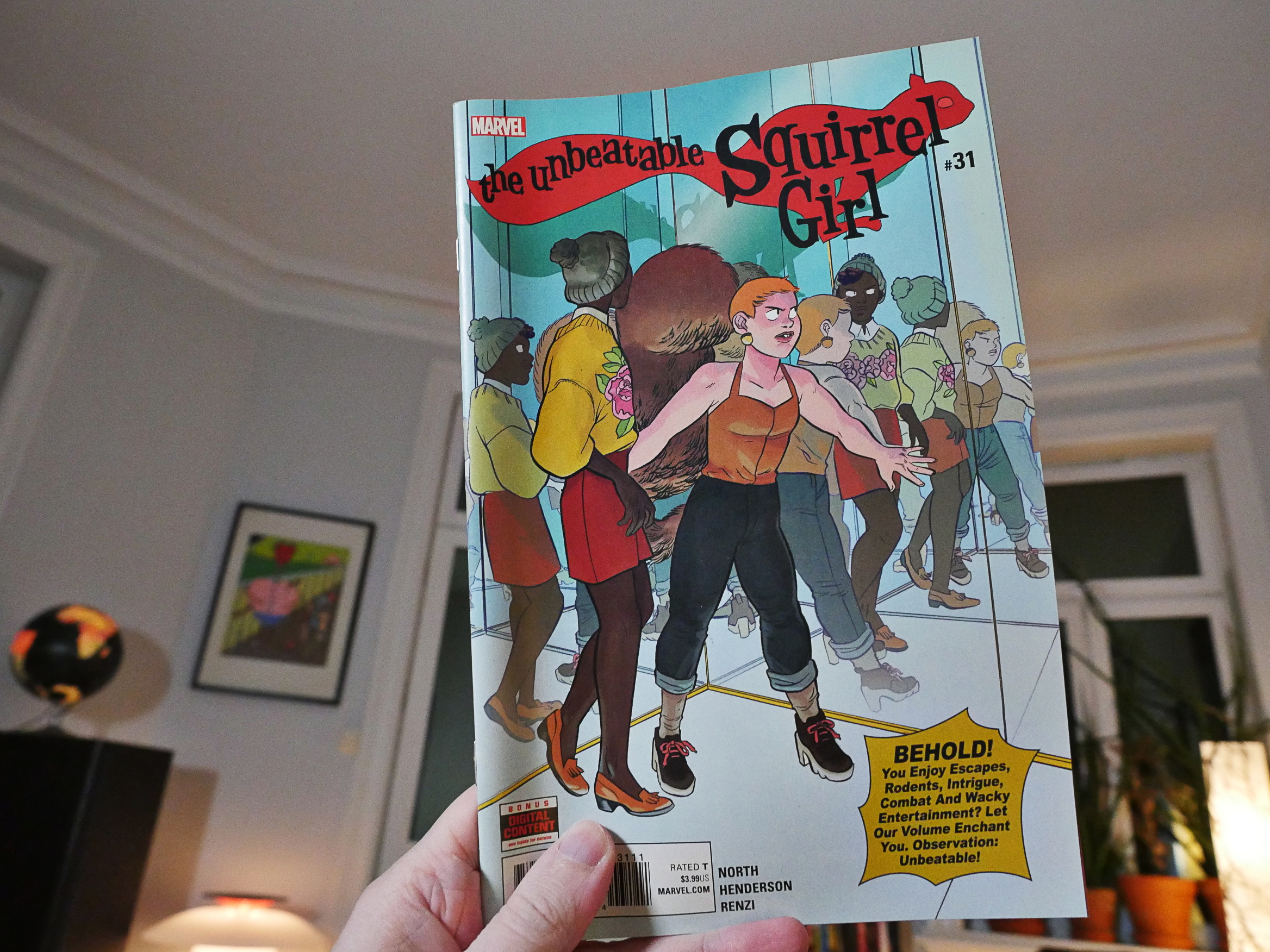
Whaa? A comic published by Marvel? On this list? A super-hero book? It cannot be!
Ryan North is a very funny guy. There’s always something laugh-out-loud funny in any issue of this series. And I mean the real kind. Not the “LOL” kind. But the kind where you open your mouth and like actually laughs? It’s that kind of book.
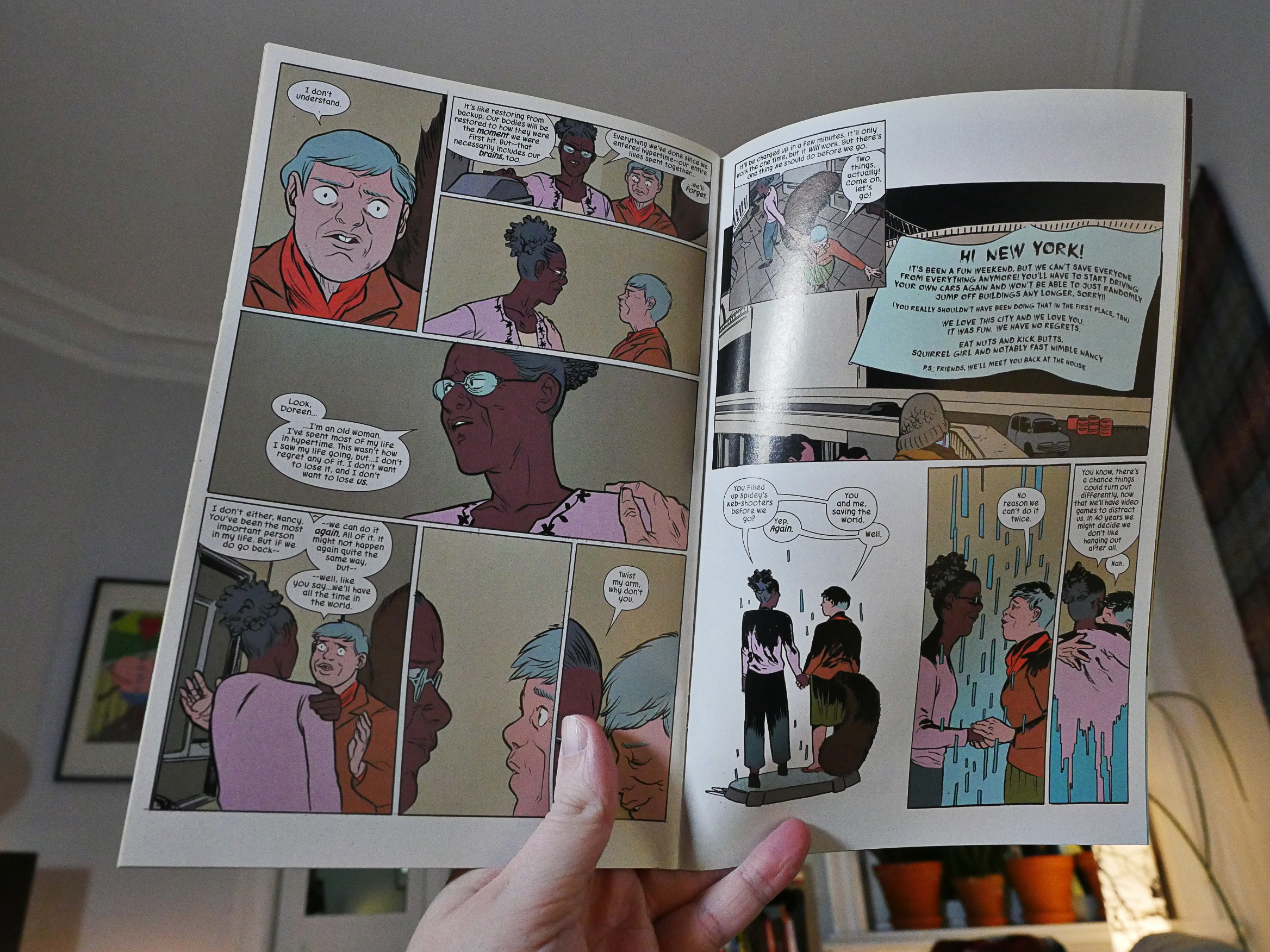
This issue was even better than the other ones. I really enjoy Erica Henderson’s artwork and when I read that this was going to be her last issue on the series, it was a bummer. But North went beyond the call of duty and wrote something really special for her last issue. It’s great!
*sniff*
Probably won’t make much sense without having read the preceding er 31? or did it get a new #1 at some point? issues?
All Summer Long by Hope Larson (Farrar Straus Giroux)
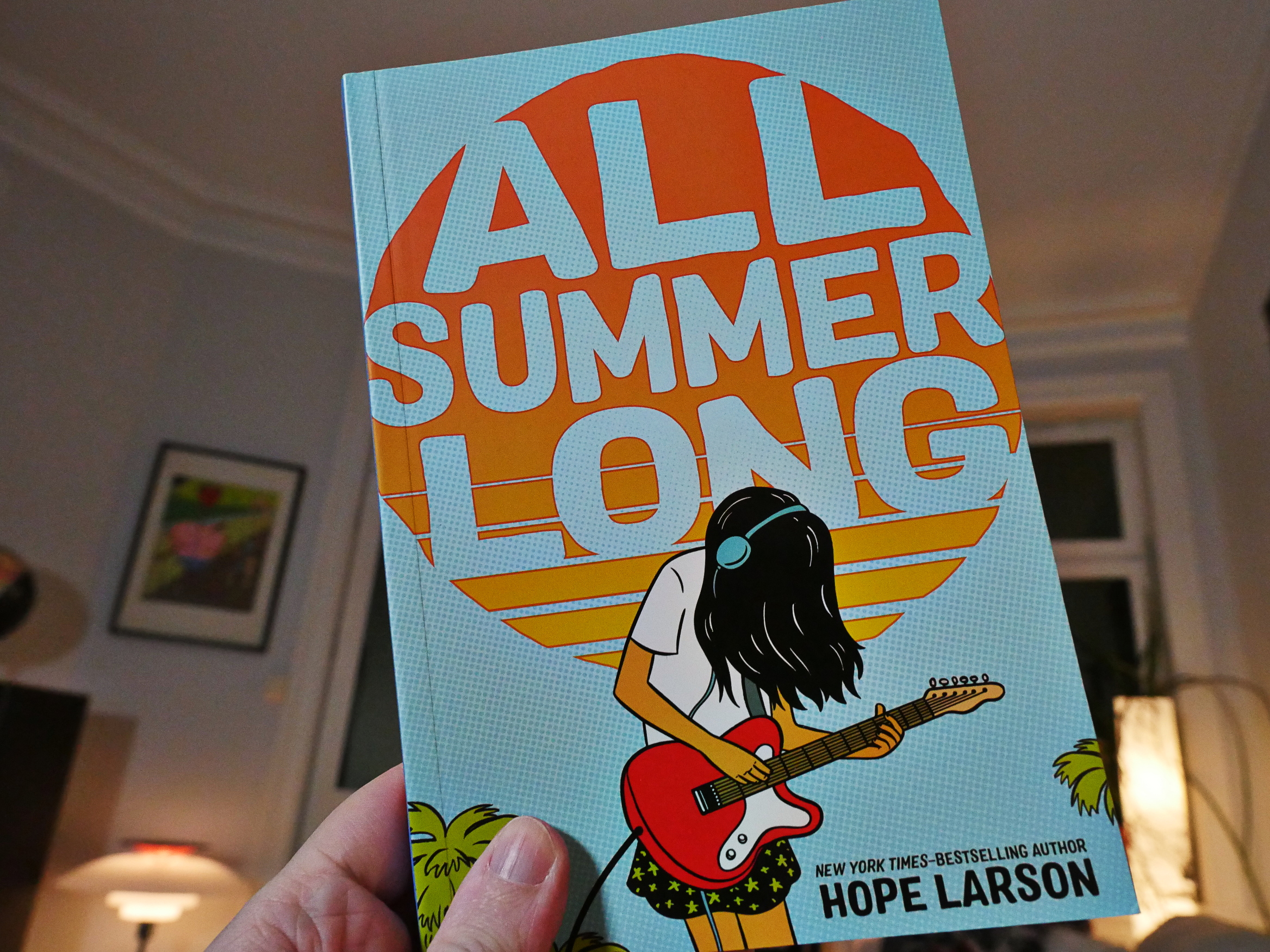
Oops. Here’s another FSG book, so I guess that Speak book wasn’t their only one…
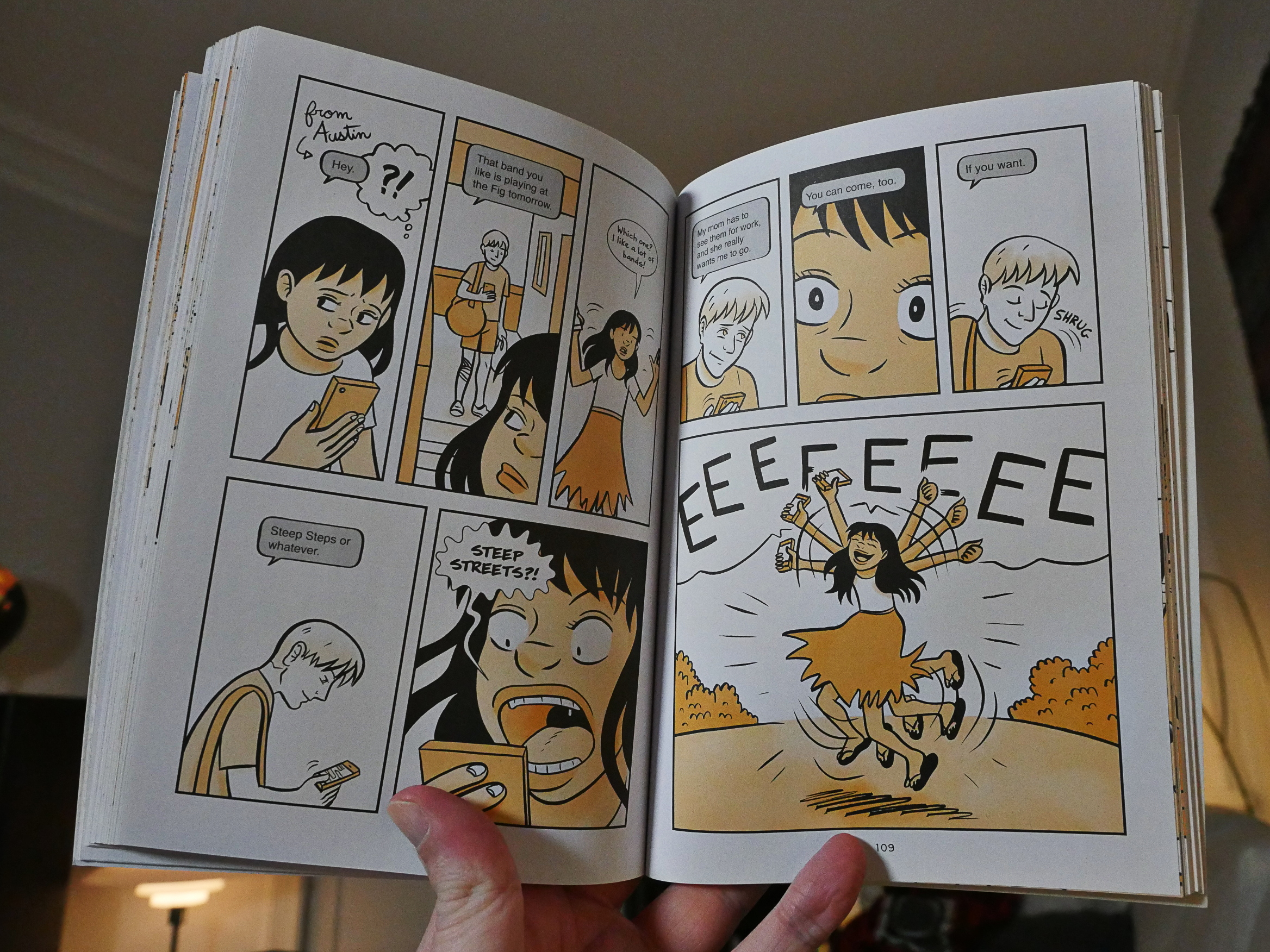
Anyway, it’s also a coming of age tale, but a lot sweeter than the other one. The artwork is er whatchamacall it pretty basic, but it has great flow. And the story is very charming indeed.
Yellow Negroes and Other Imaginary Creatures by Yvan Lagbé (New York Review Comics)
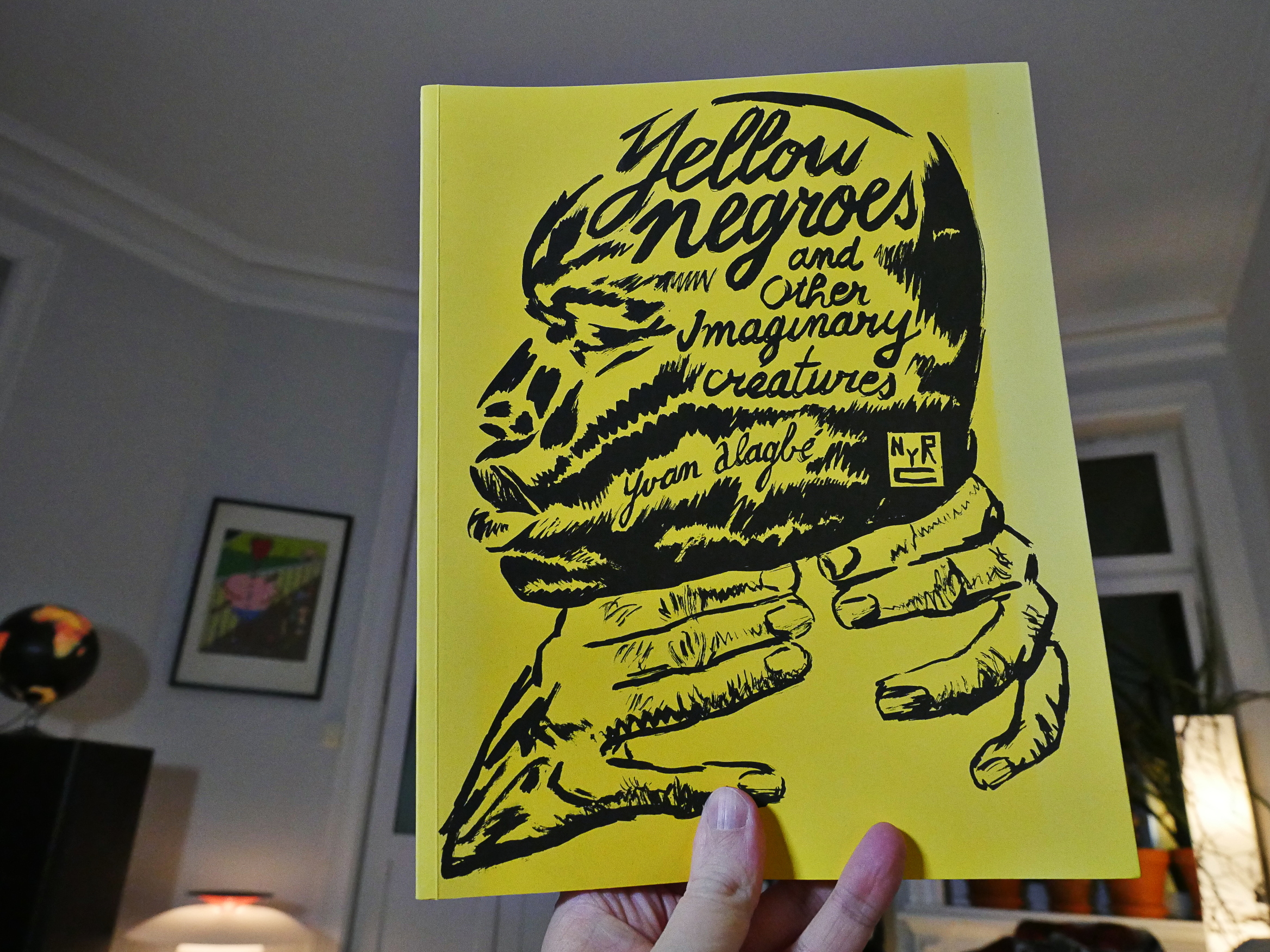
This isn’t, but it’s just…
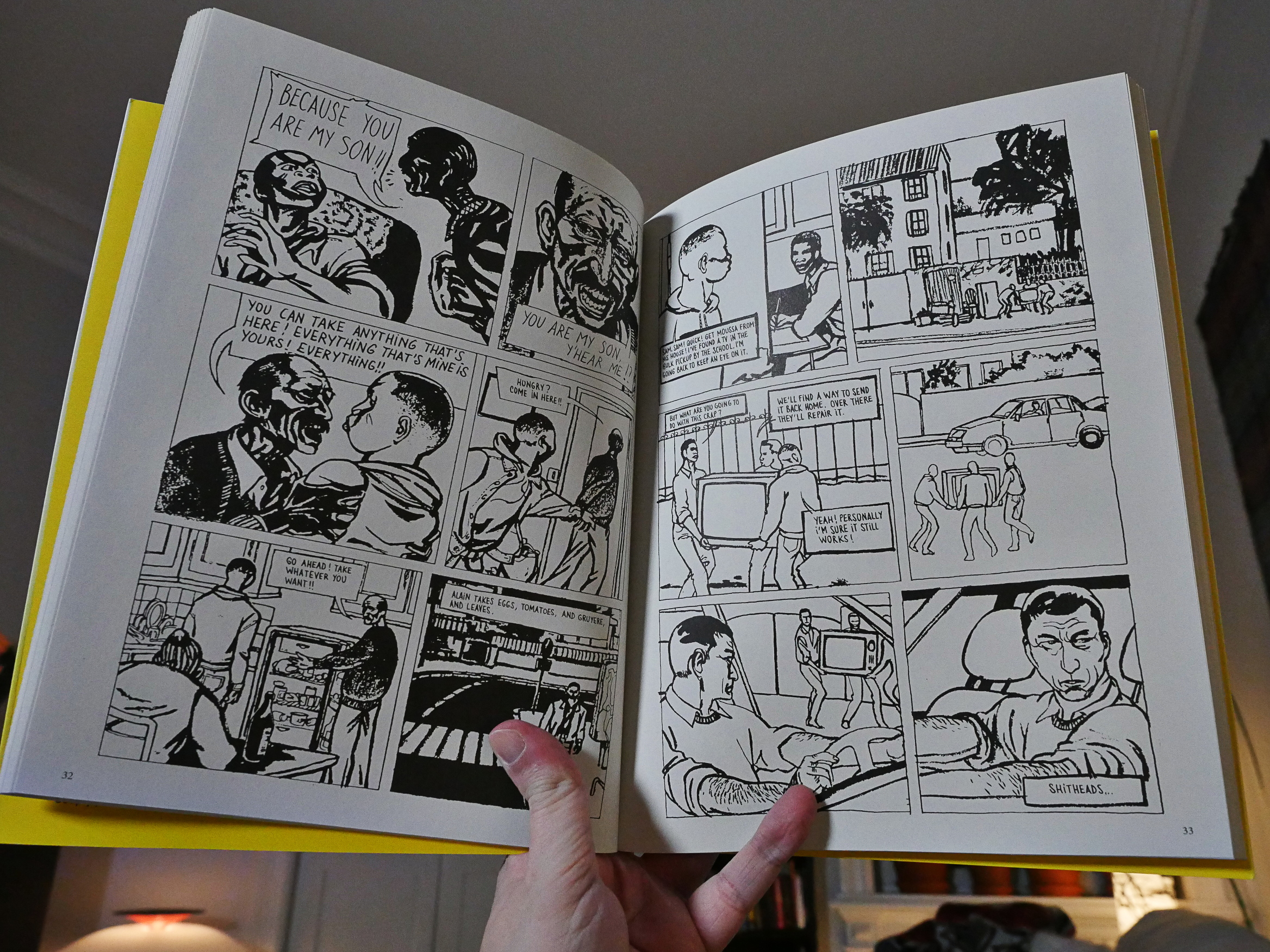
I mean, look at that artwork. So raw. So accomplished.
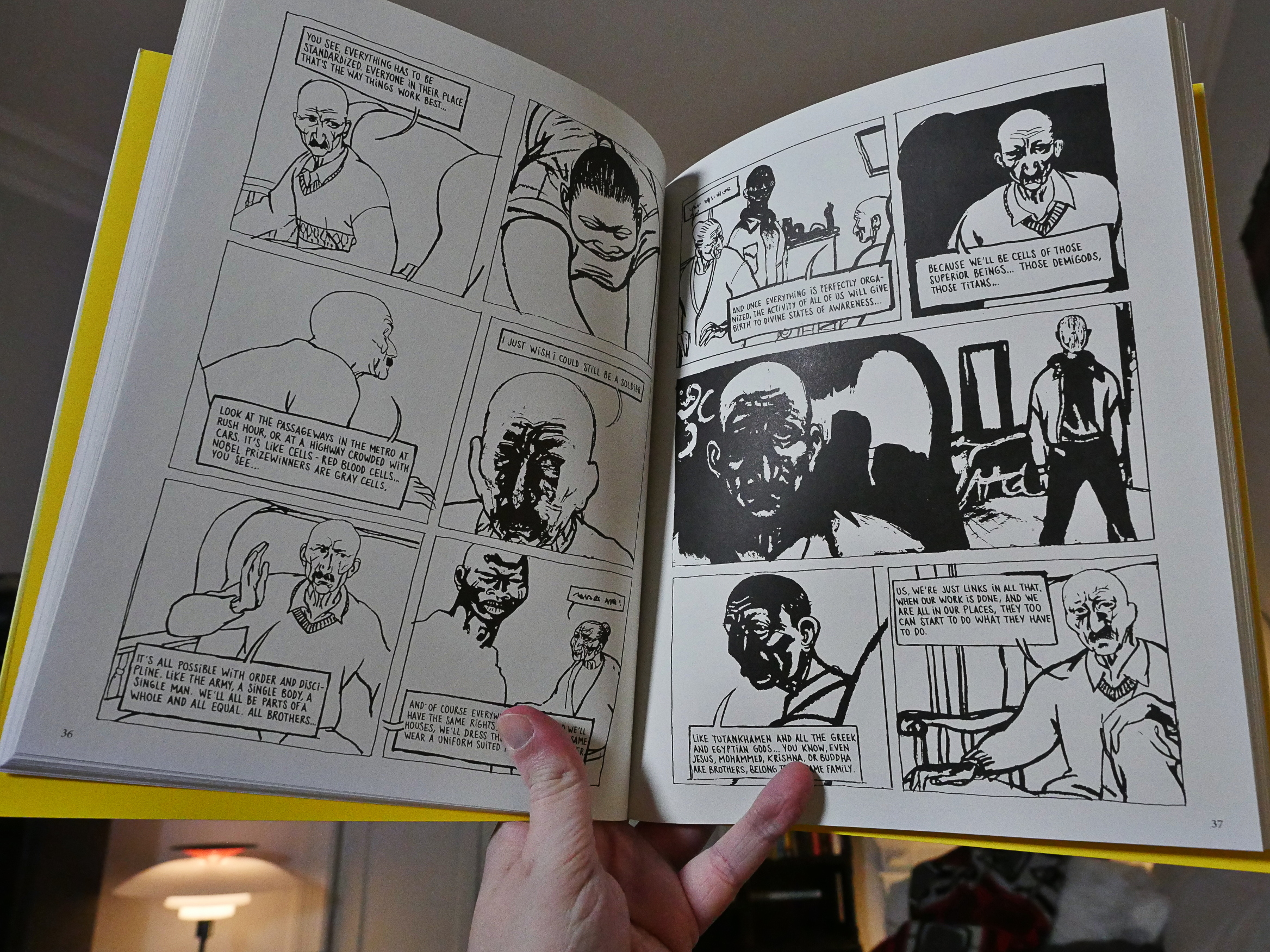
Here’s a guy in perfect command of his artwork.
Anyway, it’s a collection of short stories, and it gets pretty harrowing here and there, but it’s compulsively readable.
That the New York Review were to get into the comics-publishing
business wasn’t anything anybody expected, but it’s awesome that they did. They’ve been publishing things basically nobody else would have.
A Bubble by Geneviève Castrée (Drawn & Quarterly)

Castrée died before finishing this book (but Anders Nilsen brought it to completion), which makes reading this children’s book a slightly queasy experience. I mean… are you responding to the book itself or the story behind its making?

I don’t know, but I think it’s a really great little children’s book. For very sad children who want to be even more depressed.
Det finnes en død etter livet by Inga H. Sætre (No Comprendo)

Hey! A good Norwegian comic!
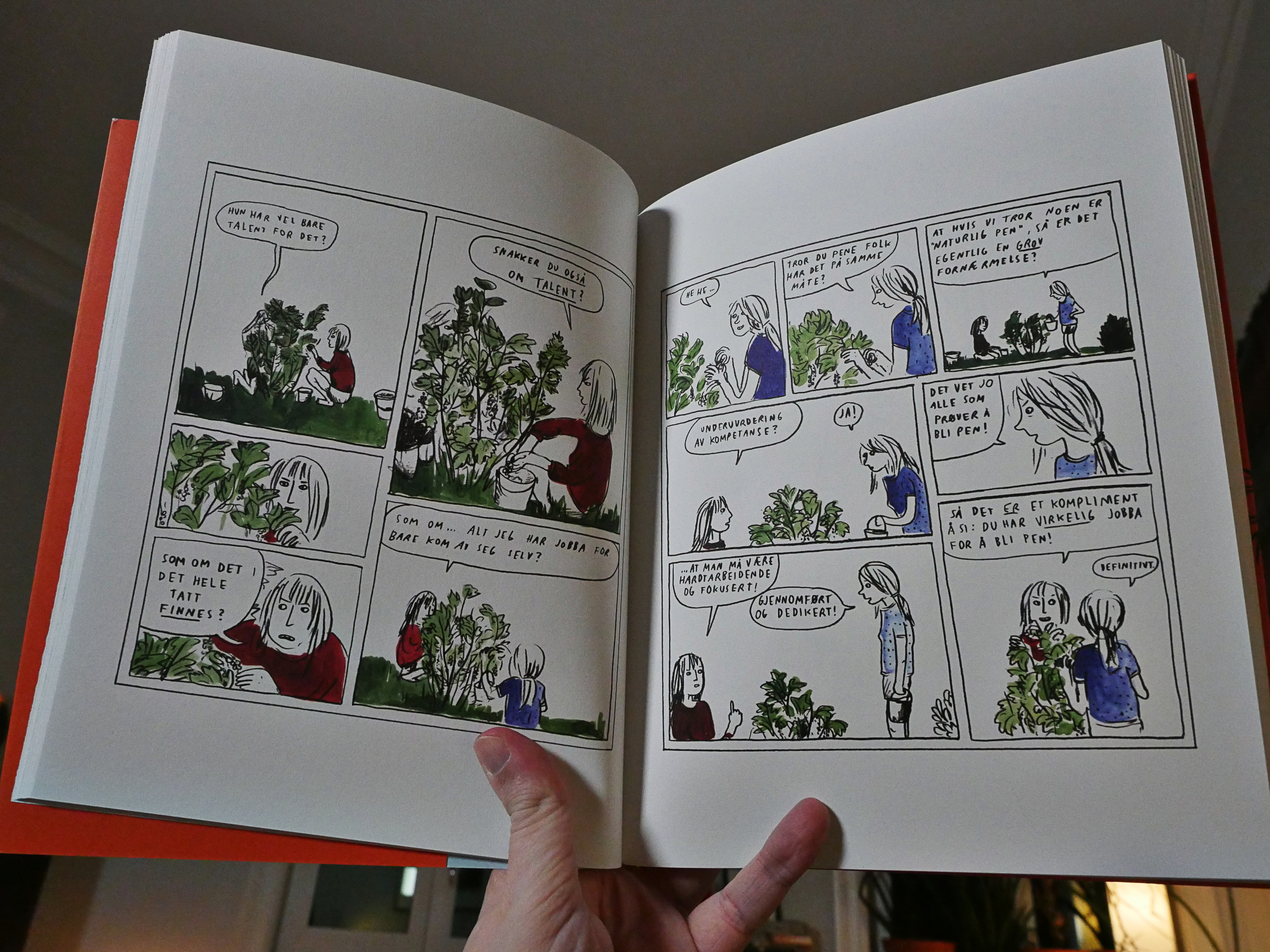
It feels very modern… I wonder whether Sætre does interweb stuff?
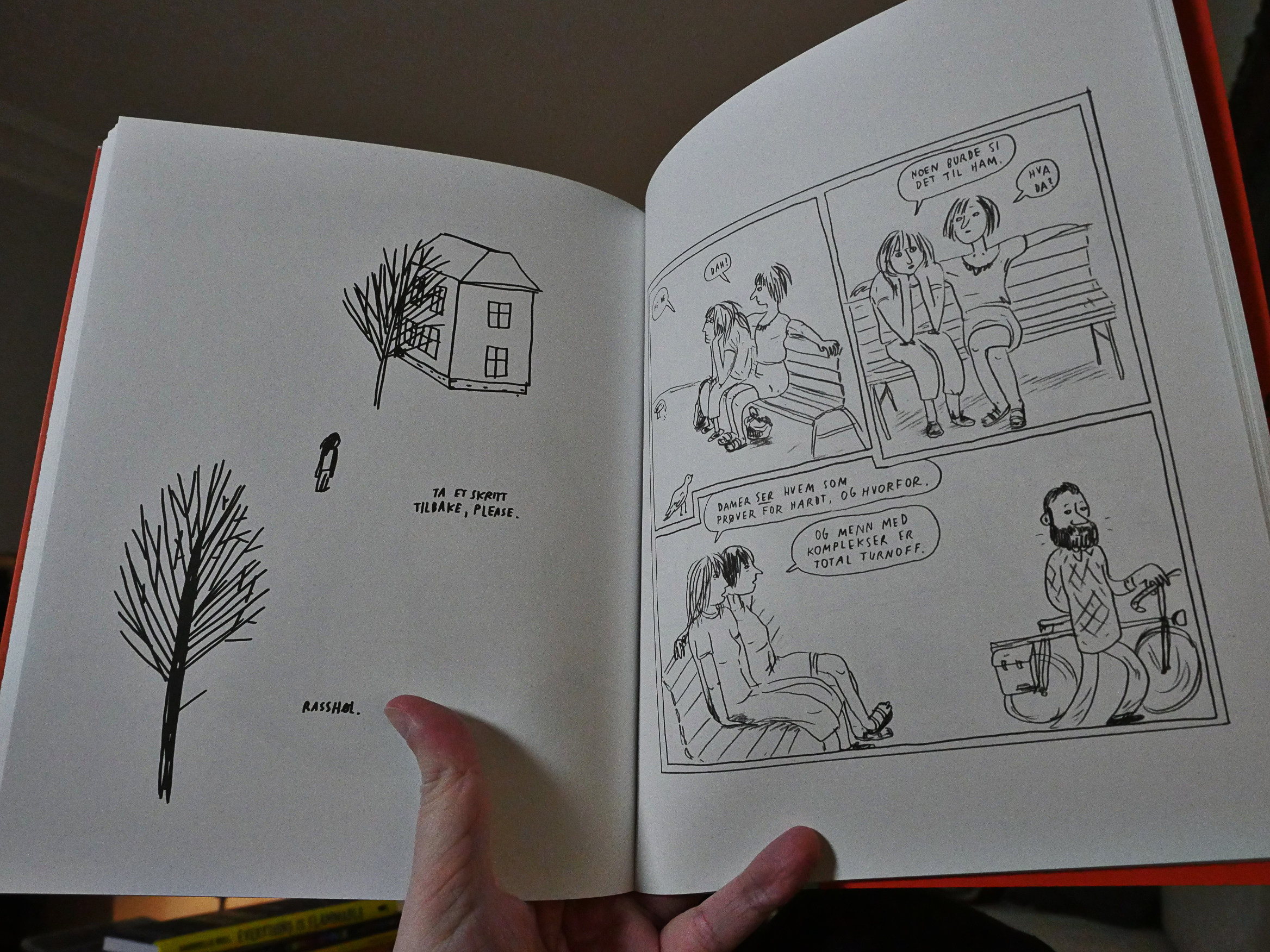
It’s basically scene after scene of women talking to each other; making bitchy observations about, well, anything. It feels very naked: The women veer into asshole territory a lot of the time.
It feels real.
Permanent Press by Luke Healy (Avery Hill)
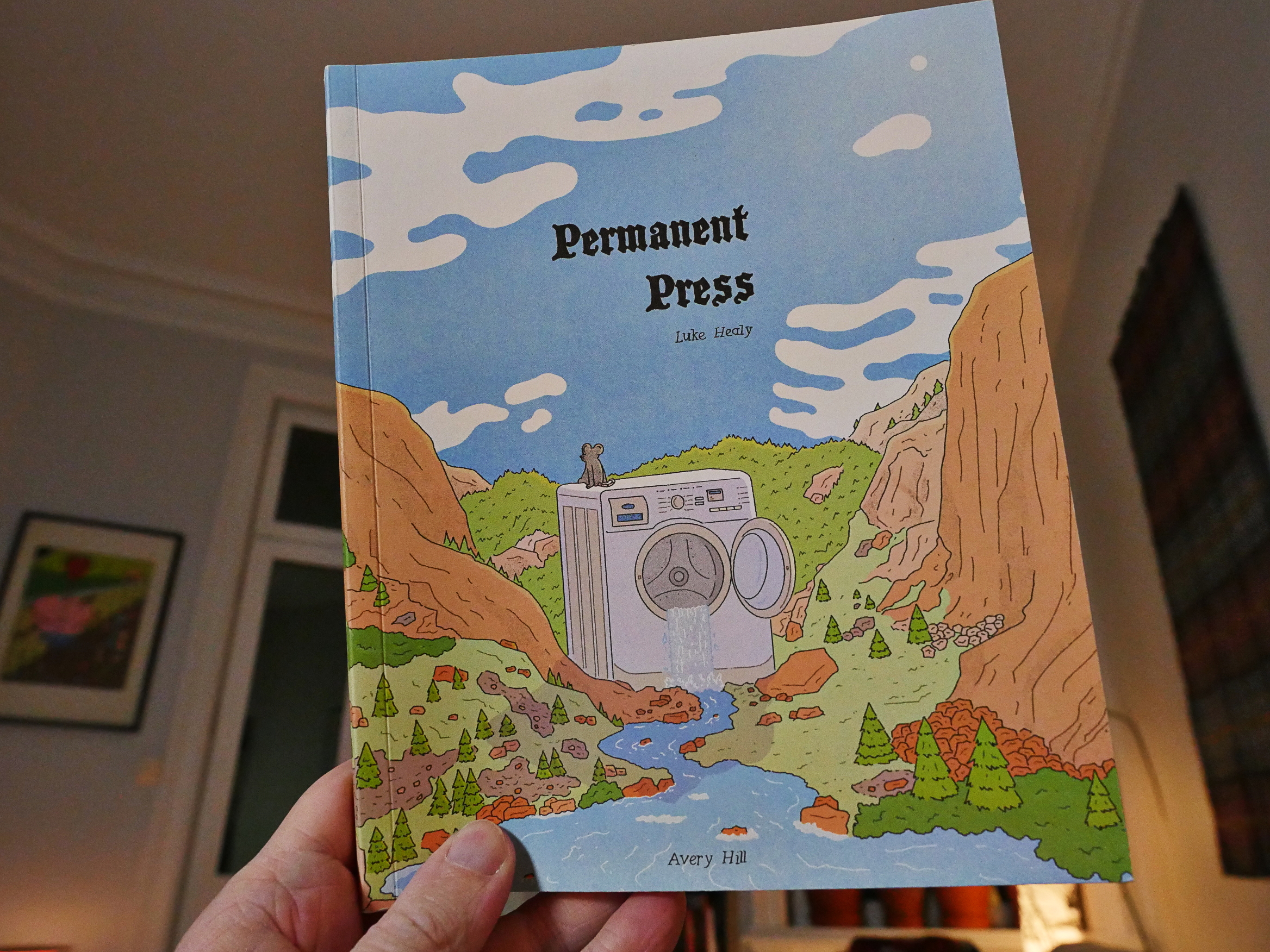
And so does this… in a very mischievous way.
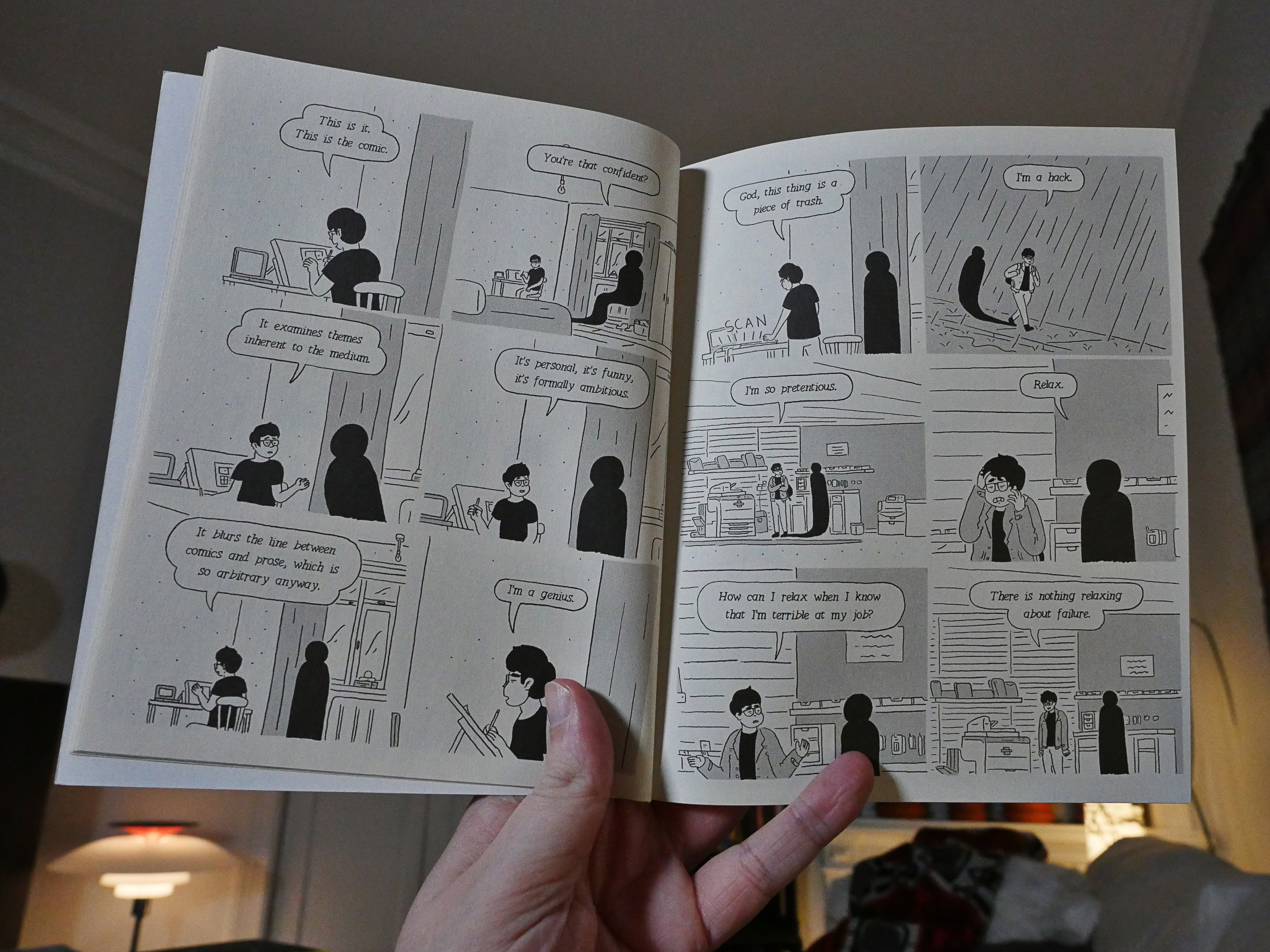
At the outset it seems like yet another auto-bio whining thing…
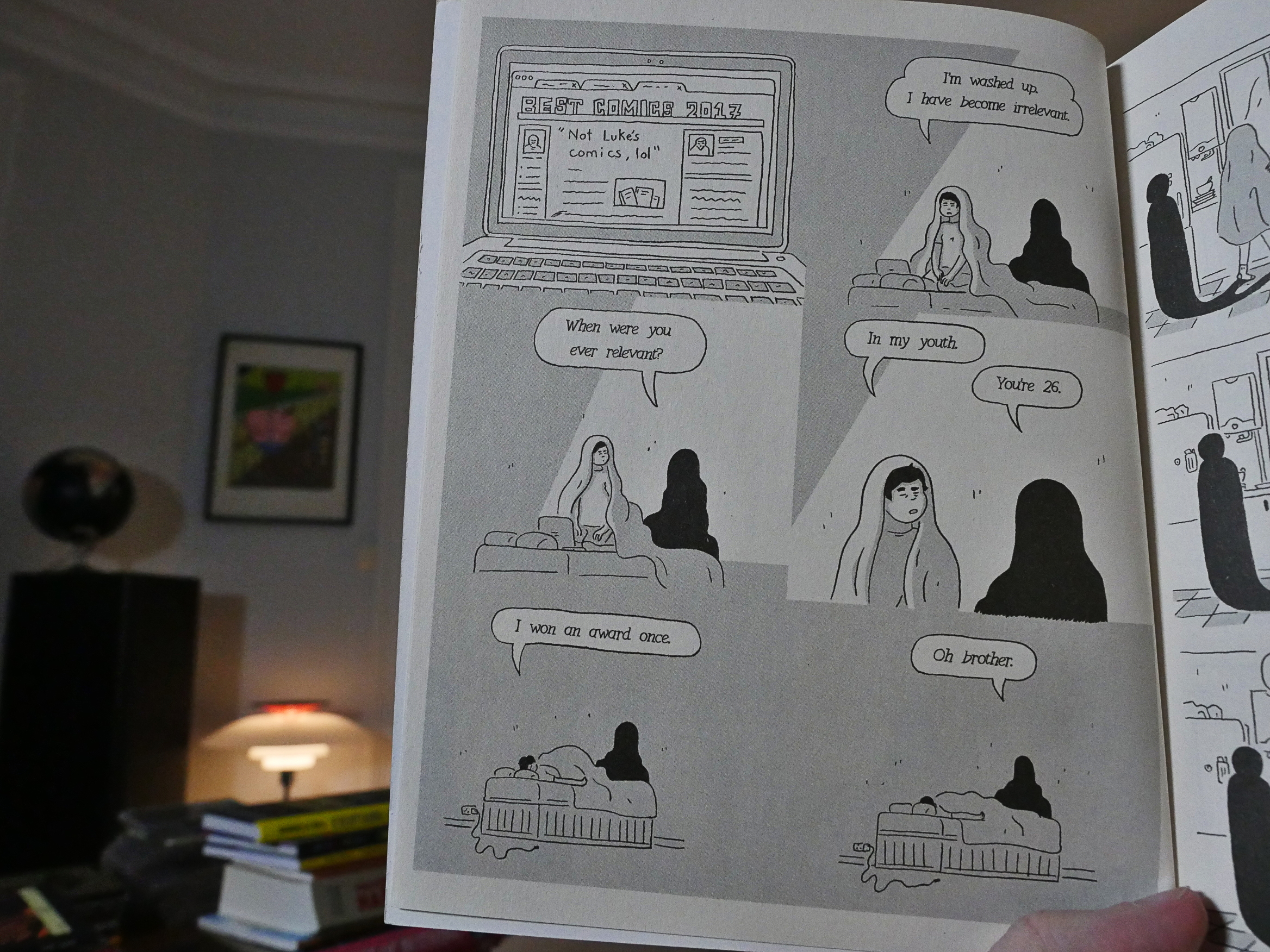
Complete with meta ruminations about not being listed in the Best Comics columns and being a washed-up comic artist at 26.
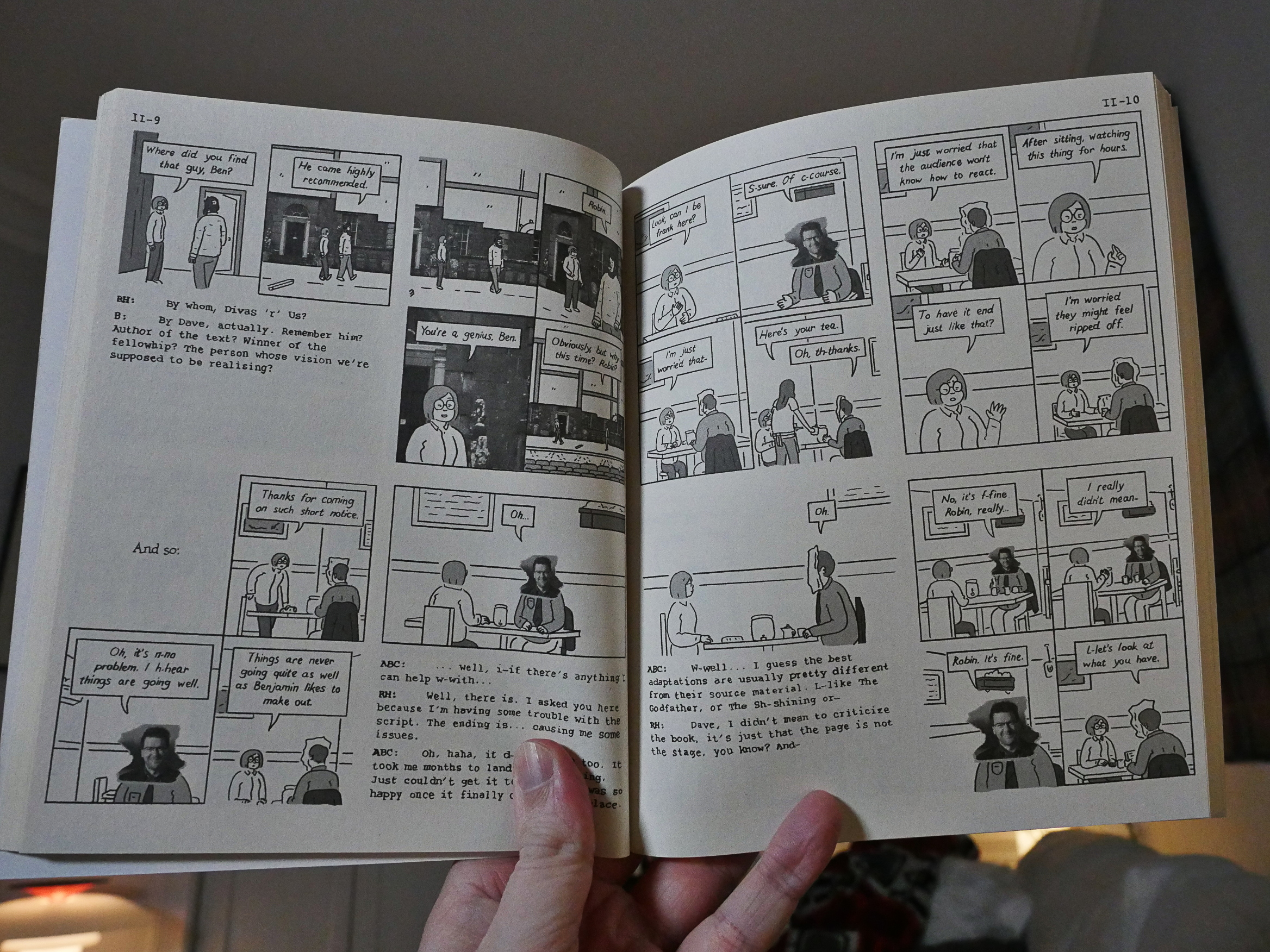
But that’s just a framing device, and then we get to the comic within the comic which is about something else altogether. And the chops on display here are just awesome. It’s funny and it’s interesting and it’s something new and fresh.
Kjøt by Mette Karlsvik & Tord Torpe (Magikon)

Another Norwegian one, and it’s a kind of exciting book.
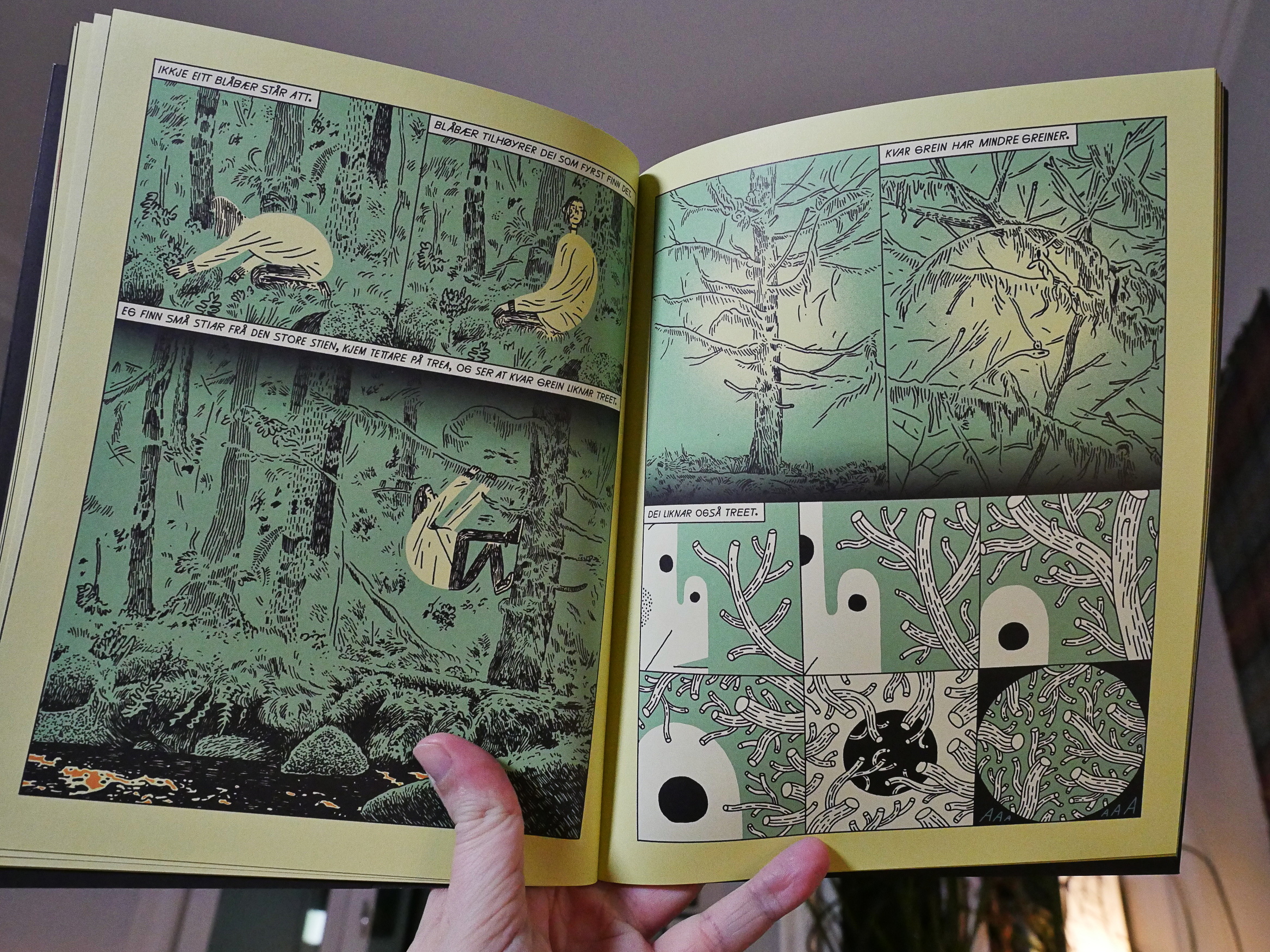
I guess you can call it a post-Michael DeForge comic: It’s vague and unsettling.
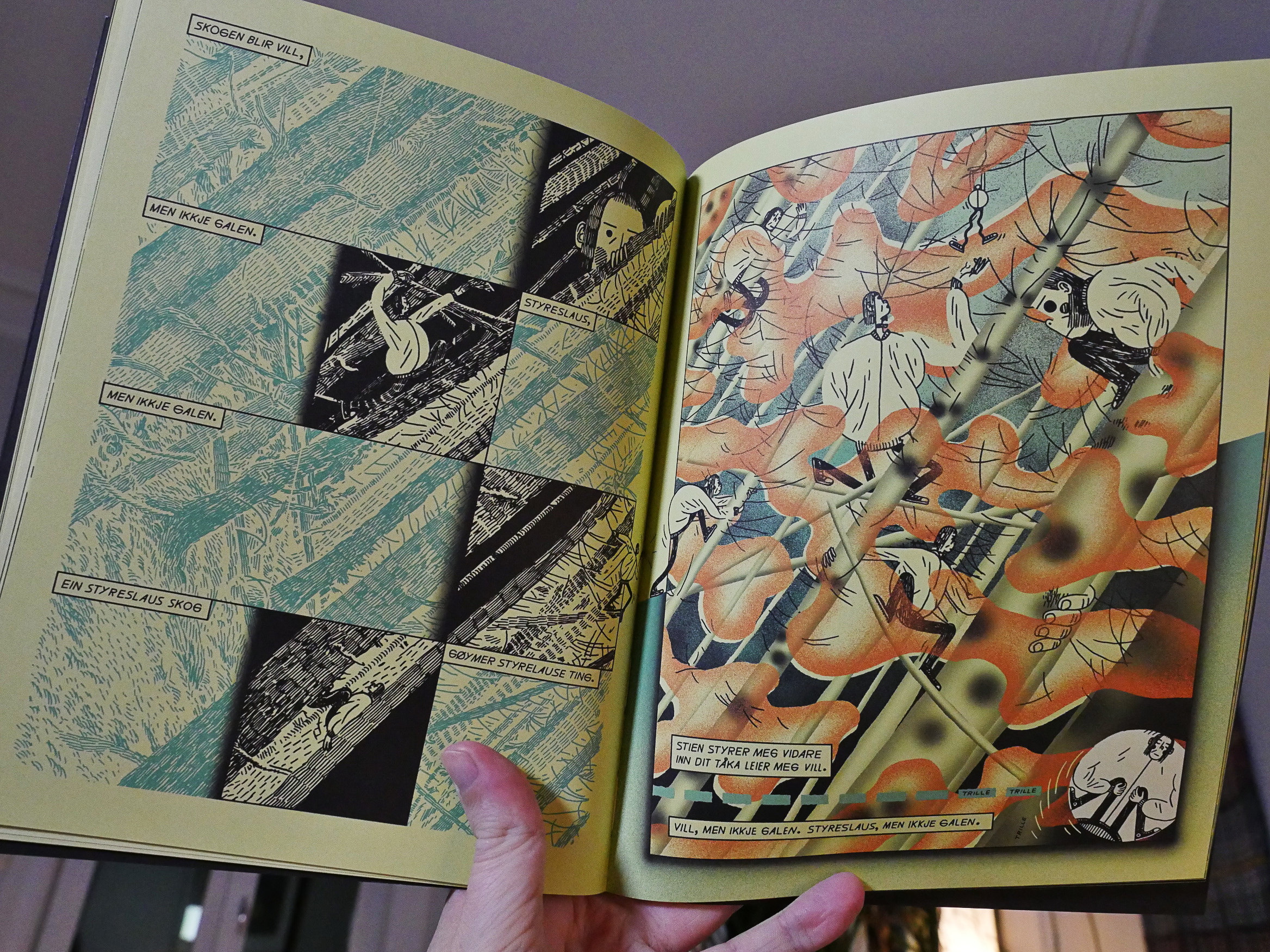
With some really accomplished and weird artwork that fits the story absolutely. It’s something of a reading experience.
Non #4 edited by Eric Reynolds (Fantagraphics)
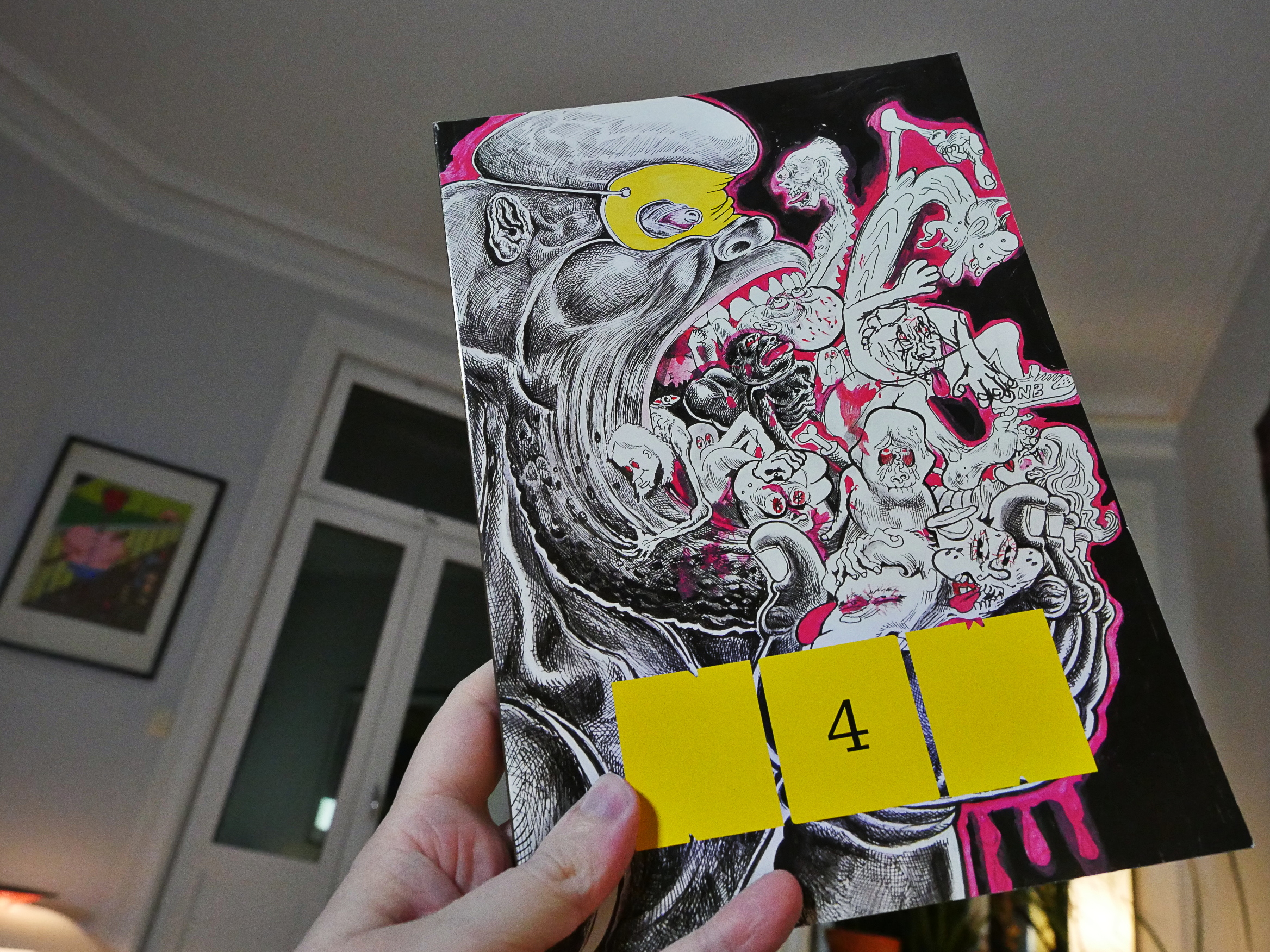
There’s been more than a handful of excellent comics anthologies throughout the years, but Non hasn’t been one of them. The first issues were scattered and disappointed.

But with the fourth issue Reynolds finally seems to have gotten his shit together: It’s cohesive and seems to have a vision.

But while there’s a sense of these works belonging together, they’re individually quite distinct.
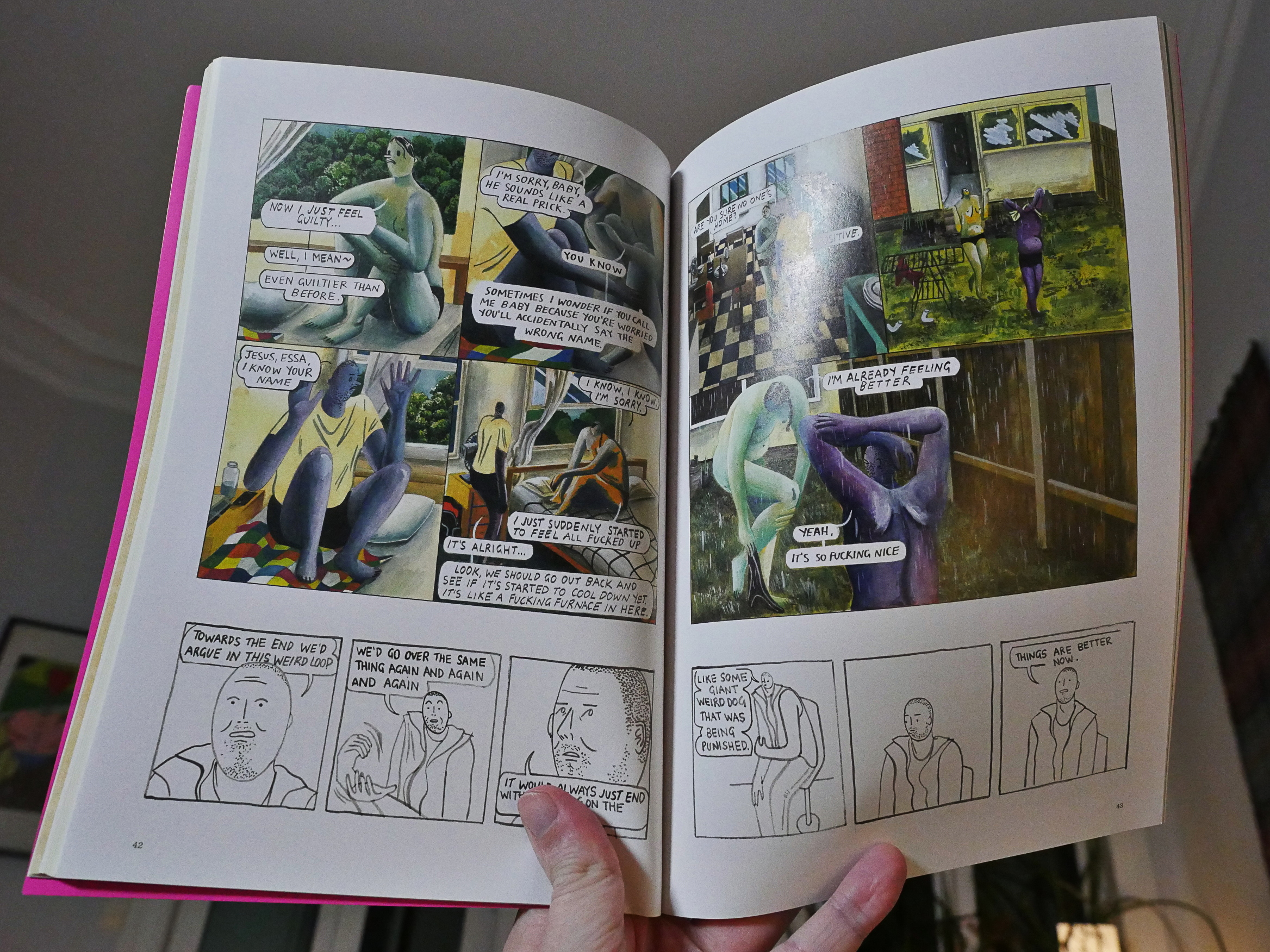
And besides, virtually all of the works here are just really, really good, and that helps, too.
I hope Reynolds can keep this up… Comics anthologies don’t sell, so they usually don’t last; but they can be necessary for the art form. And this feels like an important anthology now.
The Weaver Festival Phenomenon by Ron Regé, jr (Commonwealth Comic Book Company)

In mini comic book form this was on my “best of” list last year, too, I think?
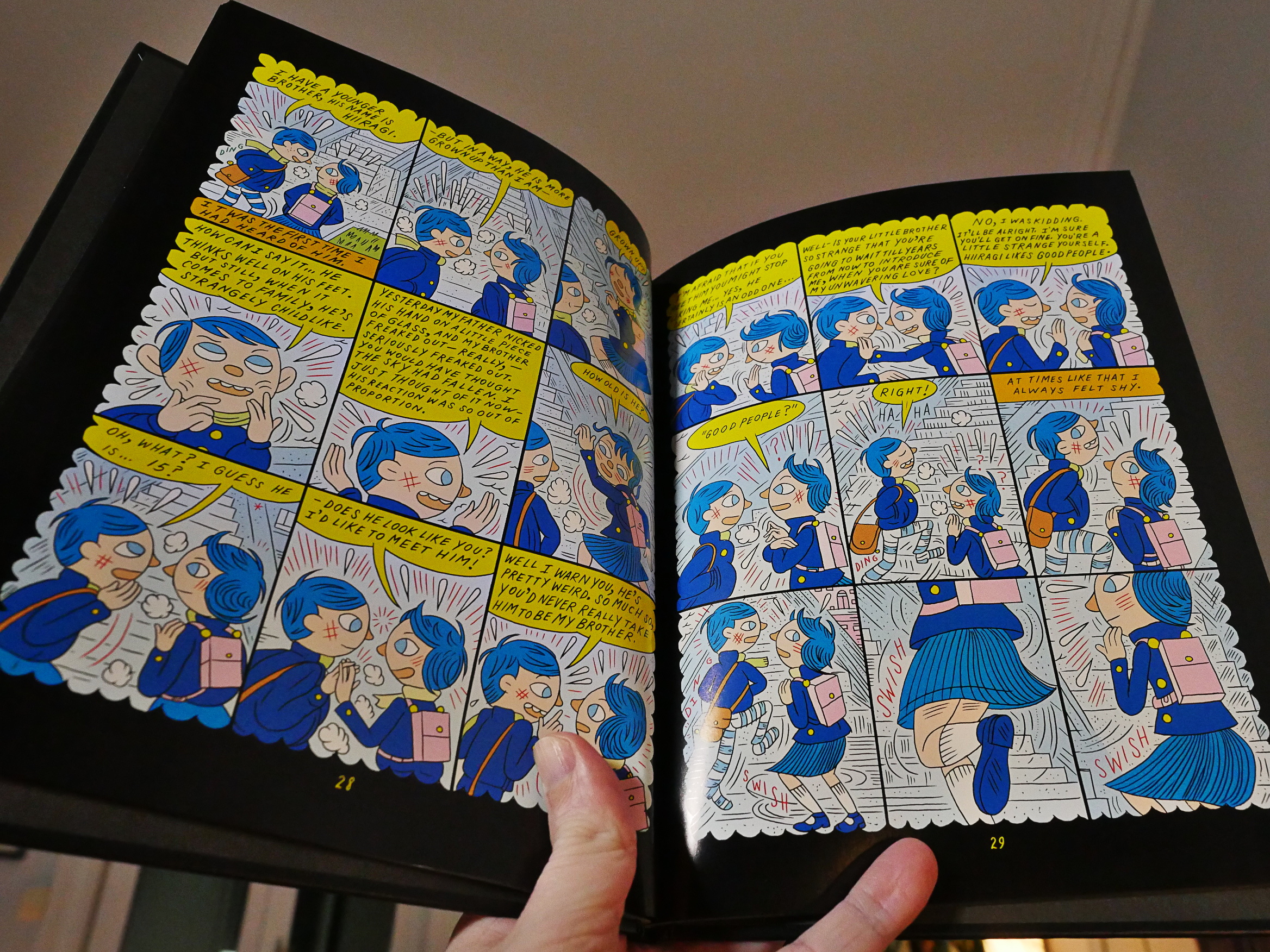
Now it’s been collected into a quite handsome collection with very shiny paper and with dark borders and in colours…. and don’t misunderstand me: It’s still a very good book. But it felt more vital in mini comic book form on non-shiny paper. It’s like something was lost on the way.
But it’s still good!
Young Frances by Hartley Link (Adhouse)
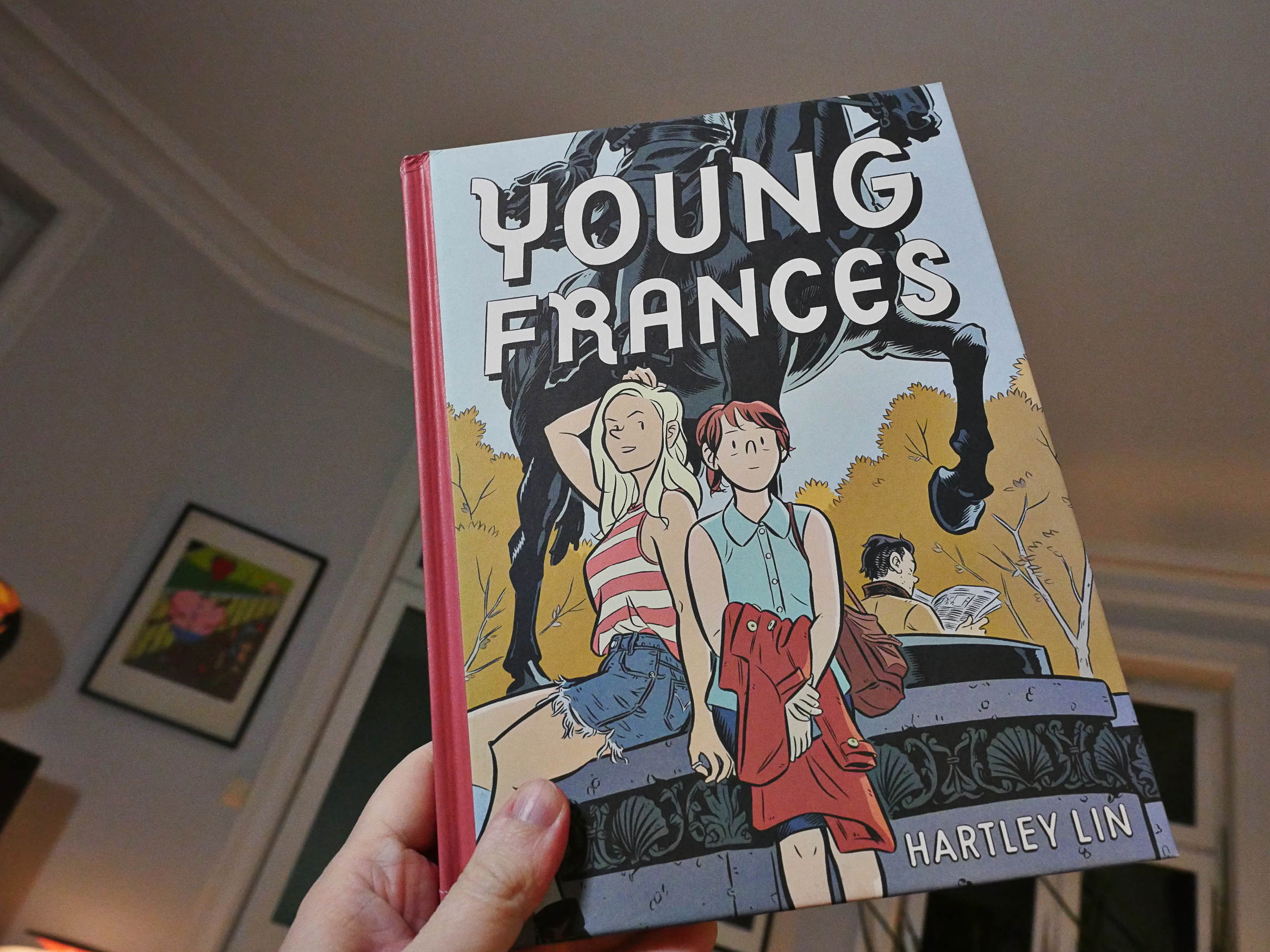
And weirdly enough, the I experience the same phenomenon with this book. When it was serialised in his Pope Hats series, this work felt very special.
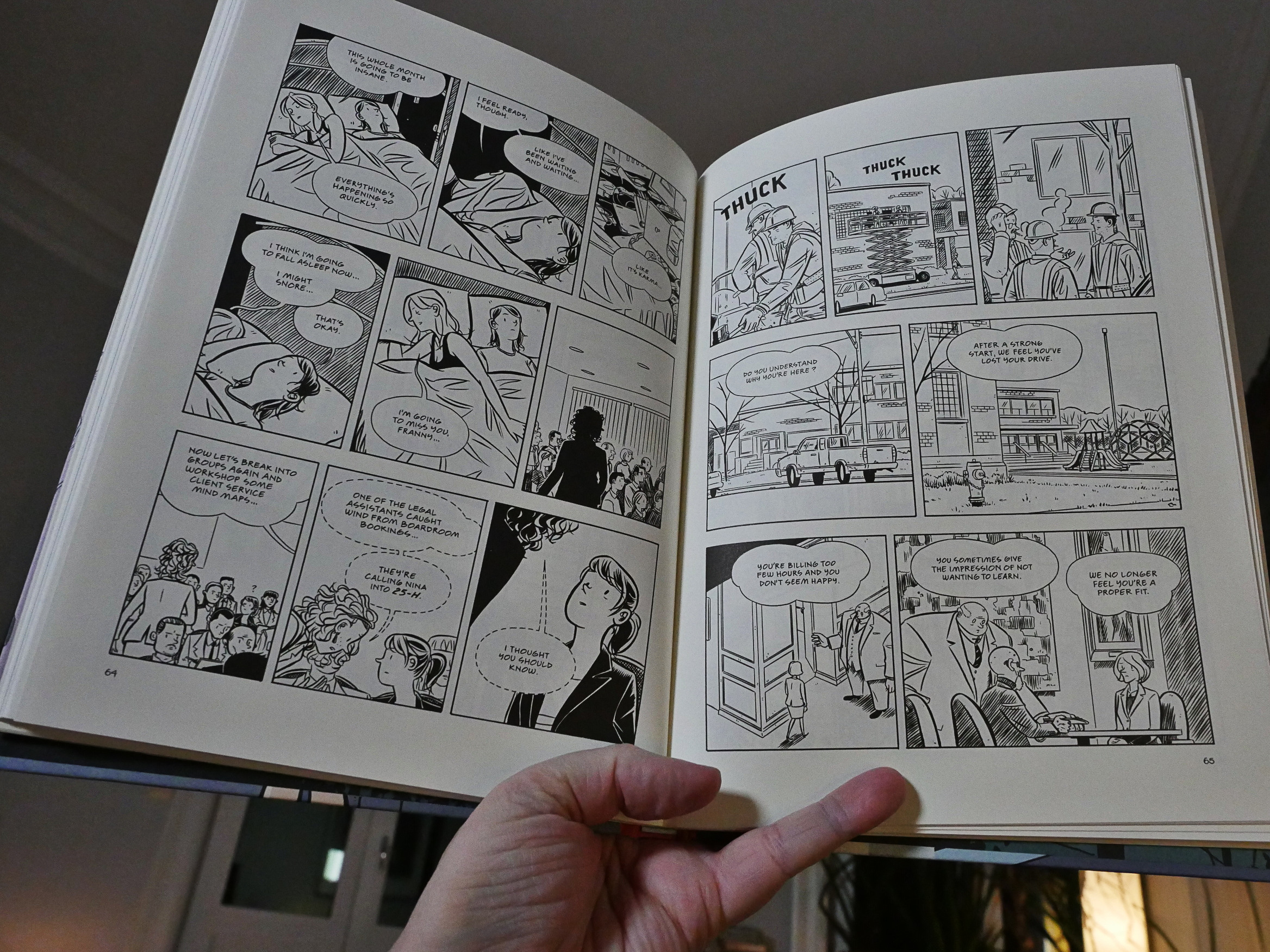
And it’s still supremely readable and looks good and etc, but I’m disappointed. It feels more ponderous in collected form.
Perhaps it’s just me.
Woman World by Aminder Dhaliwal (Drawn & Quarterly)

This book was just so unexpected. By an artist I’m unfamiliar with, and with what sounds like a very high concept conceit.
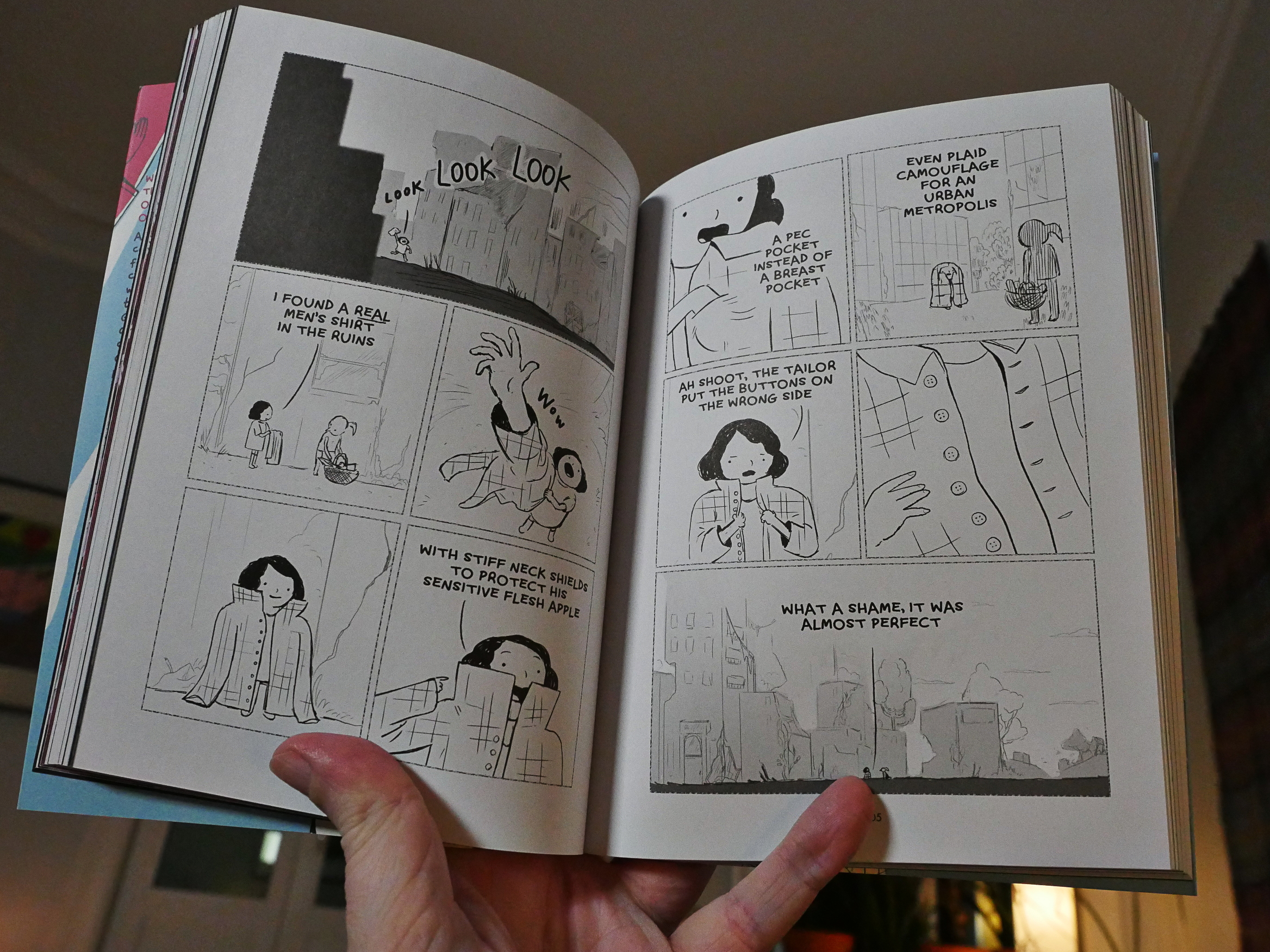
It beautifully drawn and pensive and somewhat melancholic.
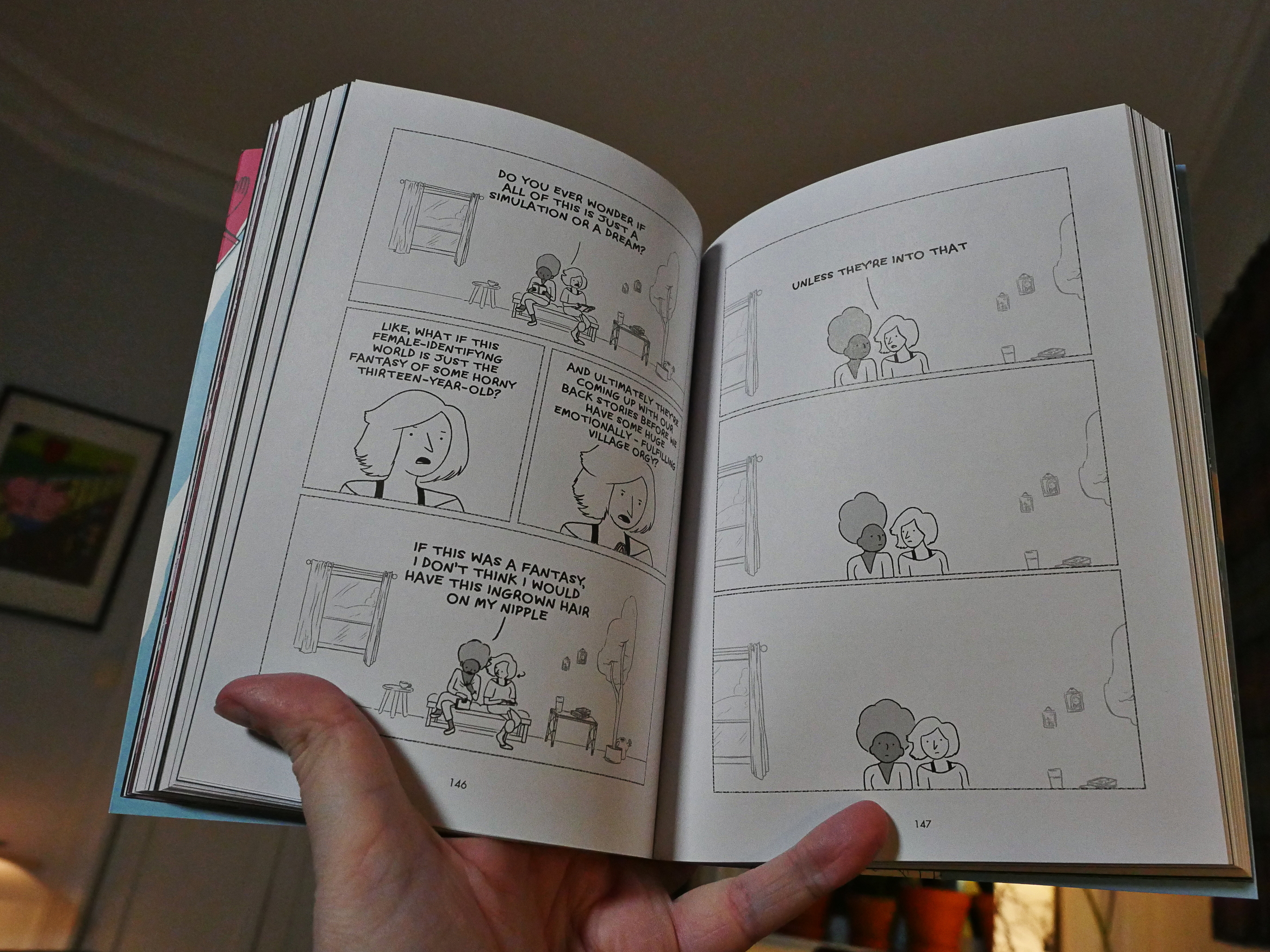
And very very funny. It’s mostly funny. Dhaliwal has all the comedic chops.
Four Sisters by Cati Baur and Malika Ferdjoukh (Eurocomics/IDW)
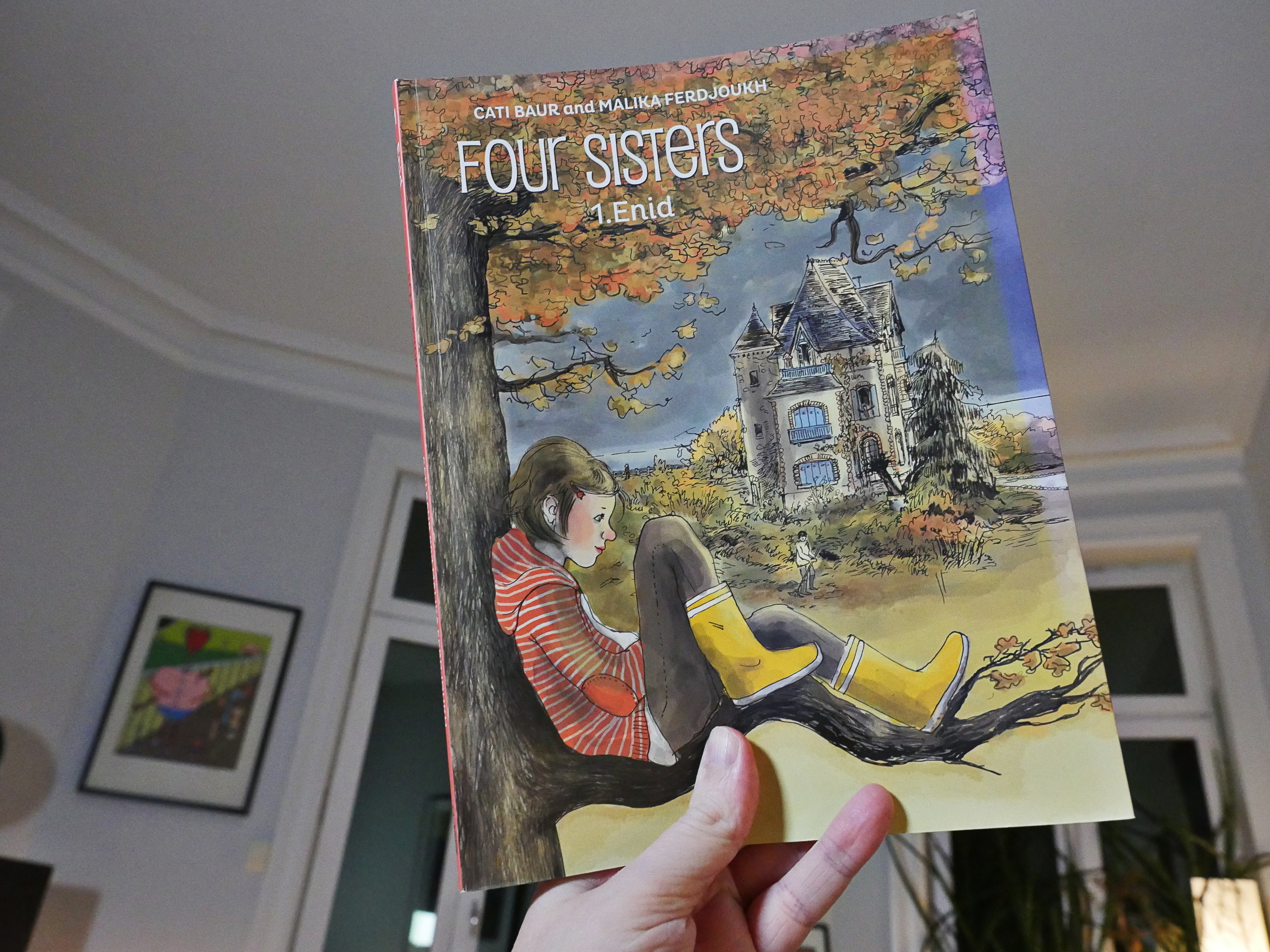
Flipping through this very shiny book now, I can’t really recall anything about it.
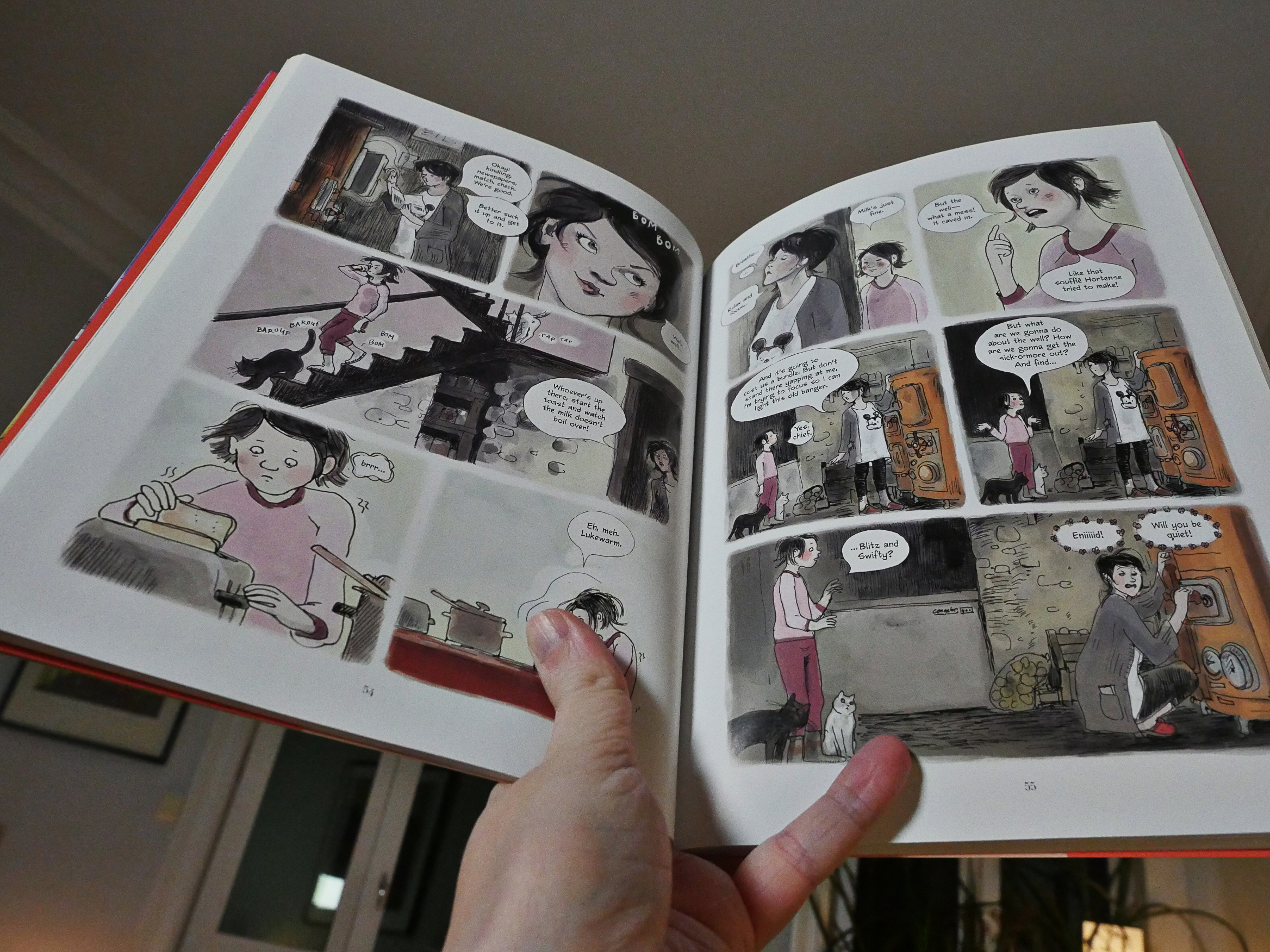
It’s got very attractive artwork, though, so perhaps that’s why I liked it so much? I’ve re-read a couple of pages now, and it’s very readable…
Sorry for being even less informative than usual! Didn’t think it was possible, eh?
Retreat by Jaakko Pallasvuo (2d cloud)
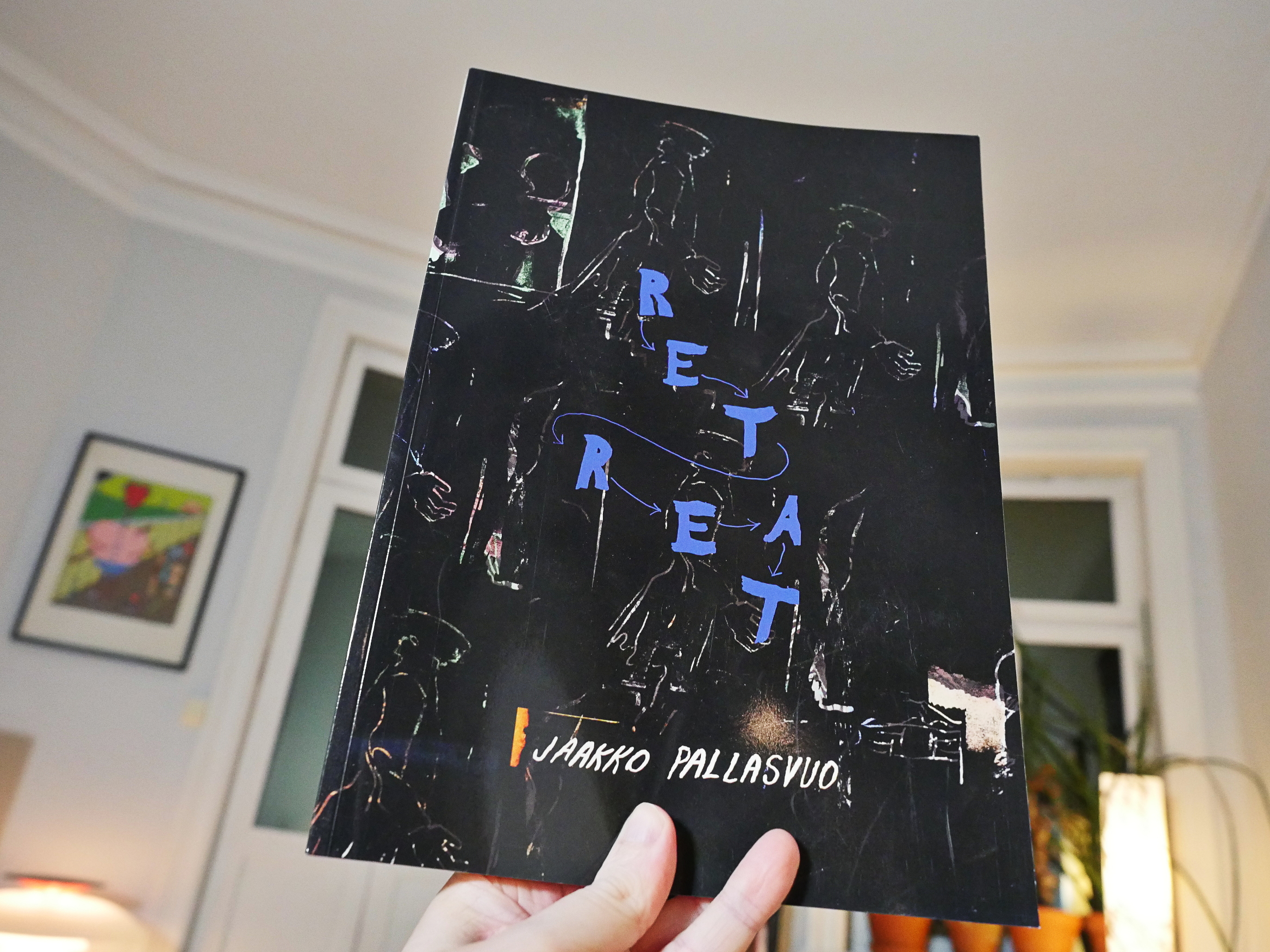
Hey! What happened to 2d cloud? In previous years they represented like half the books on my list, but this year there’s only this? Hm… I think I vaguely remember there being some twitter drama about something or other? Hm… Oh! My bad. They have published some stuff this year, but I apparently just didn’t notice? Weird. Well, I’ve bought it all now…
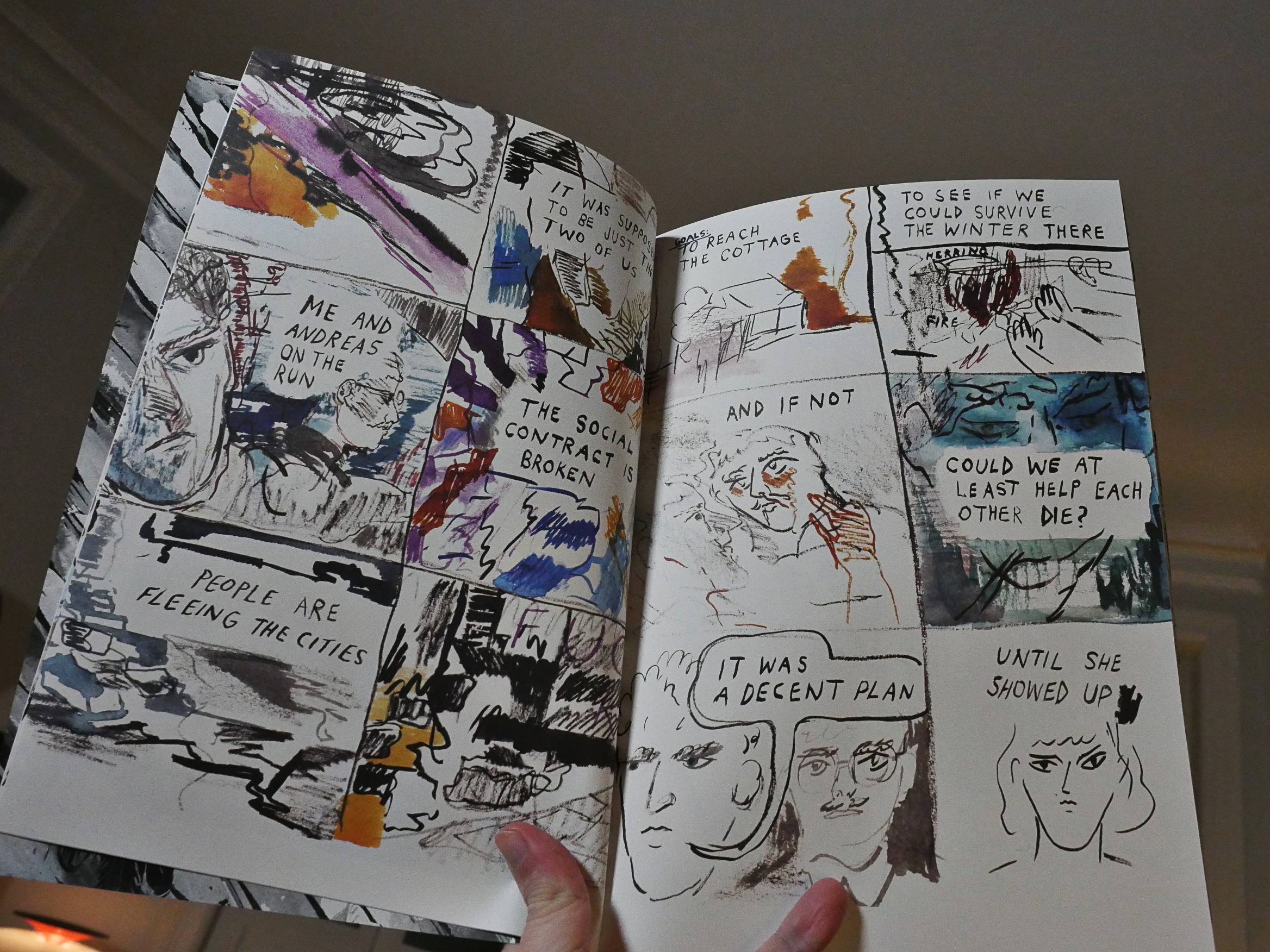
Oh, well. Pallasvuo has previosly published stuff through Landfill Comics, and those books were excellent.

And so is this. It’s yet another post-apocalyptic thing (set phasers to boredome), but he manages to pull it off. It’s a very interesting book, and the artwork is, well, gorgeous.
The Kurdles Adventure Magazine #1 by Robert Goodin (Fantagraphics)
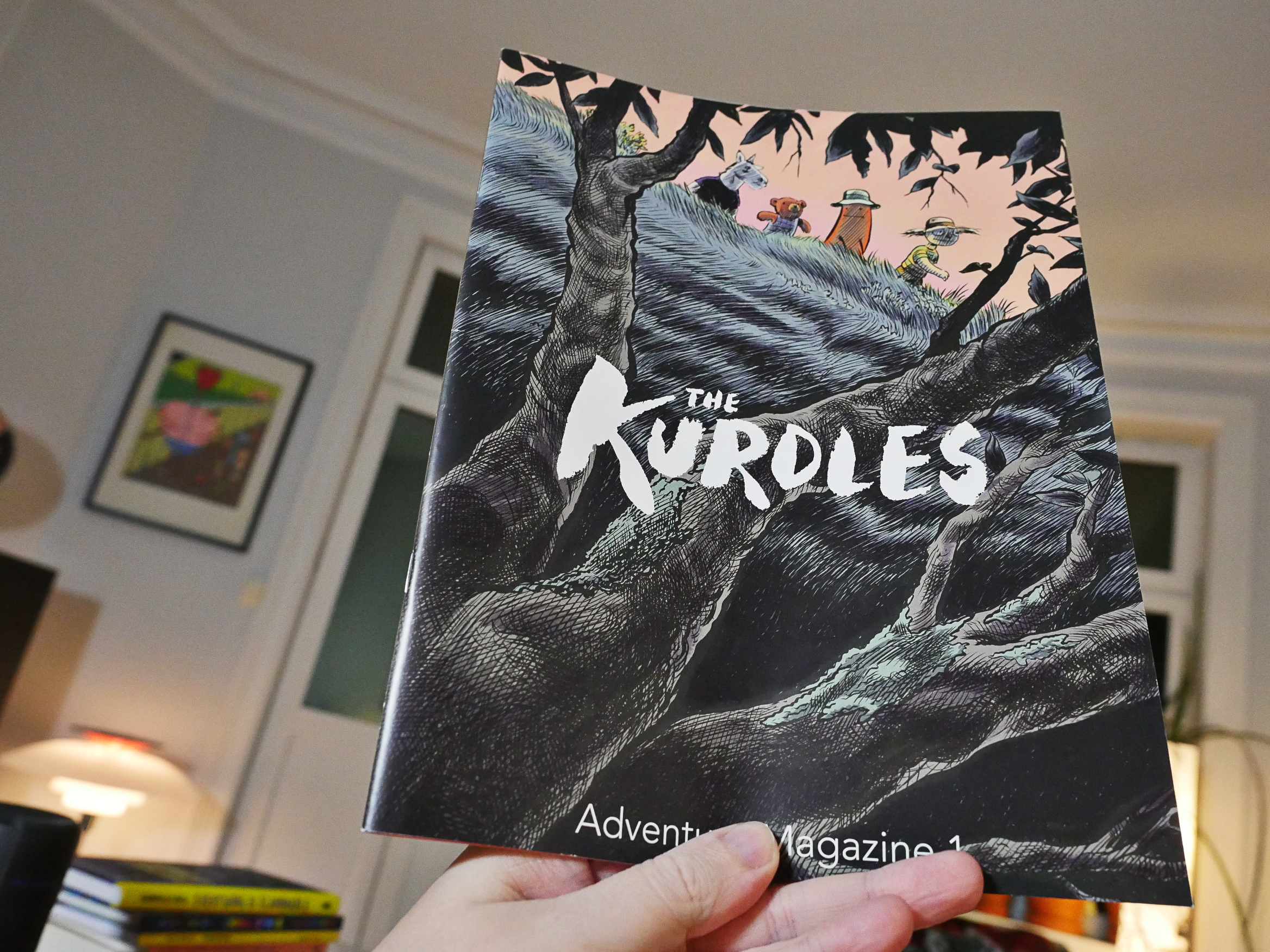
Is 2018 the year when indie floppy comics made a return? Perhaps it was the Hernandez’ Love & Rockets magazine that inspired people?

And the format is just perfect for Goodin’s good-natured but weird little stories.
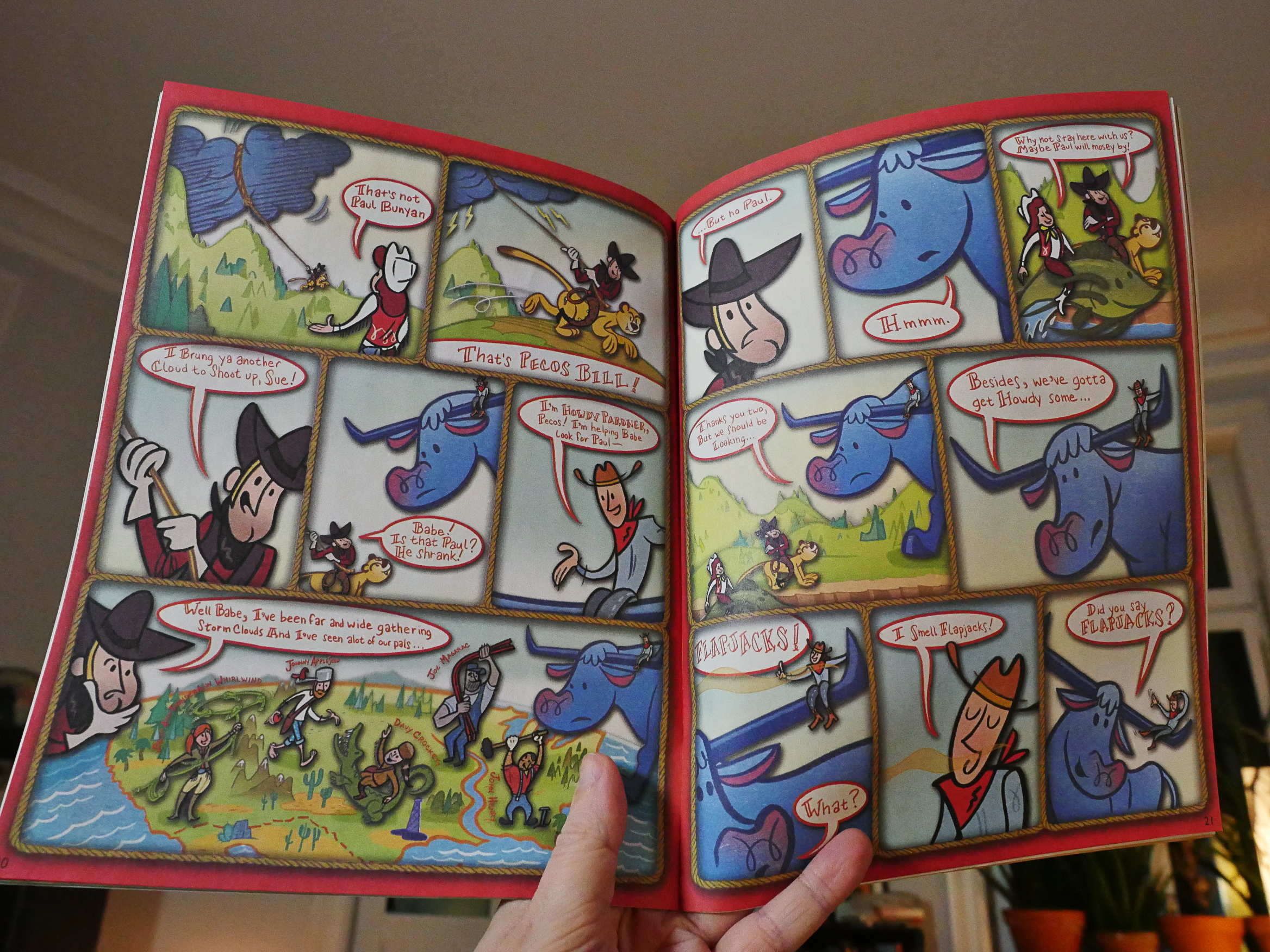
Every one done in a different art style.
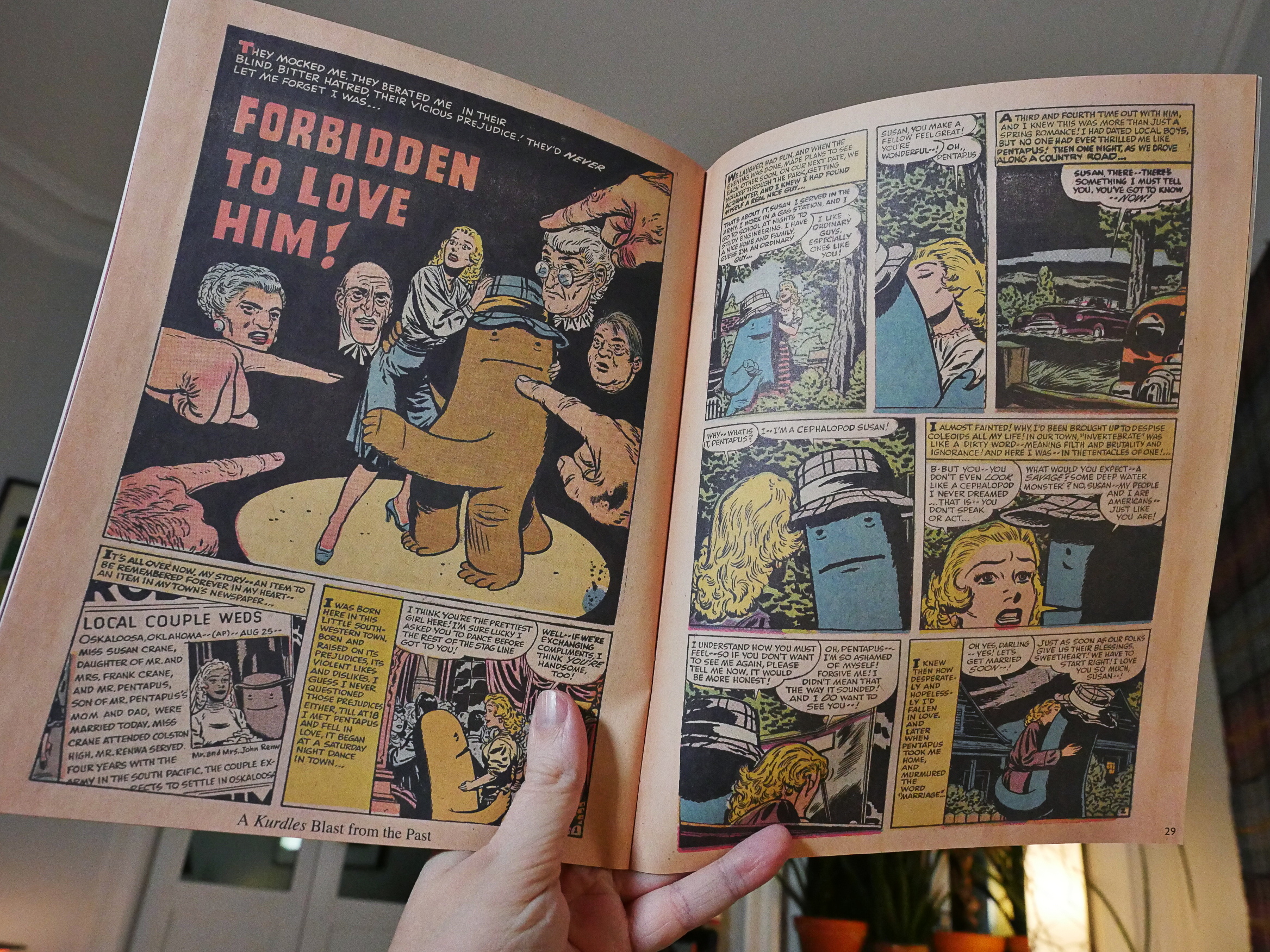
Some very different indeed.
More floppies like this, please!
Viewotron #1 by Sam Sharpe & Peach S Goodrich (Adhouse)
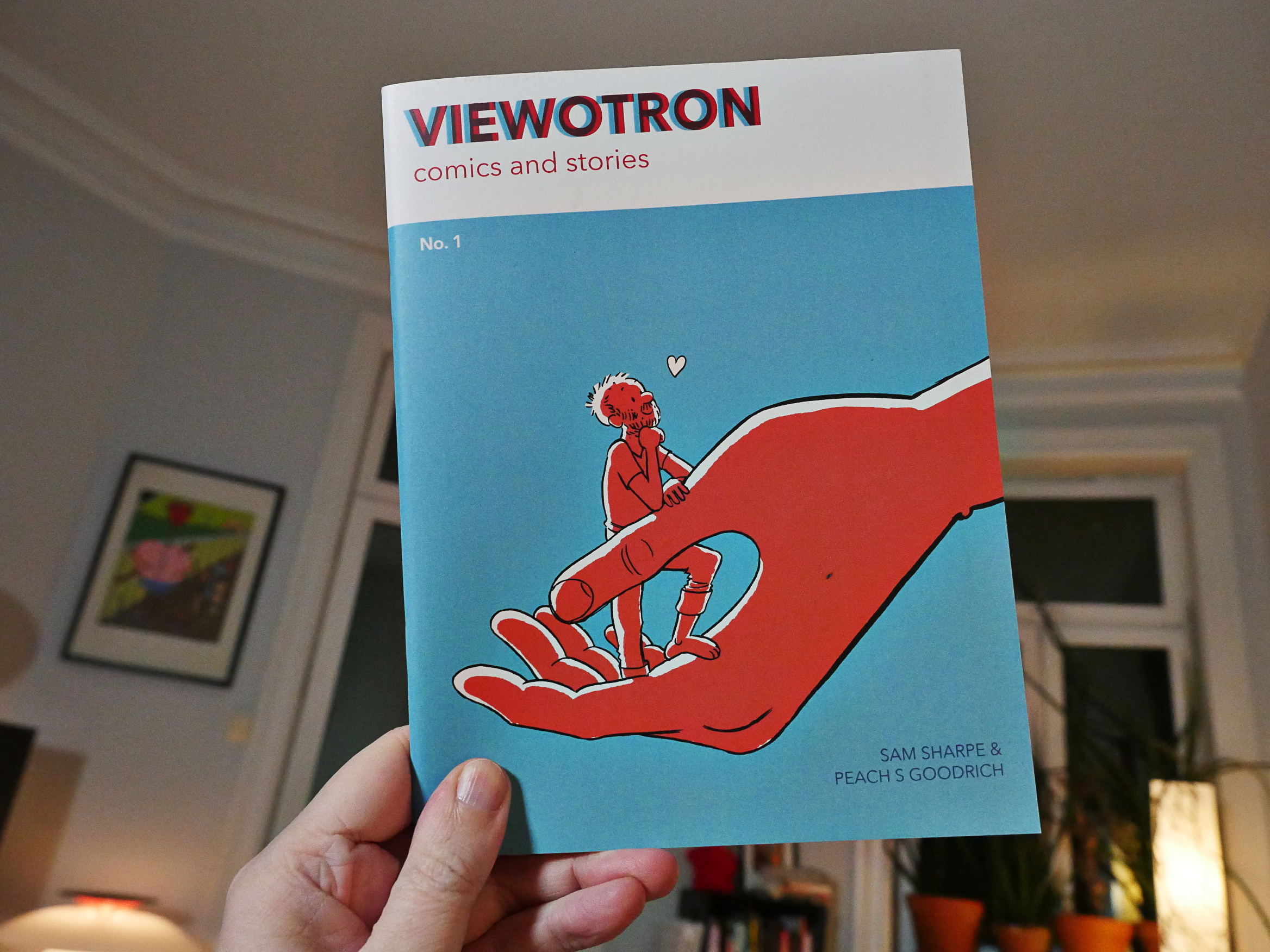
And here’s one!
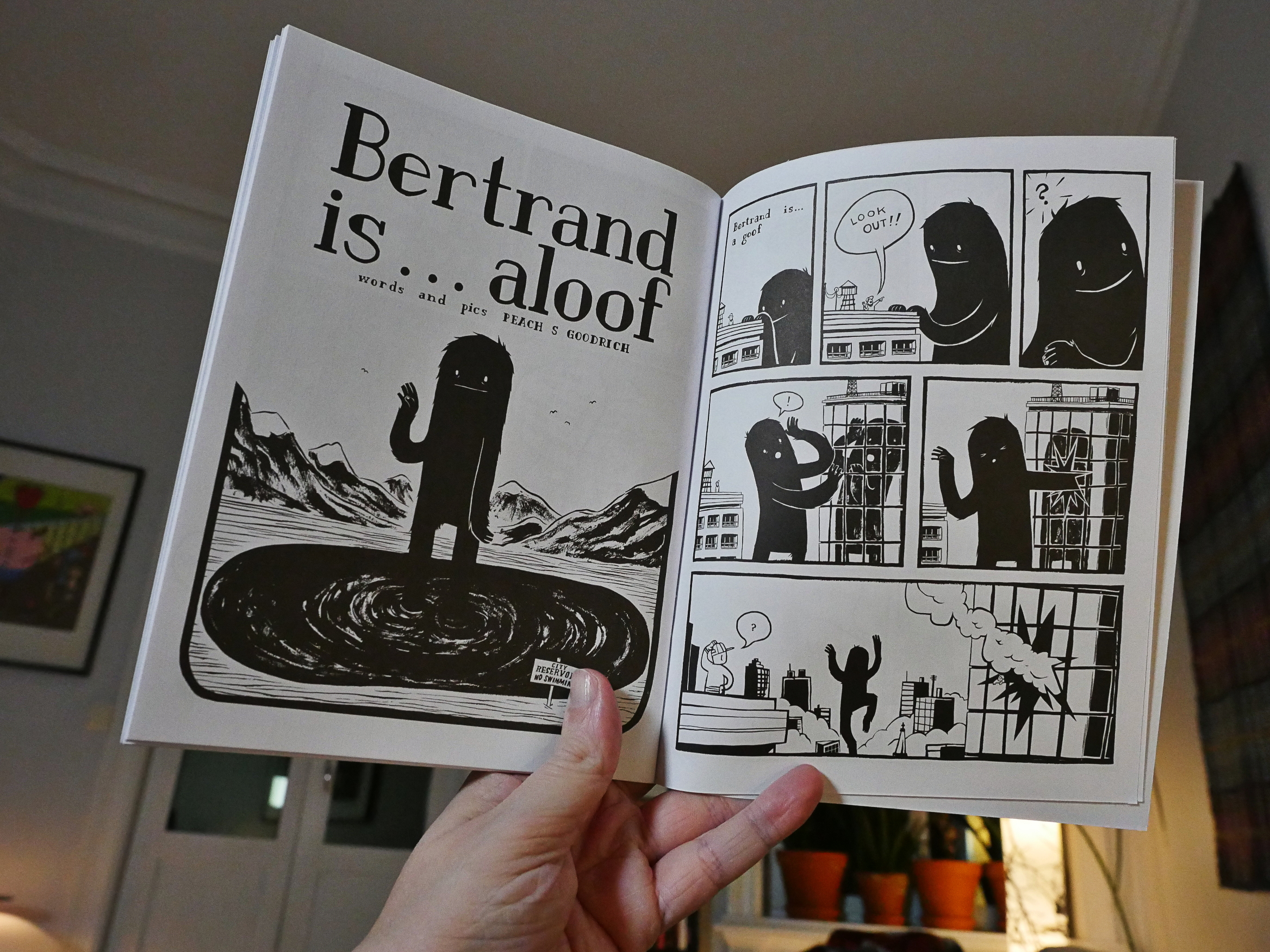
This is one of those rare two-person shared anthologies, so it’s full of longer and shorter stories by either of the two creators.
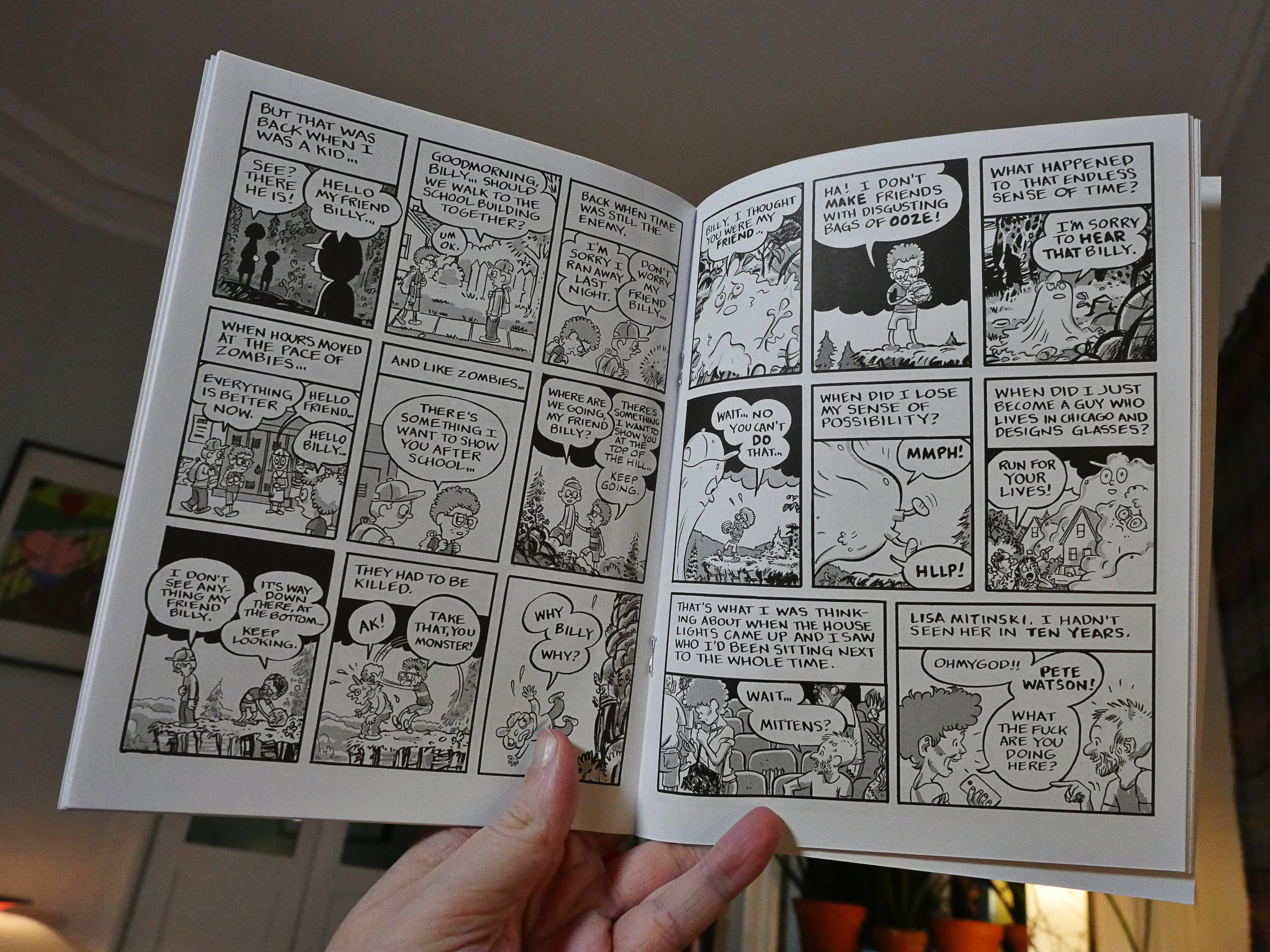
And they’re both interesting and kinda share the same sensibility, so it meshes very well. It’s funny and it reads well.
Fielder Comics Magazine #1 by Kevin Huizenga (Drawn & Quarterly)

And another one!
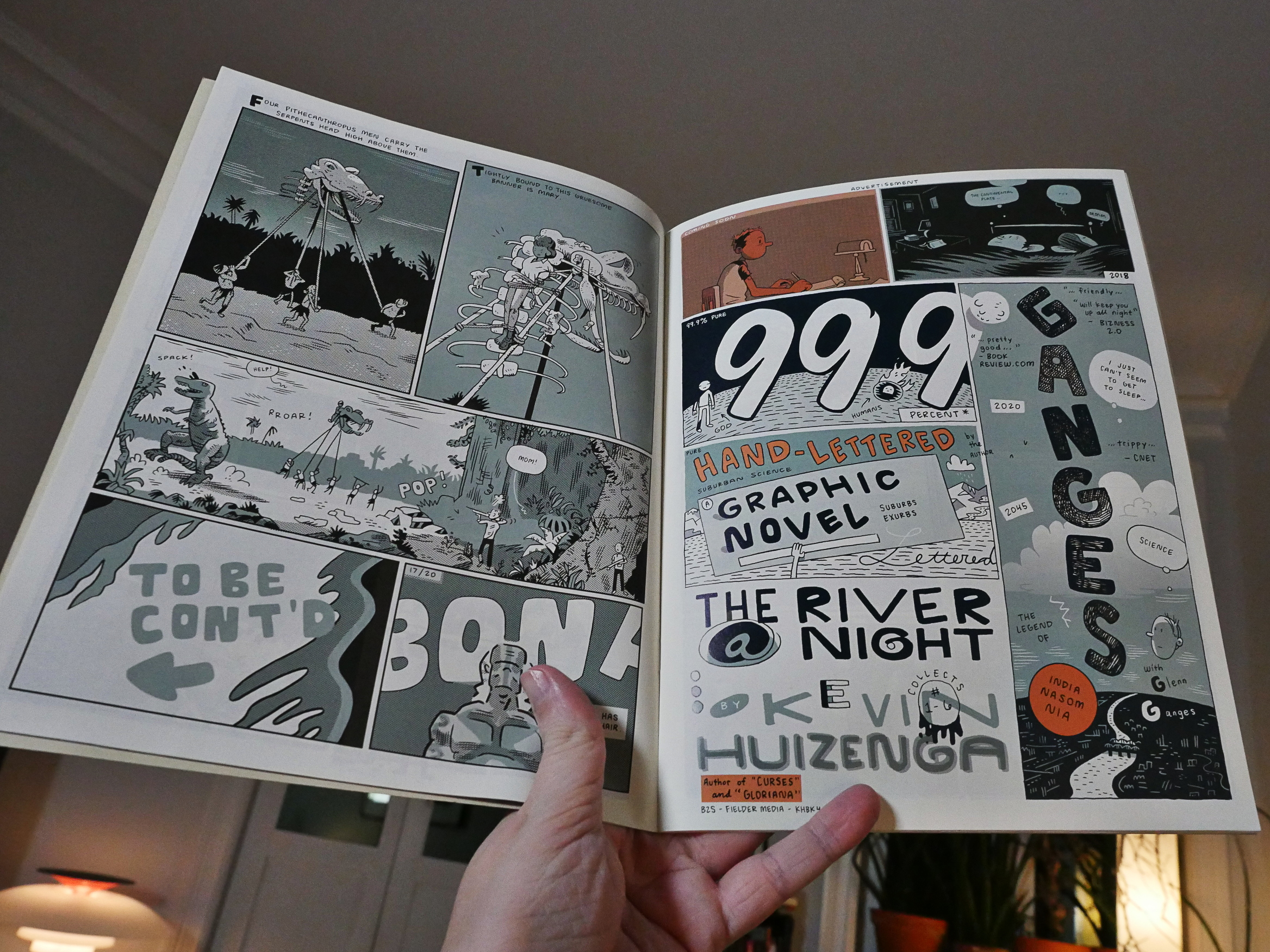
But Huizenga has been doing floppies all along, so it’s not really a new thing for him.
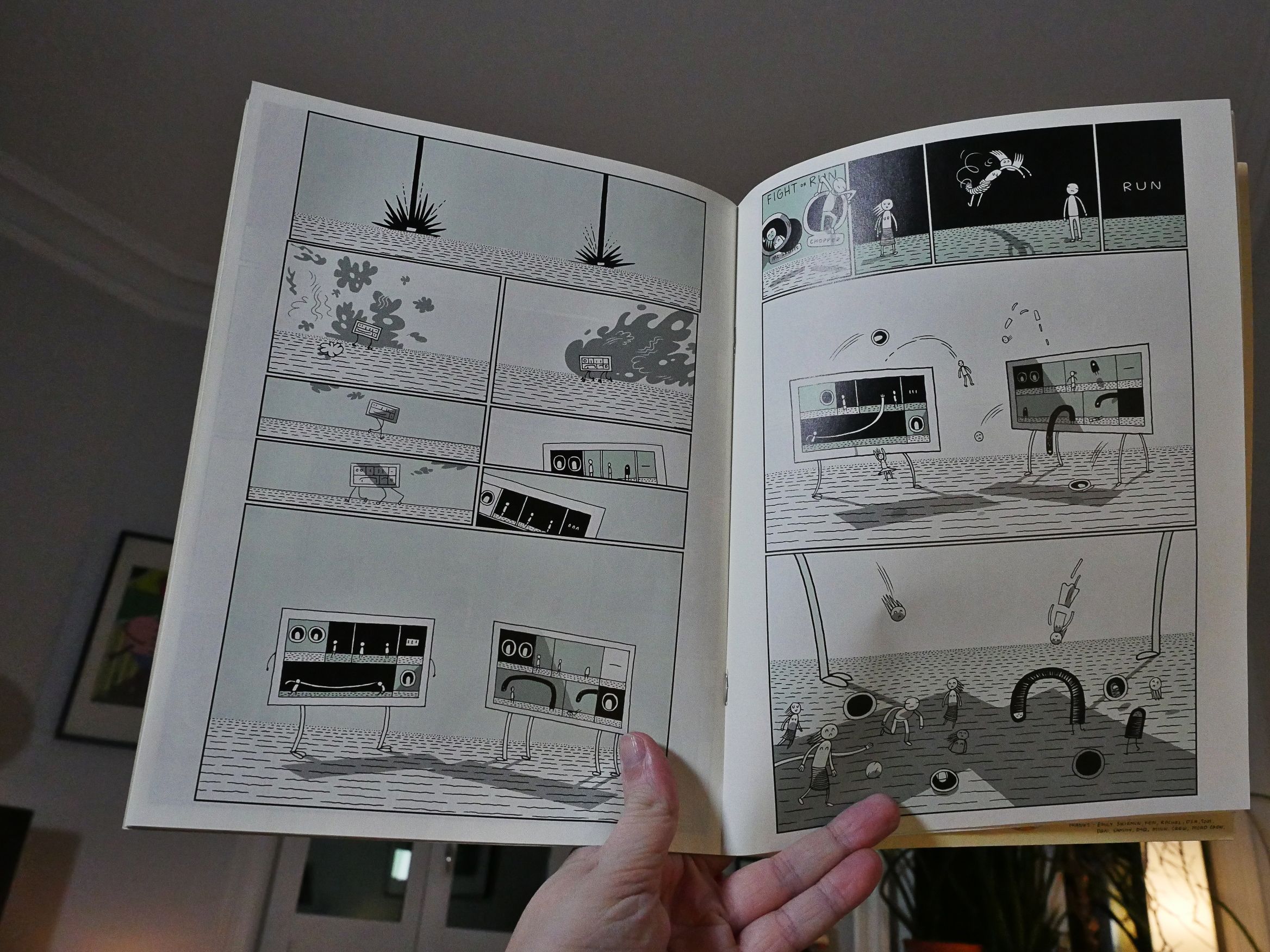
The pieces here are seem a bit scattered even for Huizenga (and he can get pretty abstract), but it’s all so readable. This stuff is why floppies were invented.
I mean, ideally.
Love That Bunch by Aline Kominsky-Crumb (Drawn & Quarterly)

This is an expanded version of that anthology that Fantagraphics released in the 90s, I guess? Which means that I’ve bought these stories at least three times now.
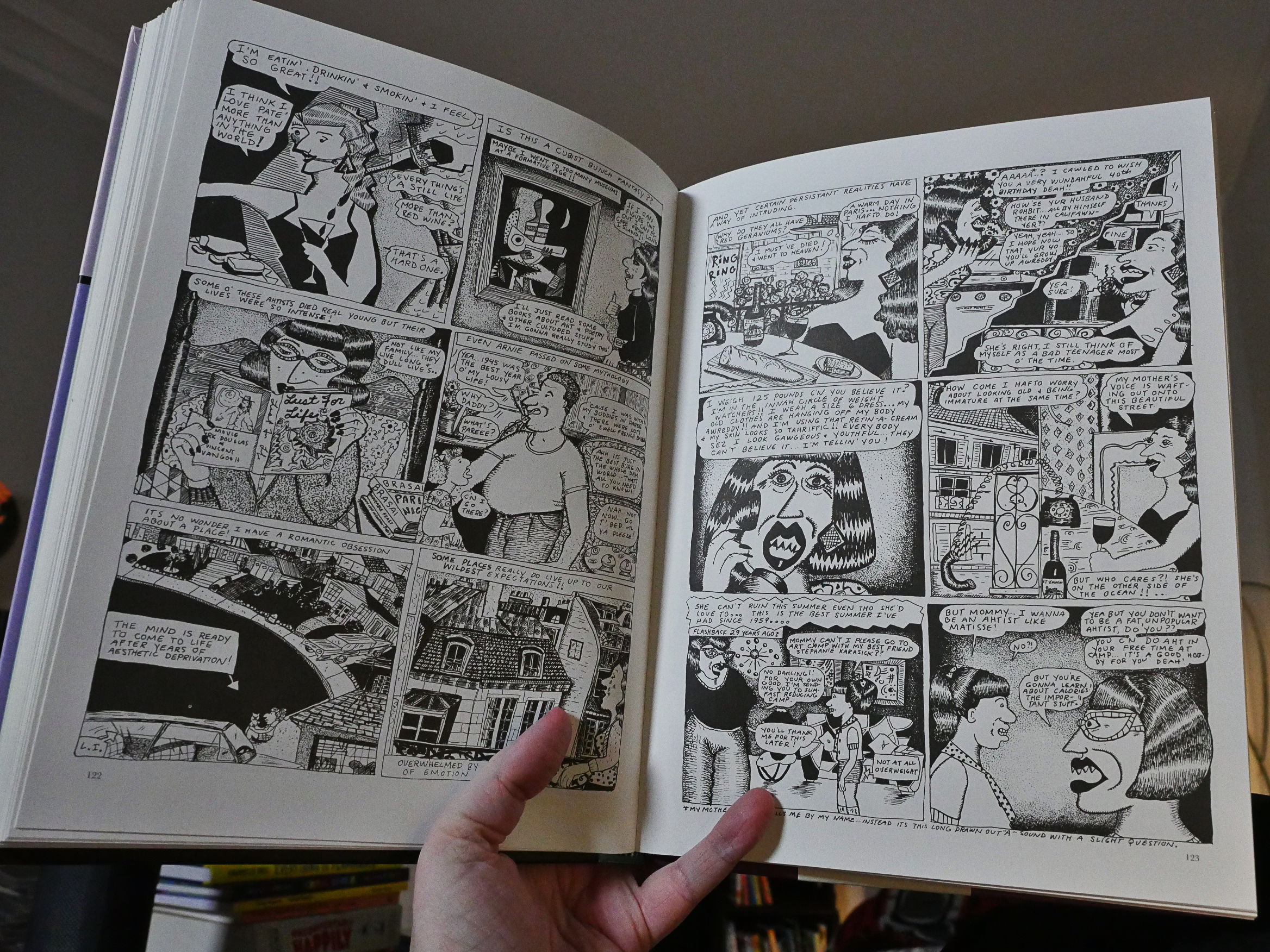
But who cares! It’s Aline Kominsky! Possibly the most important American comics creator of her generation, I think. Without her, the entire comics auto-bio thing might never have happened.
And these stories are still a hoot to read, and this D+Q edition is handsome and nicely sequenced. If you don’t have these stories in some edition or other, get thee to an URL where they sell comics.

Hey! Nice sunset!
Scratches edited by Joost Swarte (unknown publisher)
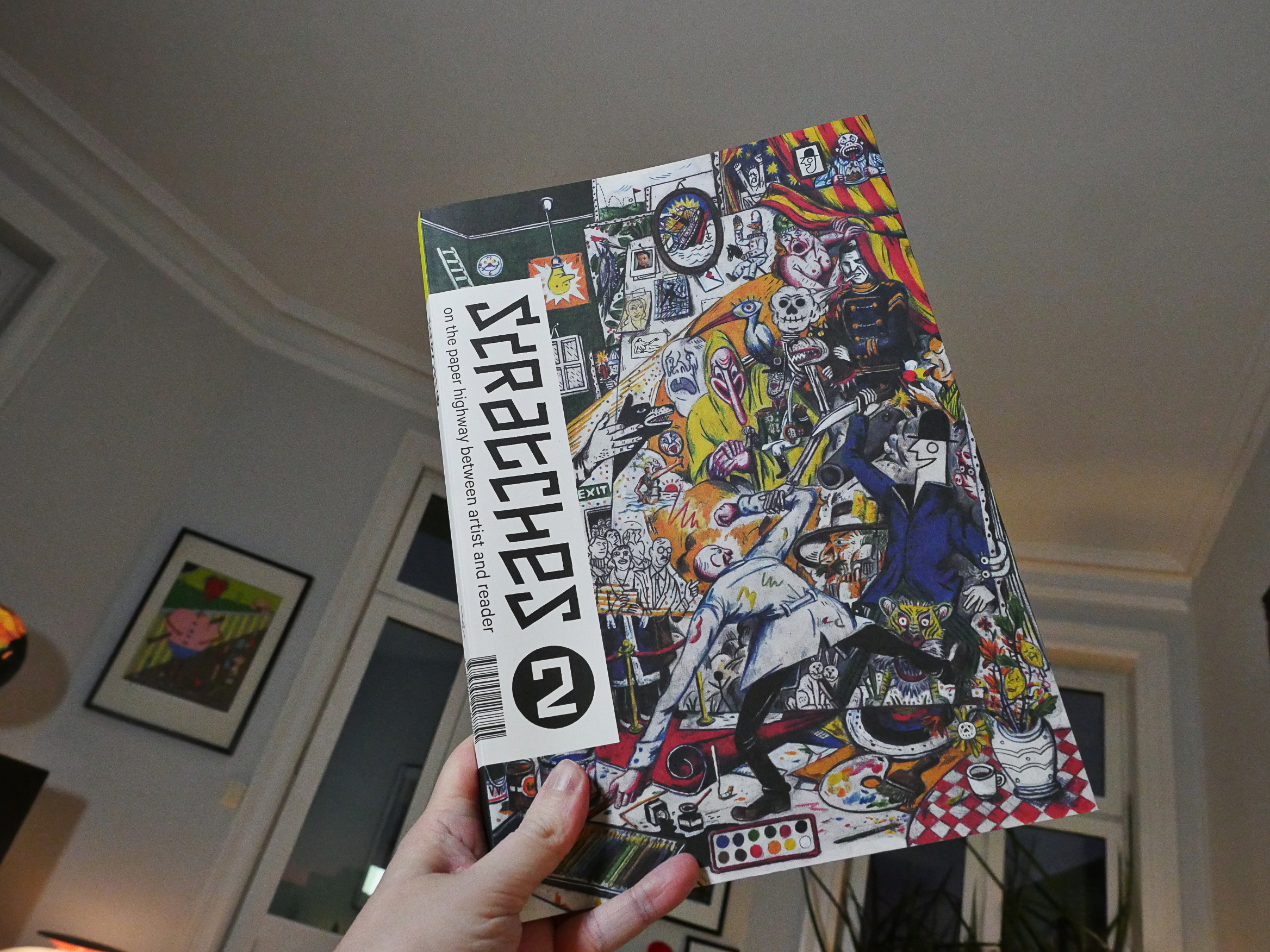
The first issue of this anthology was er how do you put it in technical terms oh right: “Not good”. I mean, it was kinda interesting, but it seemed more like a collection of oddities Swarte had happened upon throughout the years.
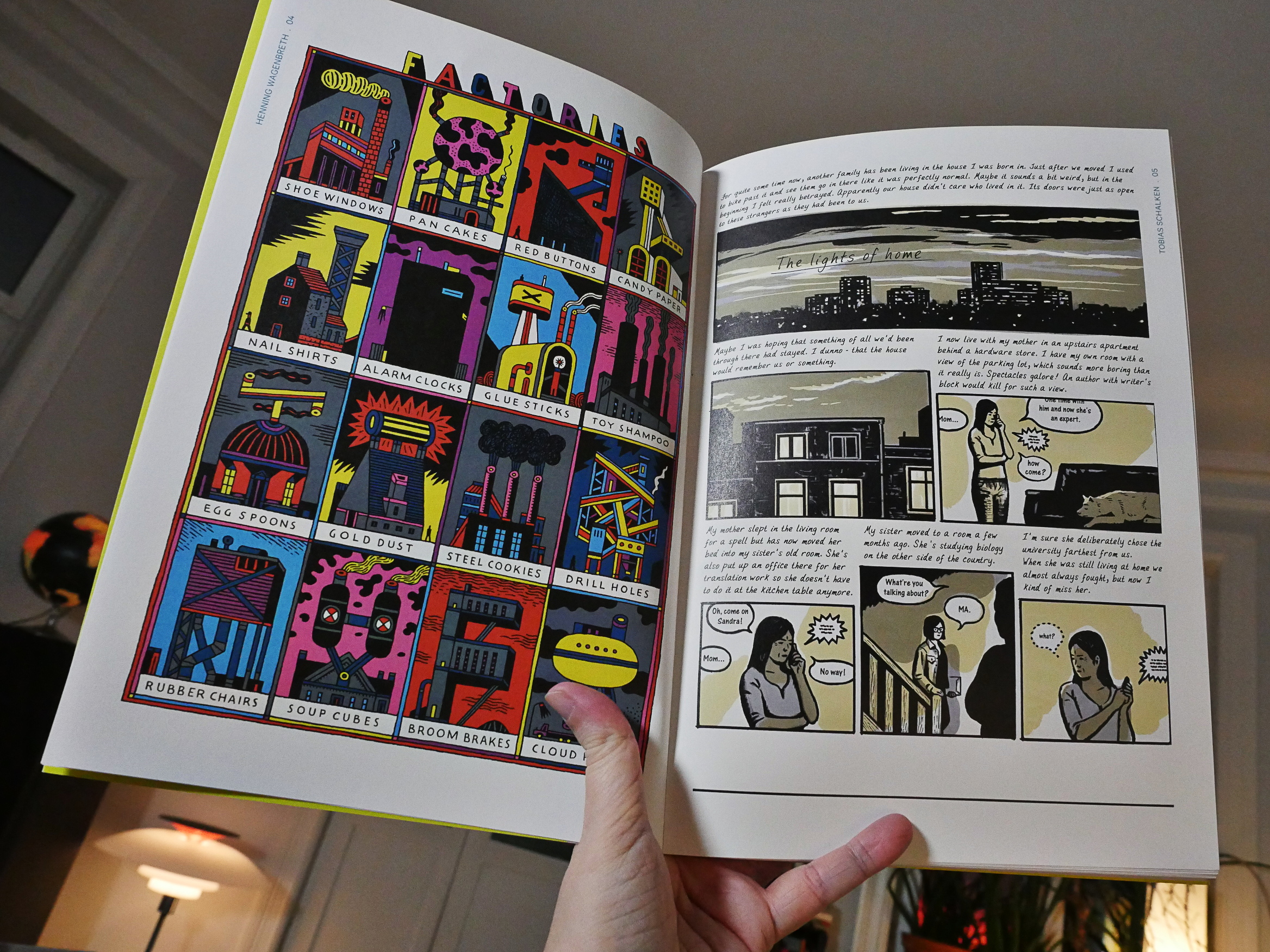
With the second issue, it’s a totally different thing, with a star-studded lineup of cartoonists (including Aline Kominsky-Crumb and her husband), but also a number of people I’m unfamiliar with. And it’s all good. It’s a very nice mix, and the oversized pages with fabulous printing displays the artwork to its best advantage.
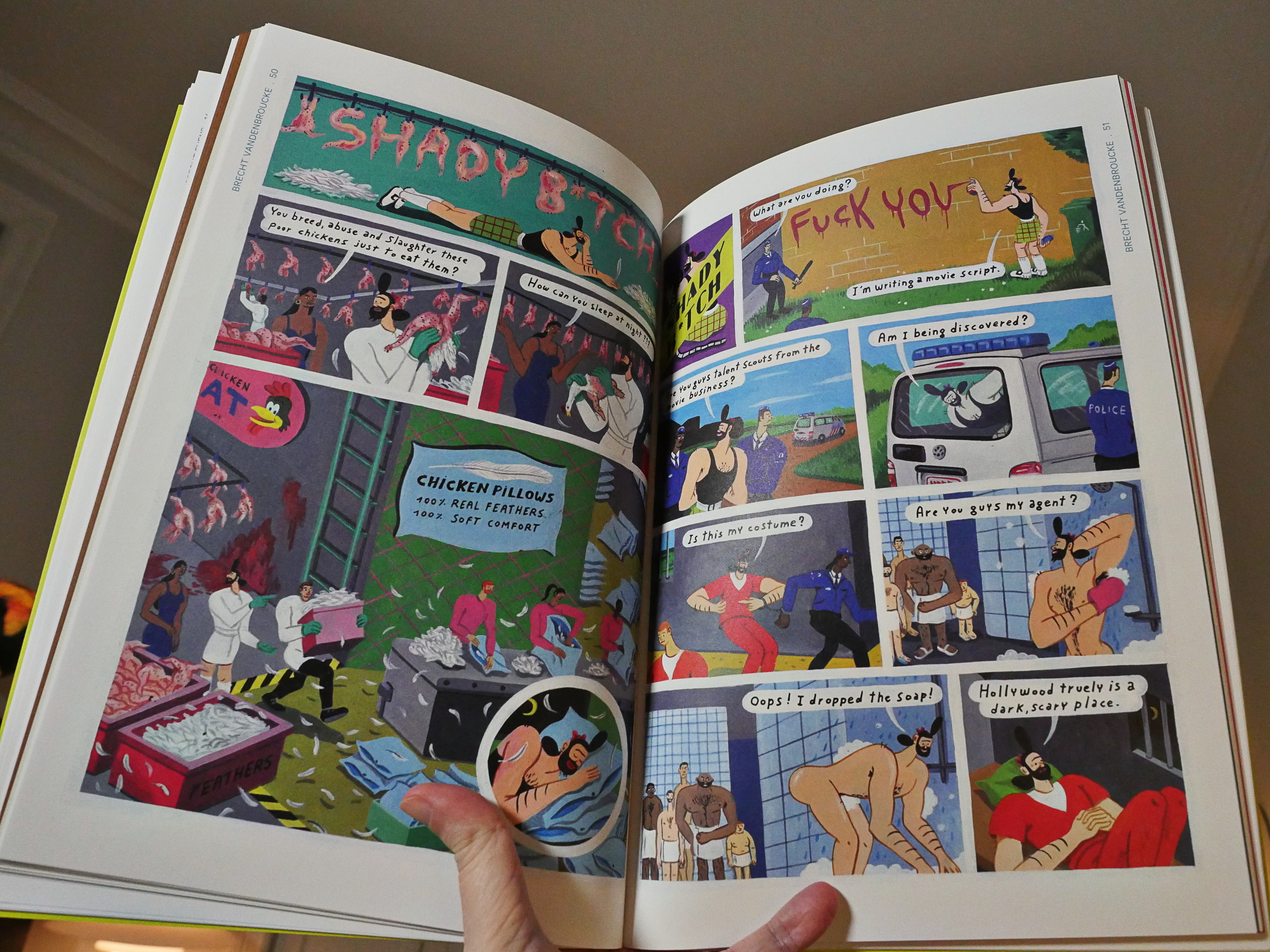
There’s even a prison rape joke thing that’s not offensive! How is this even!
Aaaand…. that’s it for 2018.
I must have missed something, because that’s not a very large list of books. Hm… Yup. I did. That web site has what seems to be a very good overview of interesting books from 2018, and I seemed to have missed most of them. I guess I just forgot to order stuff from Uncivilized, 2dcloud, Kilgore, Silver Sprocket and the rest of the outfits that publish like good comics. I’m ordering frantically as I type, but they’re too late for this “best of”.
Such a disservice to the community.
But speaking of being too late, here’s a list of older comics I read this year that are really kinda quite spiffy:
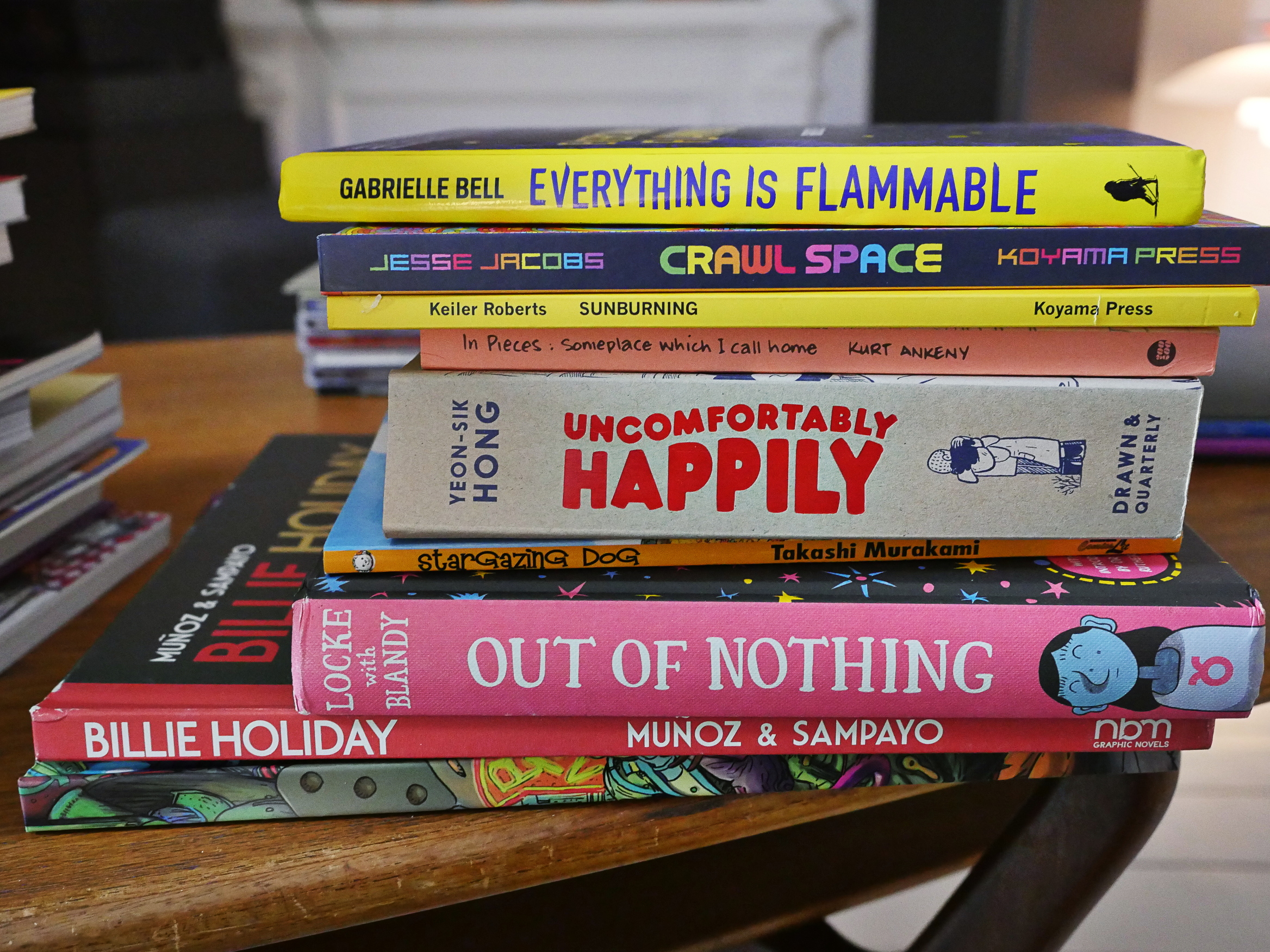
Everything is Flammable by Gabrielle Bell (Uncivilized)
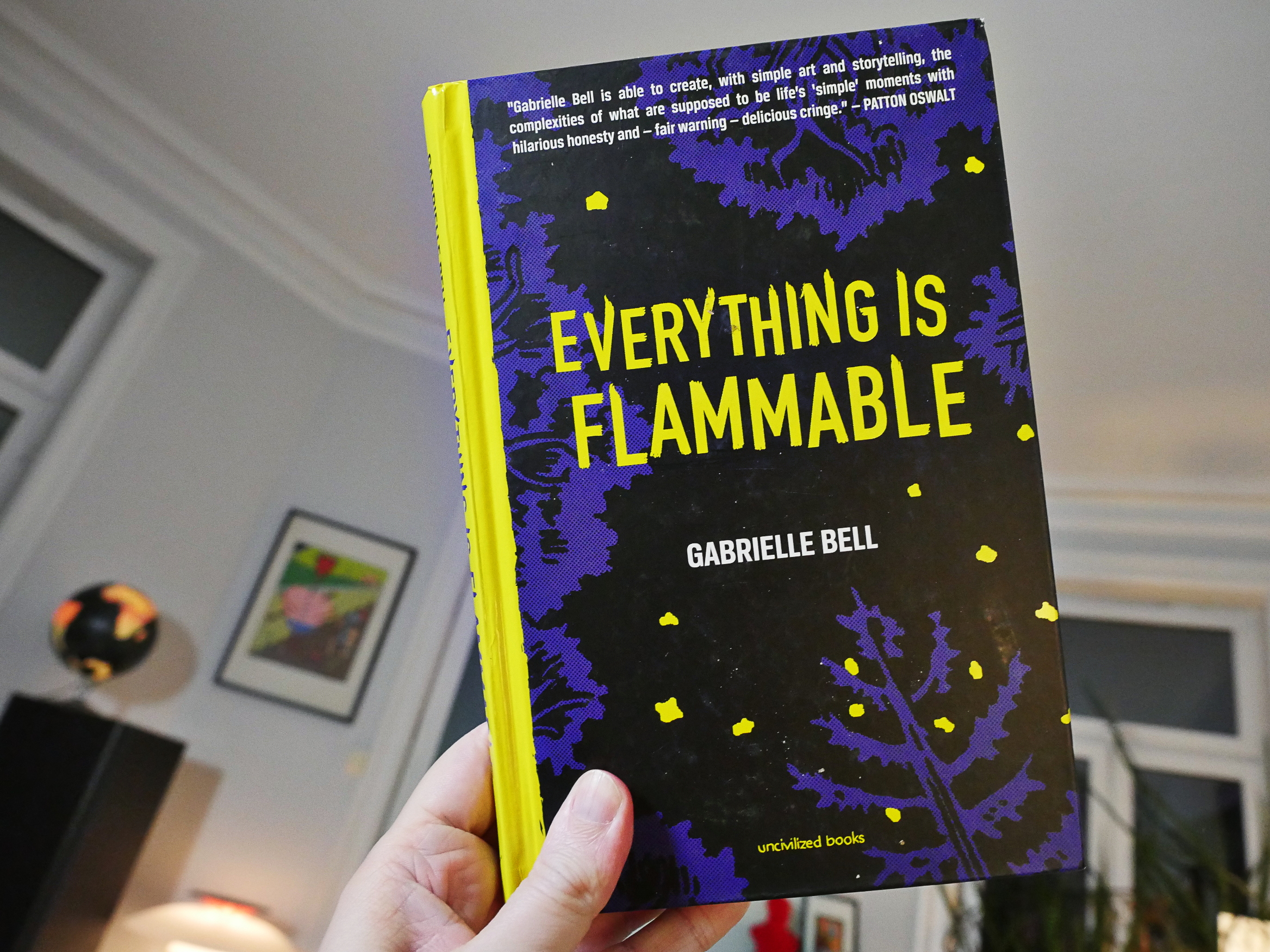
I think this was on everybody’s “best of” list last year. Or at least it should have been.

I mean, it’s Gabrielle Bell. It’s funny, it’s insightful, it’s smart, it’s got great artwork, it’s Gabrielle Bell. I guess she’s been doing this great stuff so consistently for years now that we’re perhaps starting to take her for granted…
Crawl Space by Jesse Jacobs (Koyama)

Oh, how to describe this book…

Oh, I know! Michael DeForge!
Just kidding!
No, not really. The influence gets a bit overpowering, but this is an affecting and unsettling book, so who cares.
Sunburning by Keiler Roberts (Koyama)
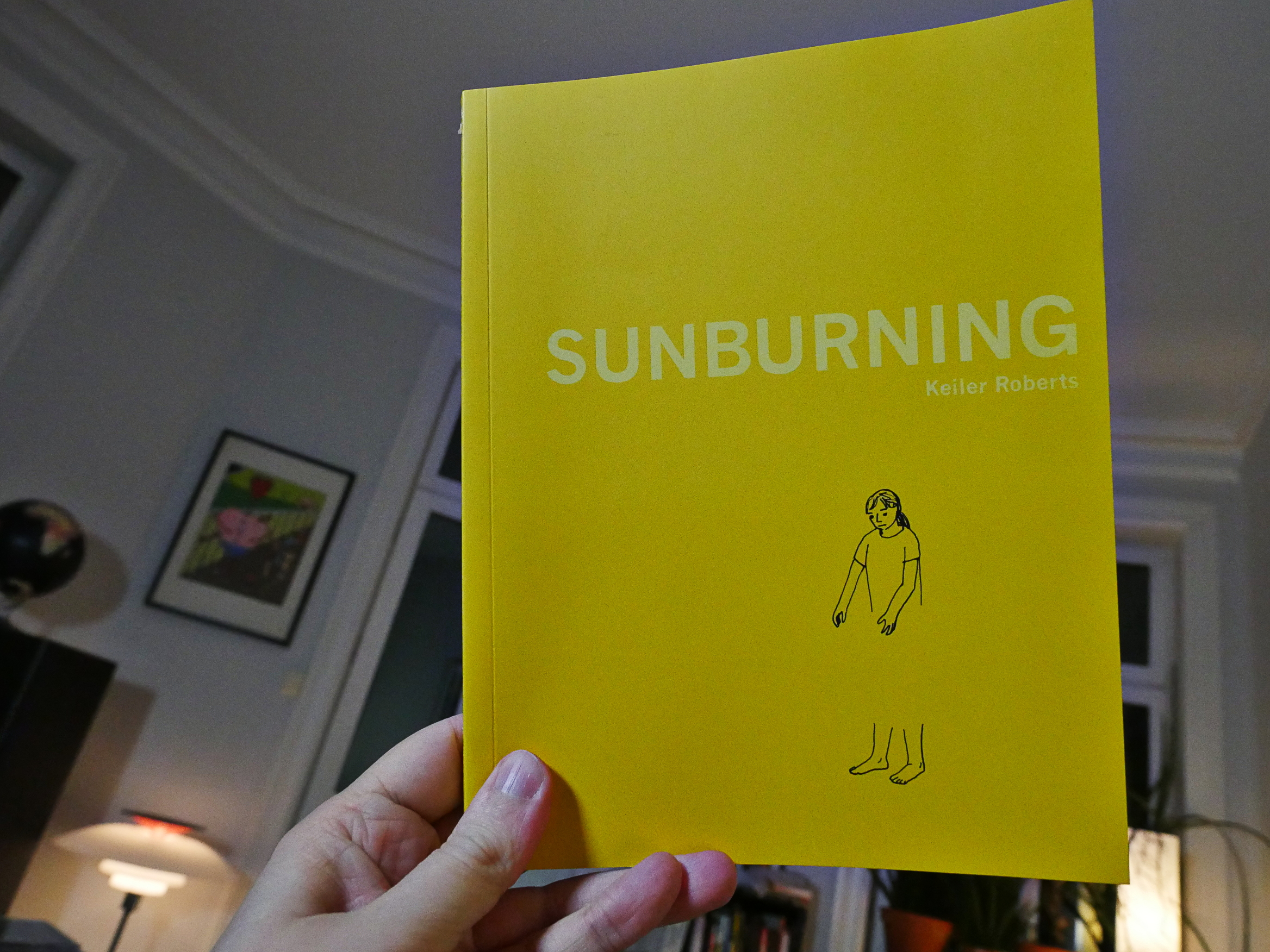
Oh, yeah, Roberts has a new book out this year that I haven’t read yet. *sigh*
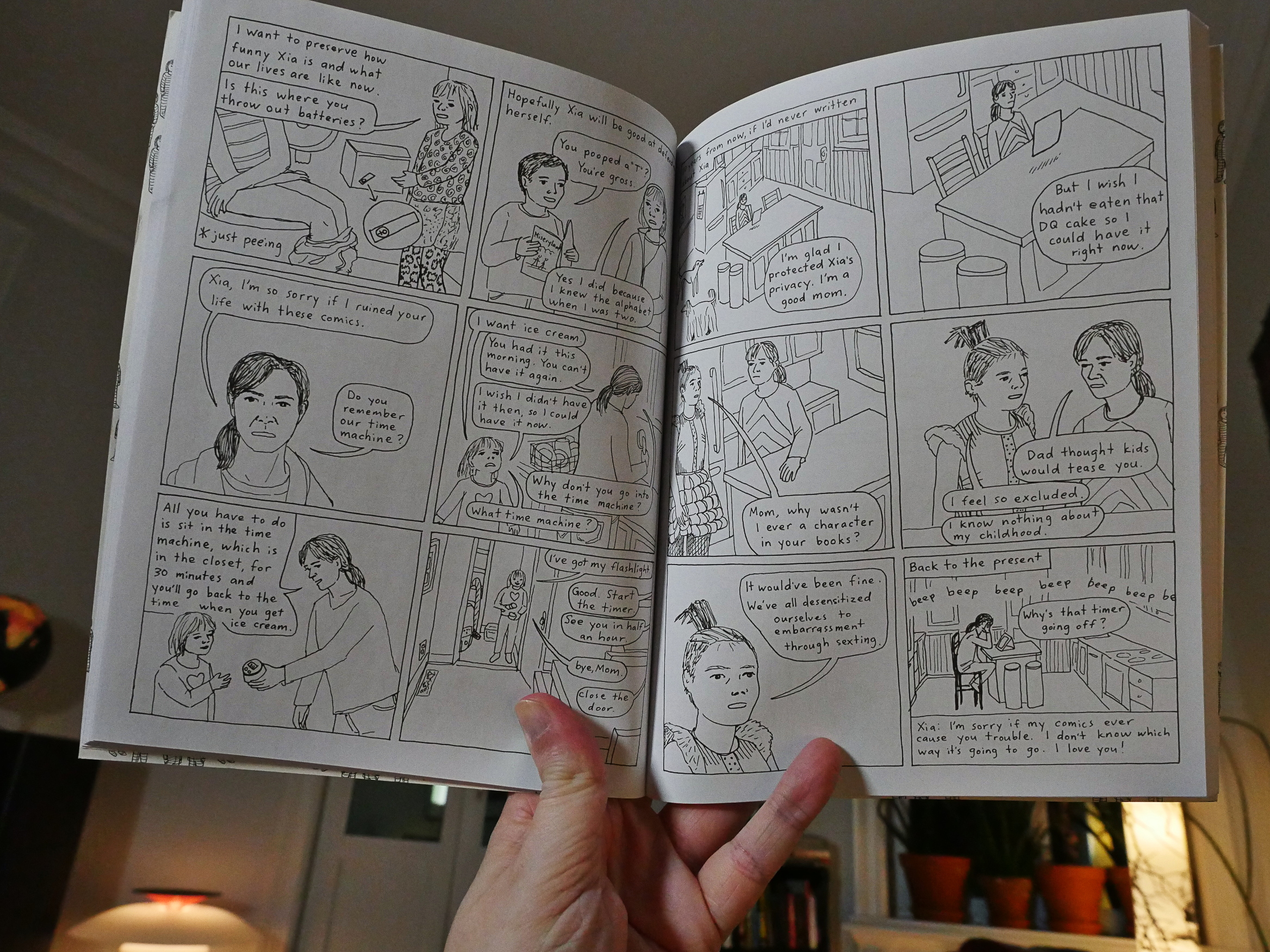
But if it’s as good as this one from 2017, then I have something to look forward to. As usual, these are incisive autobio stories drawn in a kinda basic style. And as her daughter gets older, the question of whether it’s the right thing to do to reveal so much about their daily lives gets more complicated…
In Pieces by Kurt Ankeny (two hundred (unknown character)00 press)
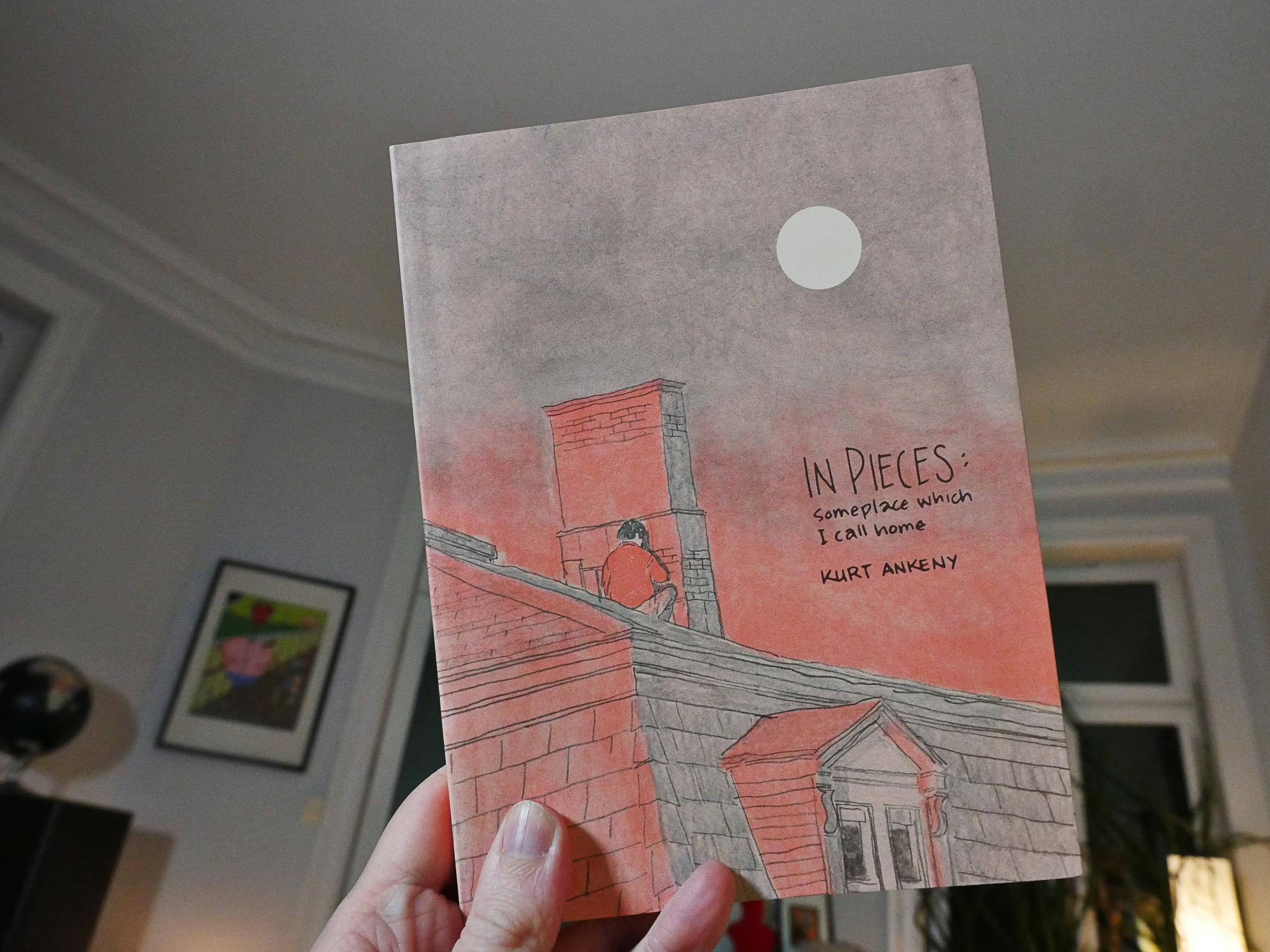
I’ve read bits of this before in some anthology or other? Oh, I think it was in that Best American Comics anthology? Can that be correct?
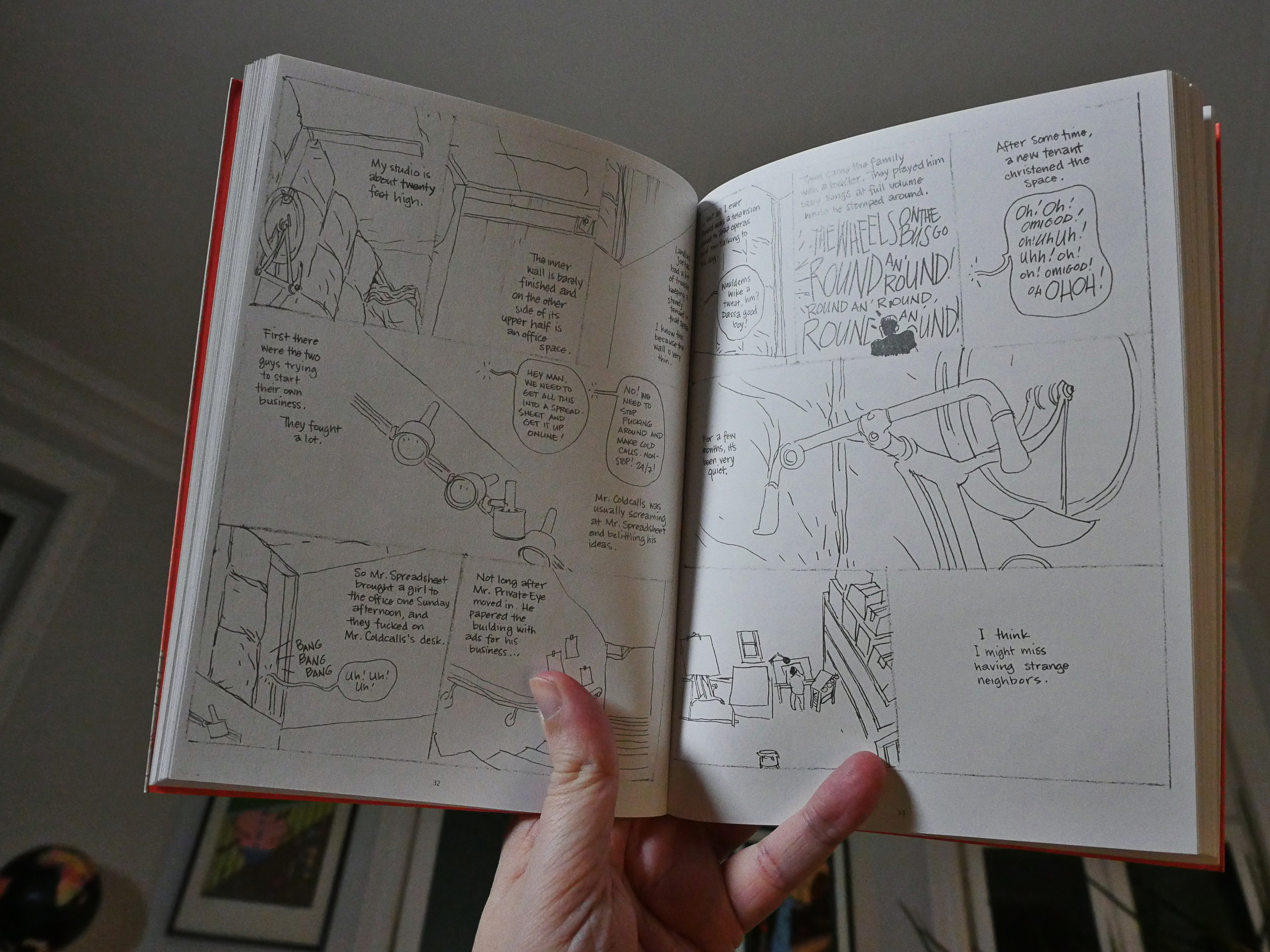
Anyway, these are pages of wispy pencil artwork about Ankeny’s life. The artwork shows a lot of art chops: Ankeny uses unusual angles and crops to keep things lively but it’s still eminently readable.
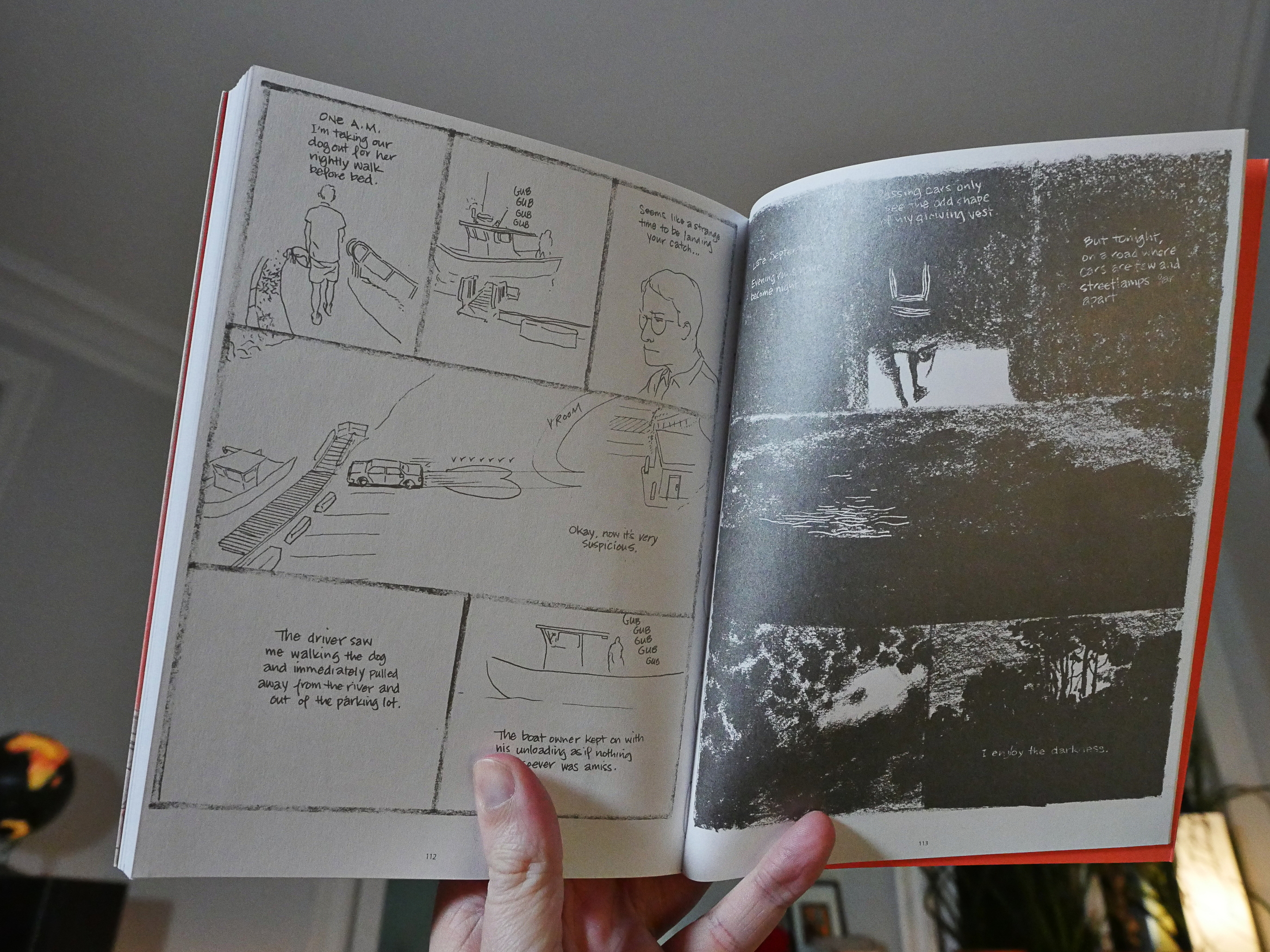
And the book just feels so perfect. The ink used here almost perfectly emulates pencil tones, so it feels like I’m reading the actual book he’s drawing in. It’s a very accomplished little book.
Uncomfortably Happily by Yeon-Sik Hong (Drawn & Quarterly)
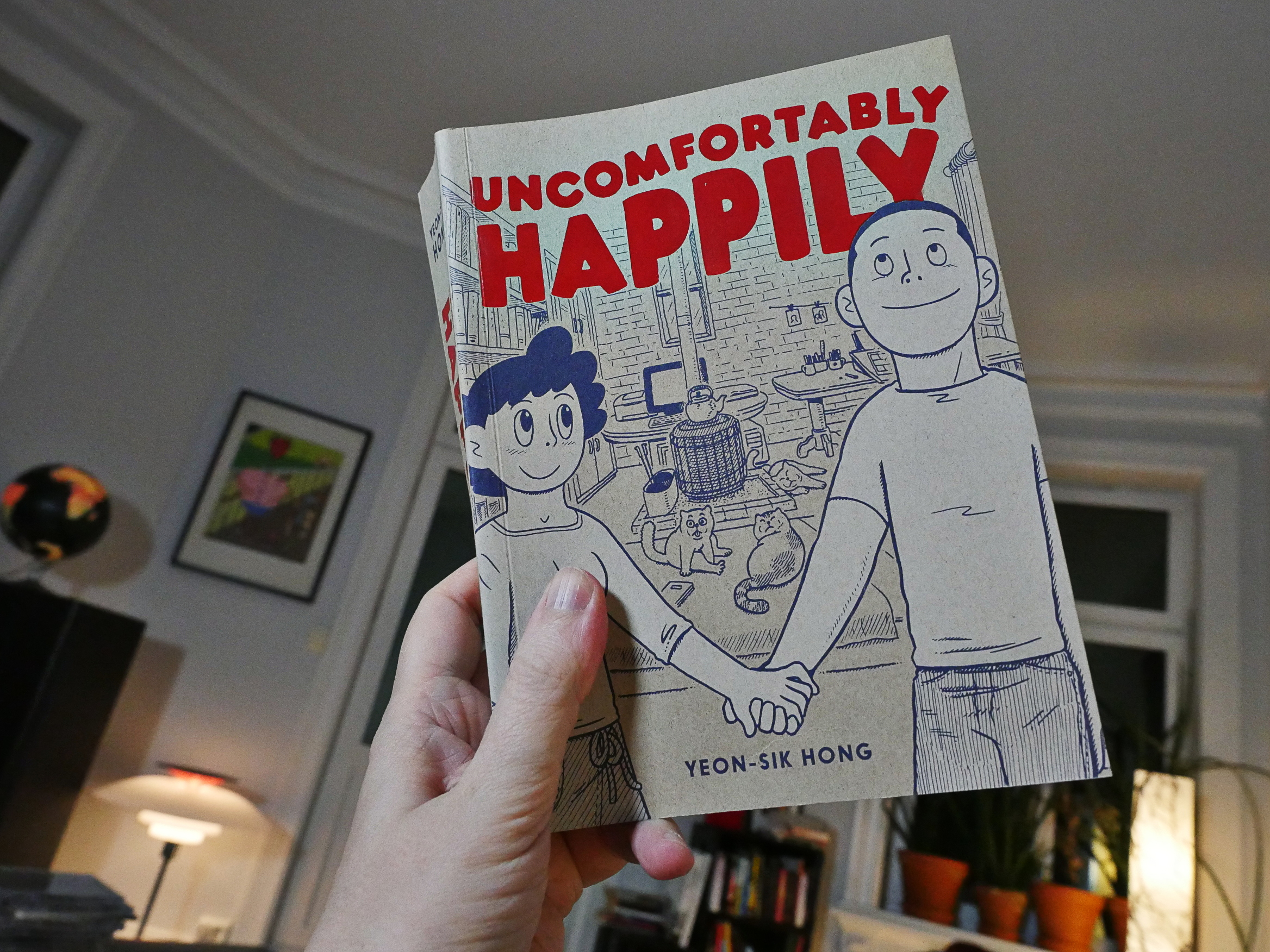
And if there’s one thing this book is, it’s not little.
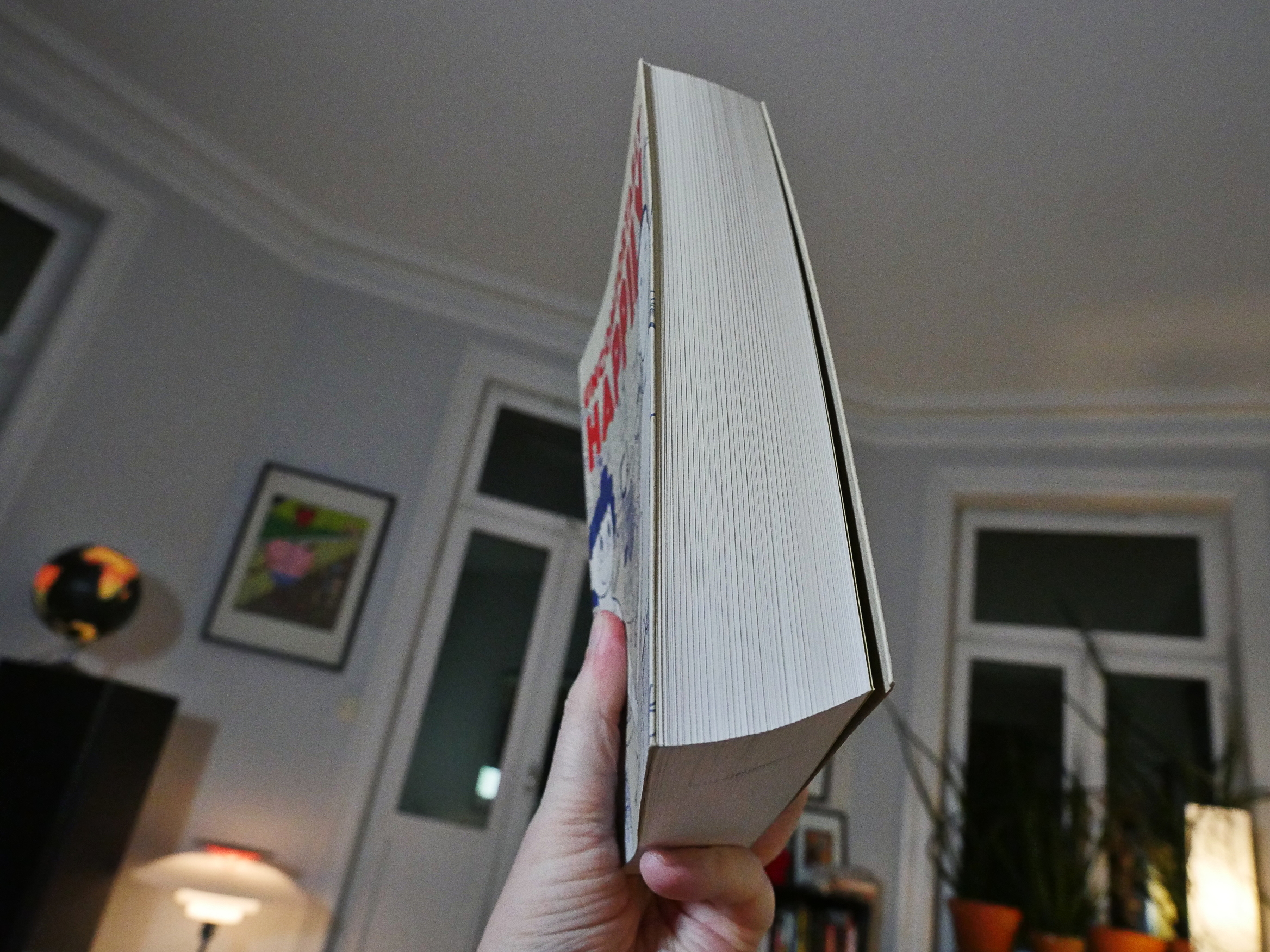
It’s something of a brick of a book.
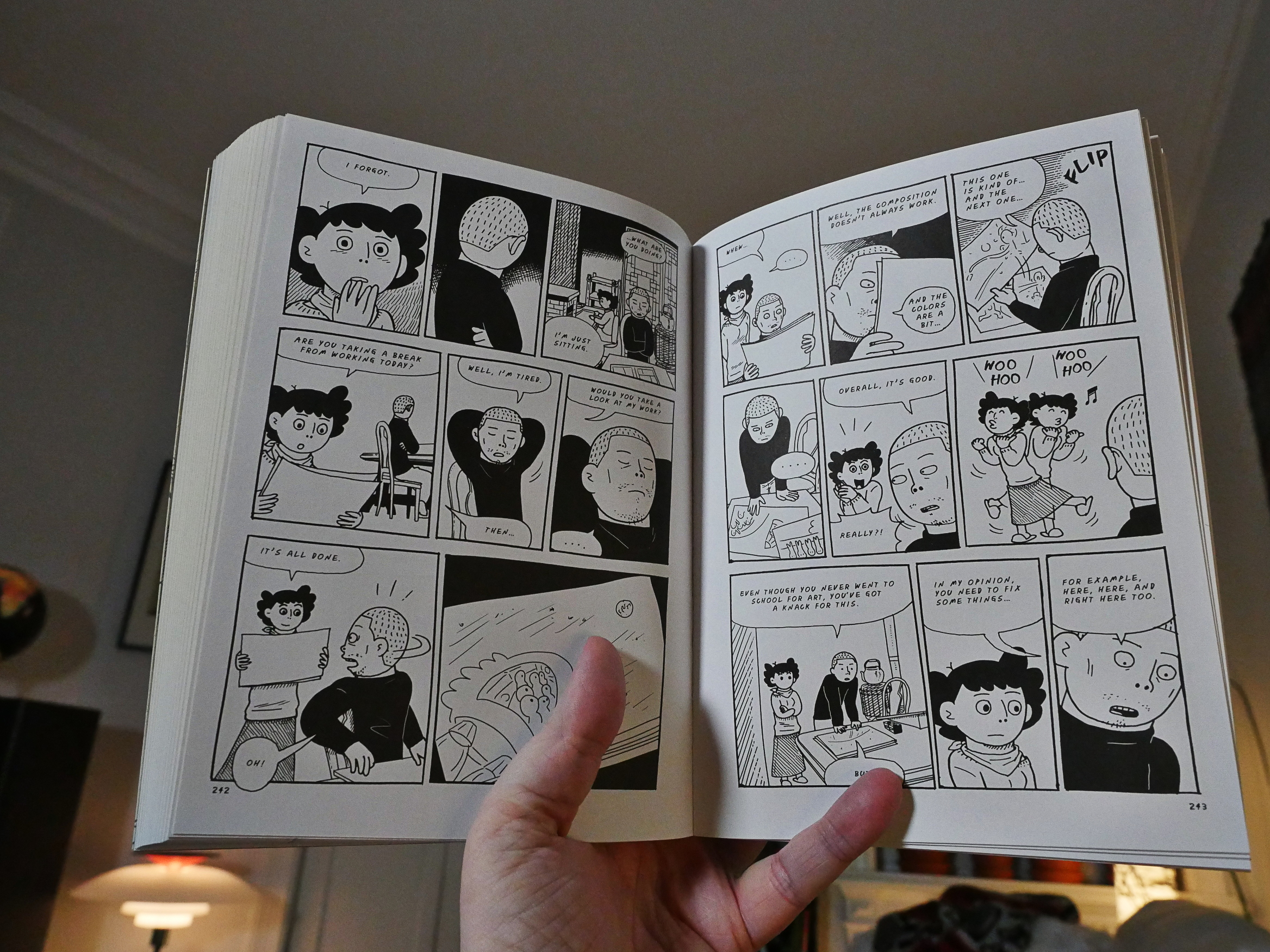
It’s from South Korea, but it feels very American in the way it approaches autobio. This isn’t that far from, say, Guy Delisle or Lewis Trondheim when doing autobio. (But fewer animal heads.) It’s very intimate. So much is said without being said.
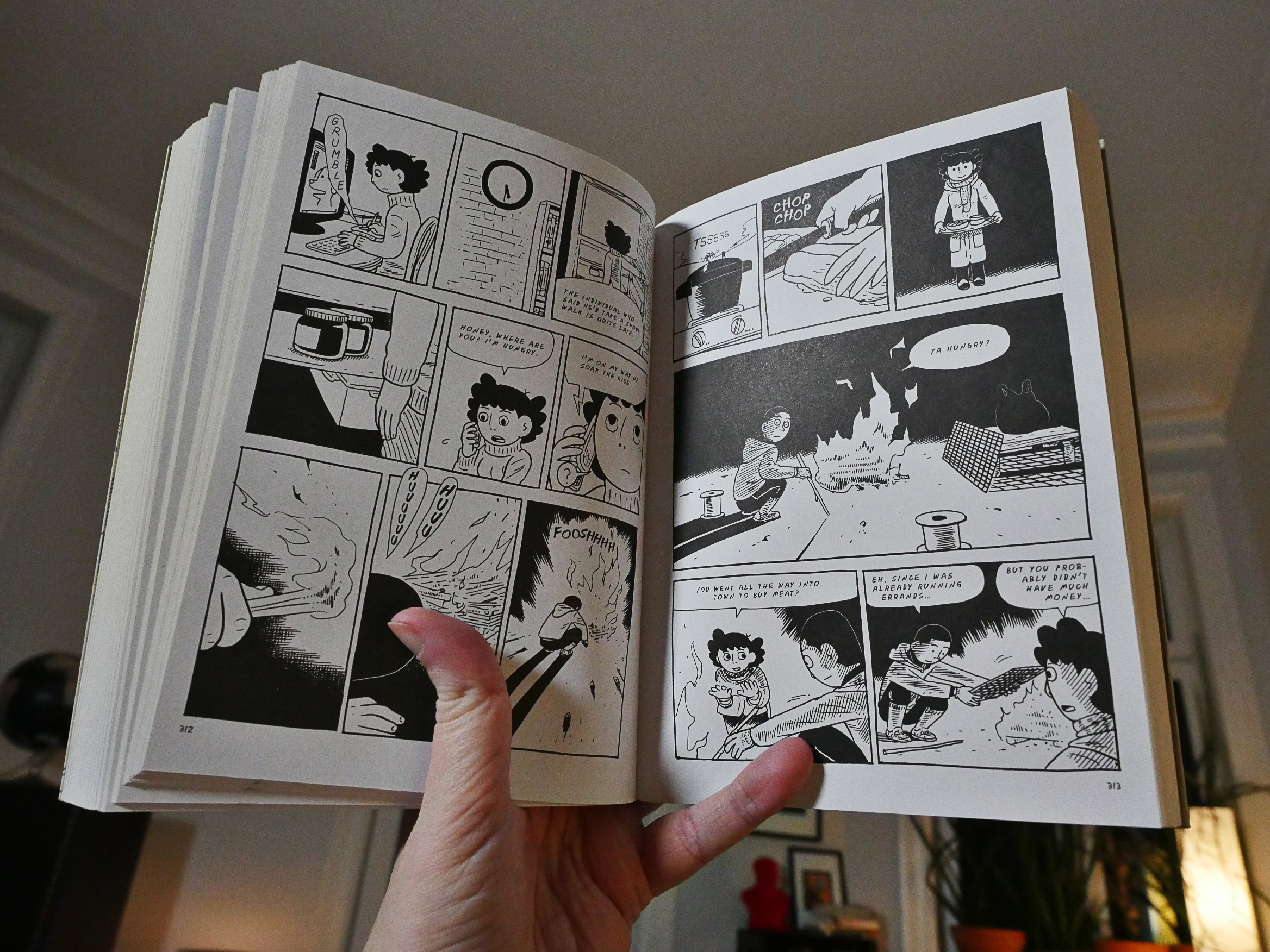
But the setting and the story helps a lot, too: It’s just really interesting to read the tale of how they tried to live in that strange country place.
Stargazing Dog by Takashi Murakami (NBM)
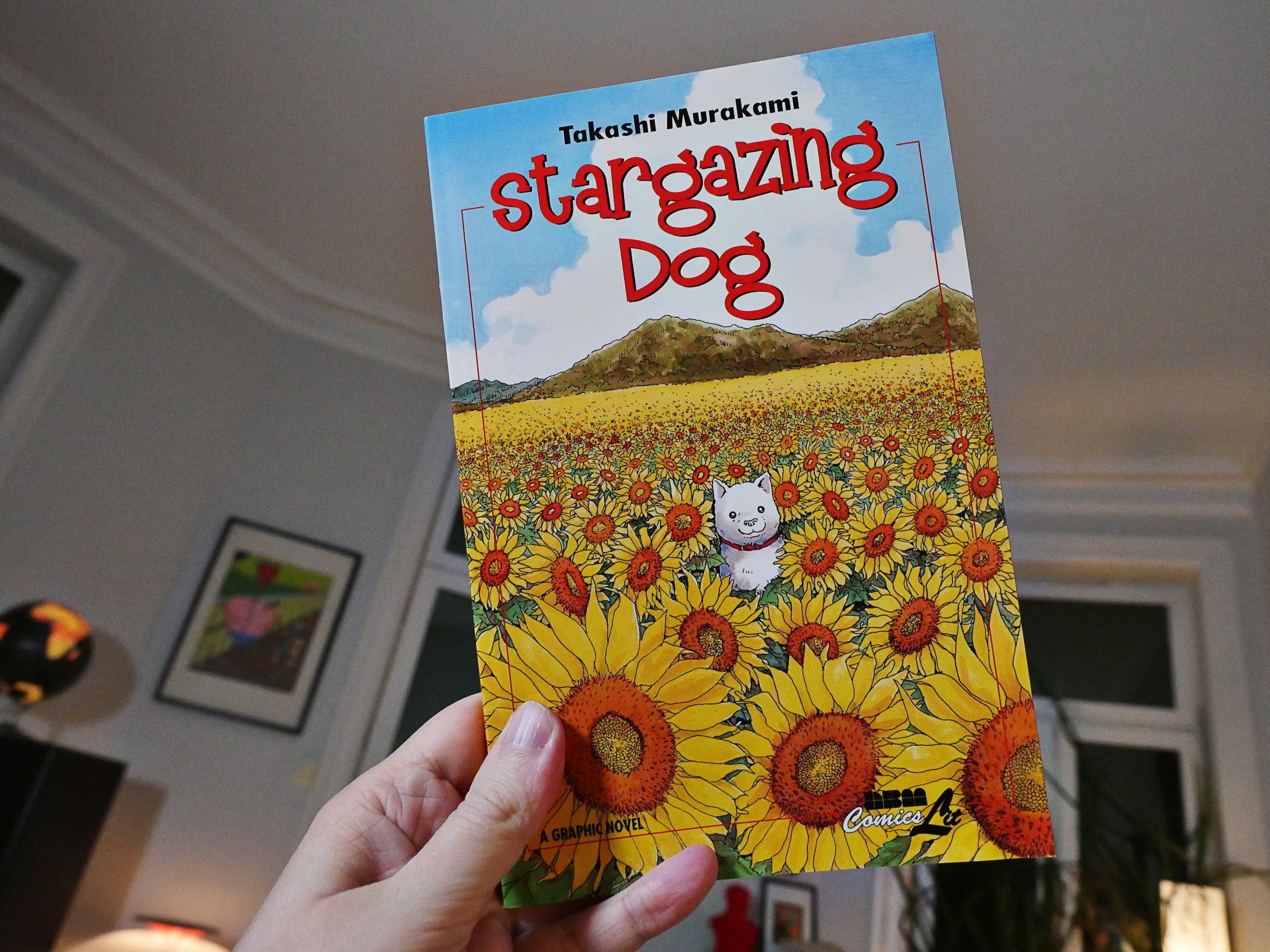
This is something totally different again.
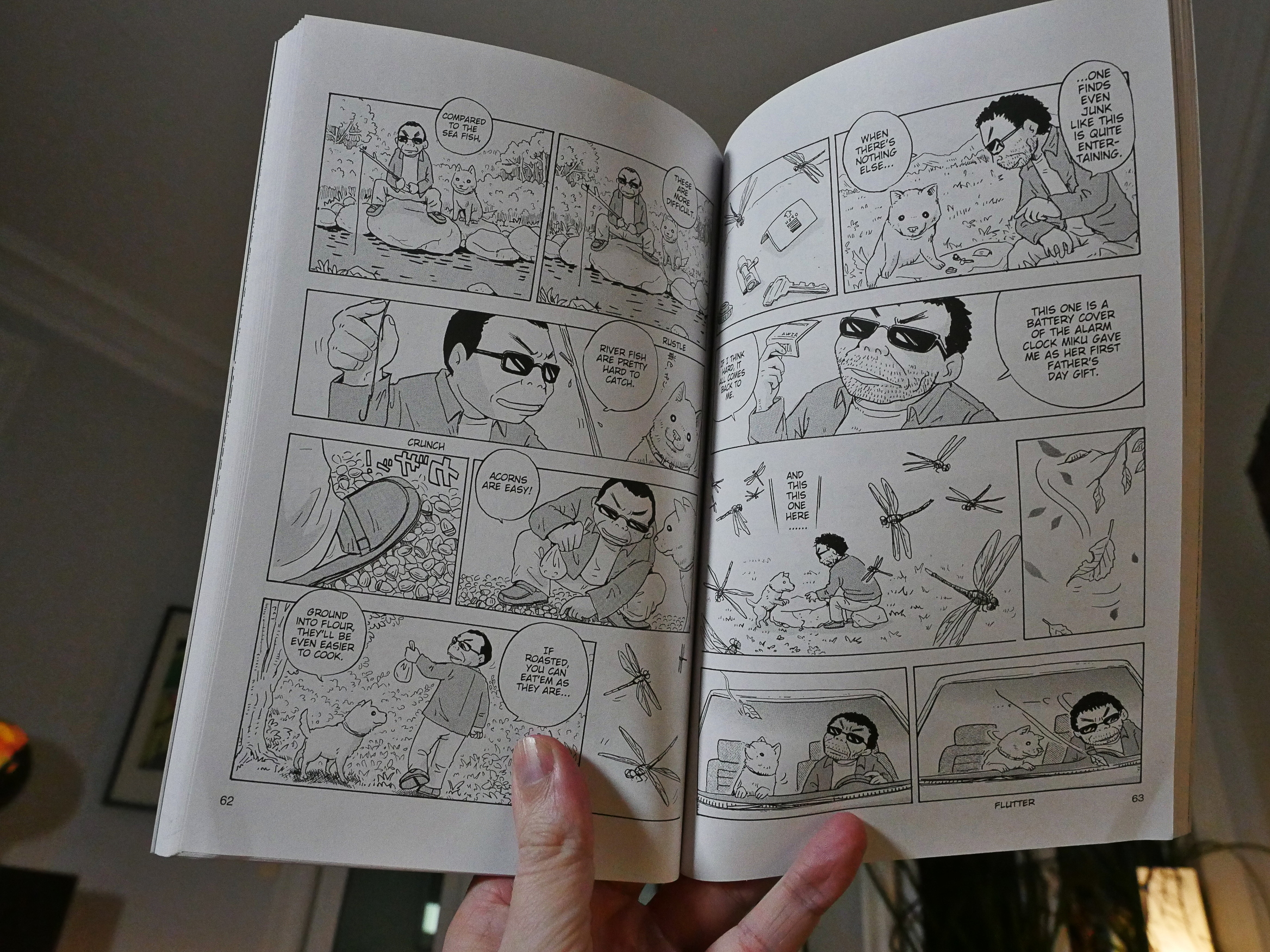
It’s 100% schmaltz, but it’s slathered industry strength sentimentality. I dare anybody to not well up while reading this.
Is it good? I don’t know, but it’s a great reading experience.
Out of Nothing by Daniel Locke with David Blandy (Nobrow)
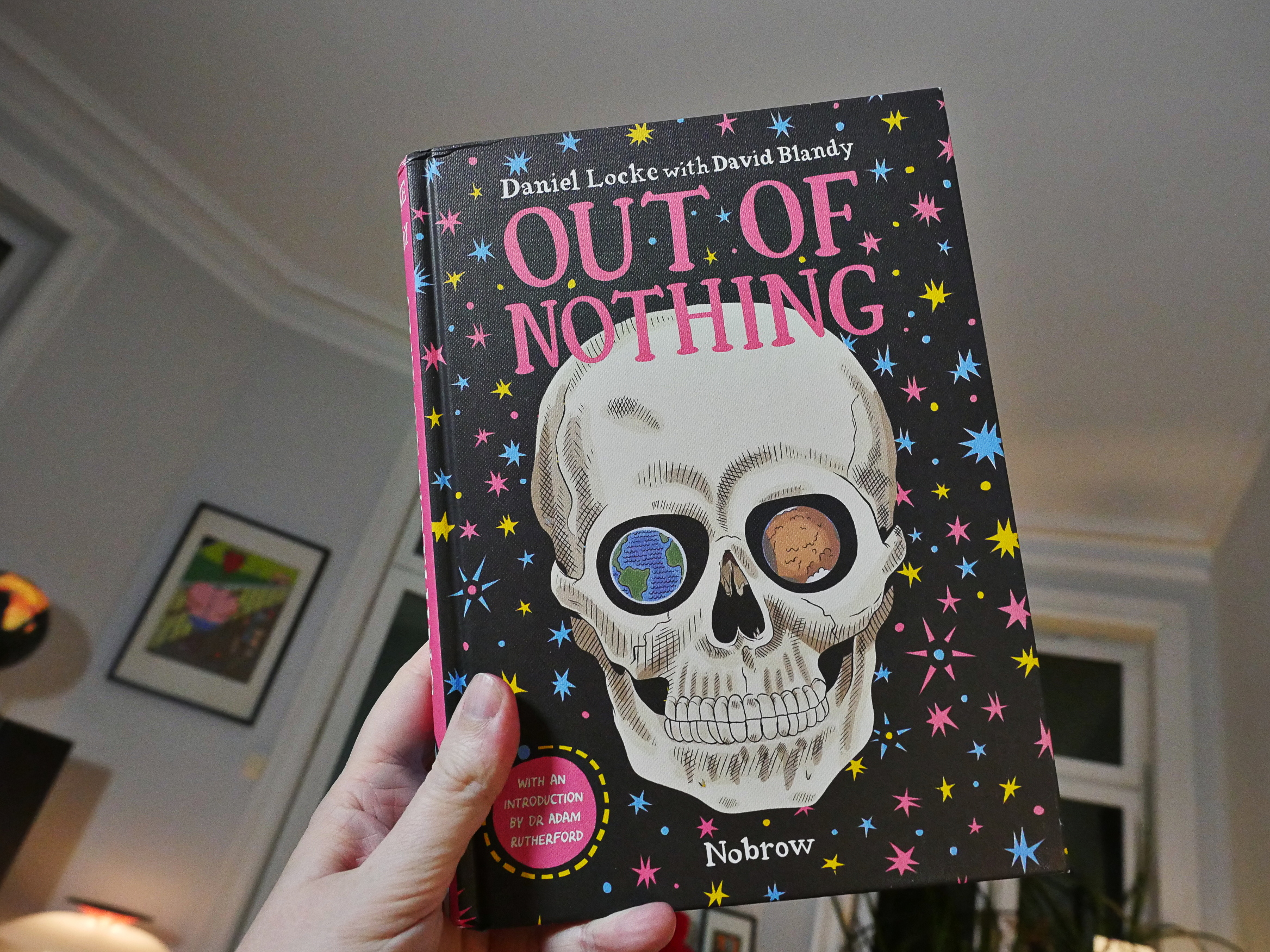
And speaking of “is it good”? This is a very didactic book about er the history of everything.
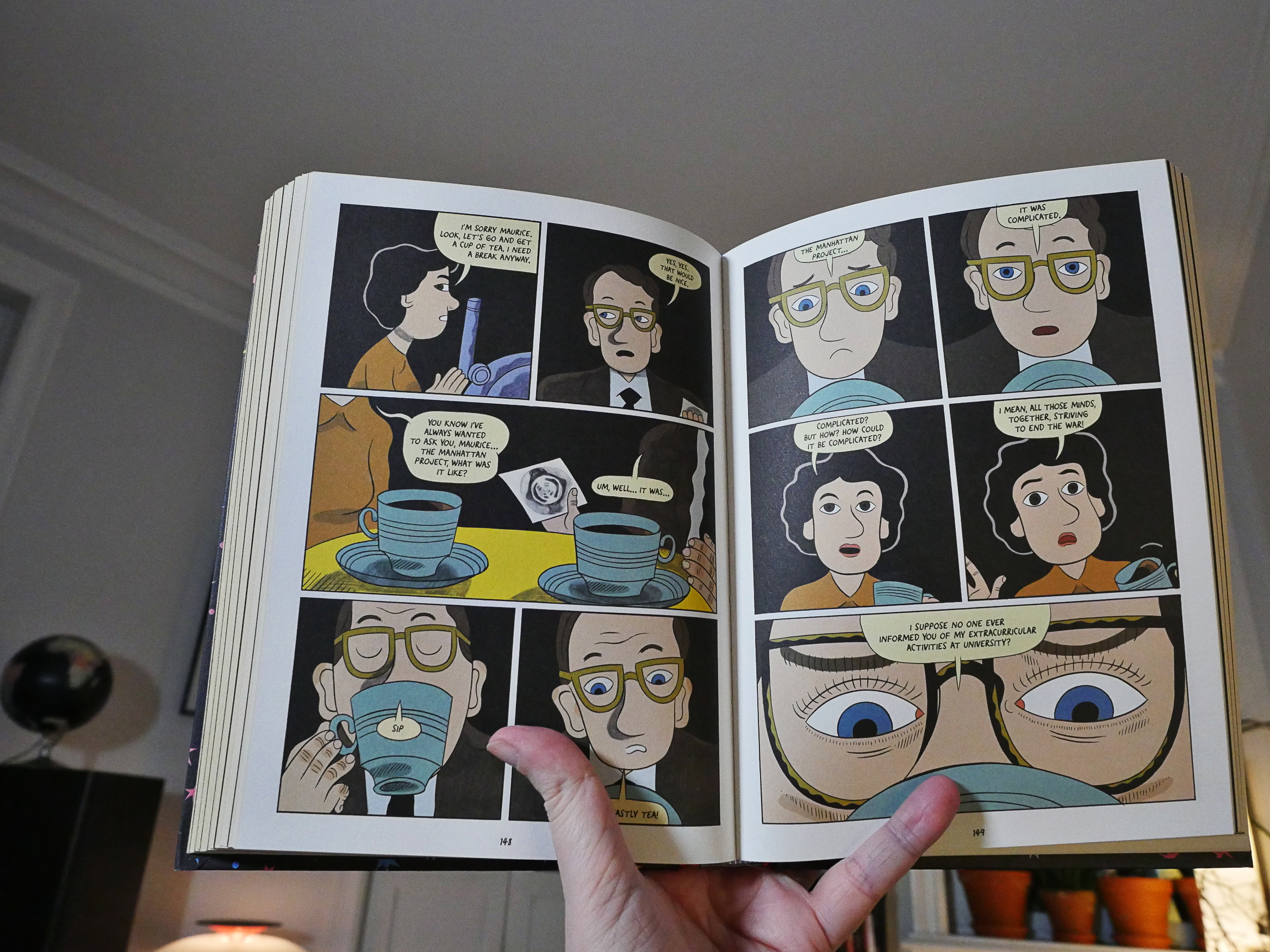
This could have been so worthy and awful, but it’s really readable. I think with more “serious” artwork this could have gone completely off the rails.
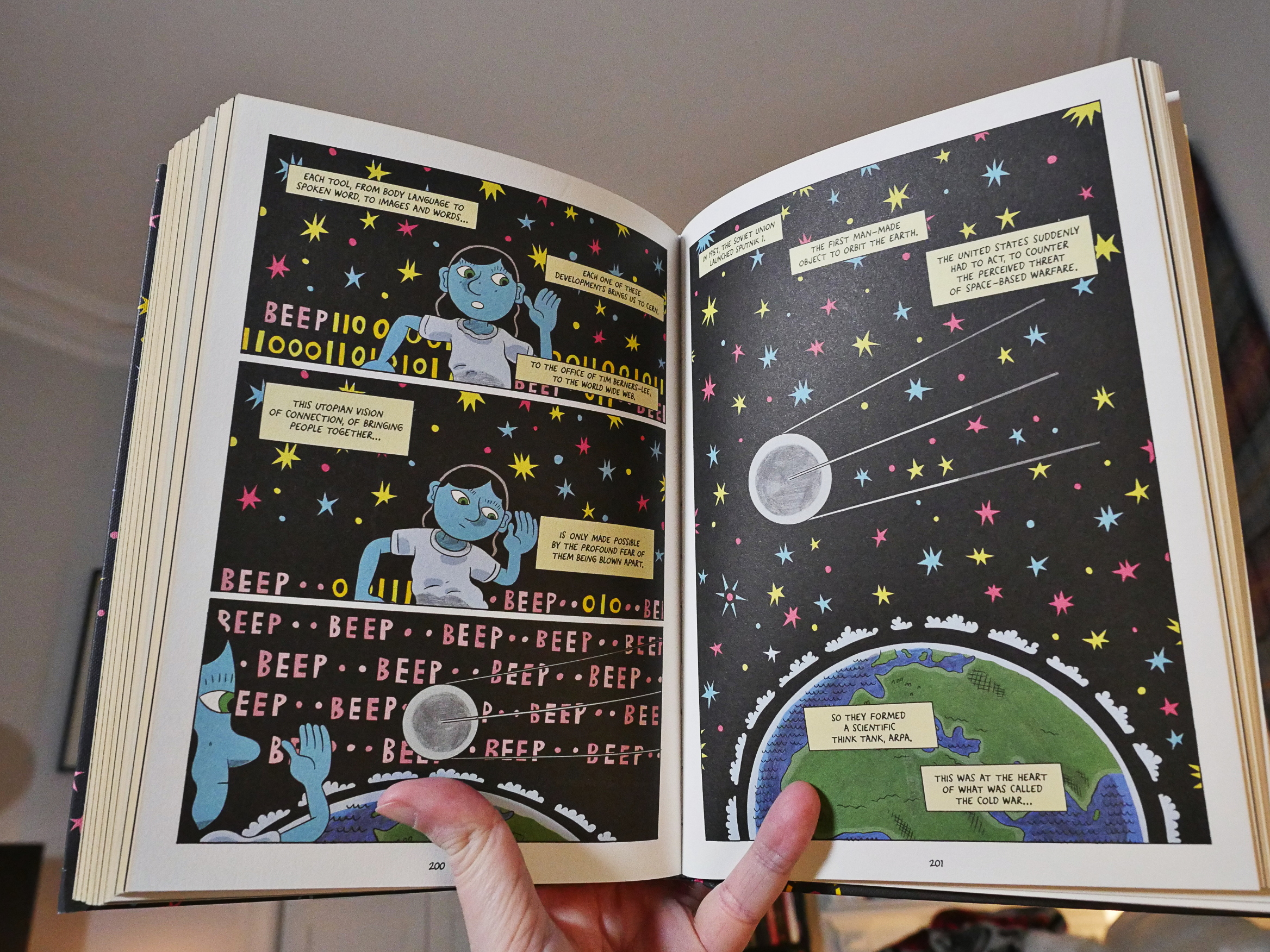
Instead, despite the… well, you know… it kinda works.
Billie Holiday by Muñoz & Sampayo (NBM)

There’s no “kinda works” here. It’s fucking Muñoz & Sampayo! And while you might assume that this is part of the Plague of Awful Comics Biographies that plague our nations today, it was created in 1991, way before you had to give out shovels when entering the comics section at a book store to shovel your way through the extruded modern comics bio manure. Kudos to NBM for trying to fool the audience that somehow is into buying that stuff into buying this.
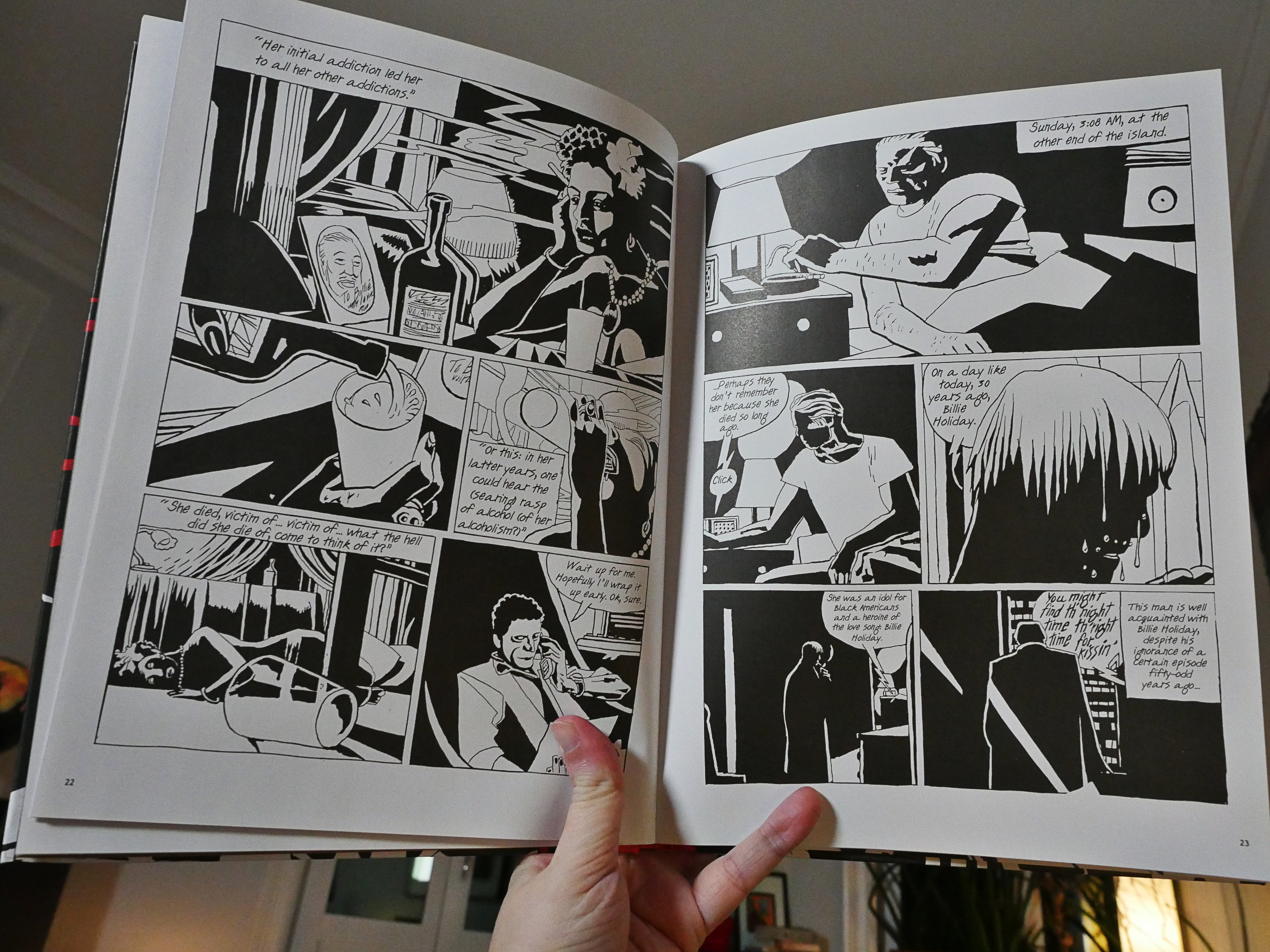
Because it’s an excellent book. I mean, it’s Muñoz & Sampayo, isn’t it?
It is.
Starstruck: Old Proldiers Never Die by Elaine Lee, Michael W. Kaluta and Lee Moyer (IDW)
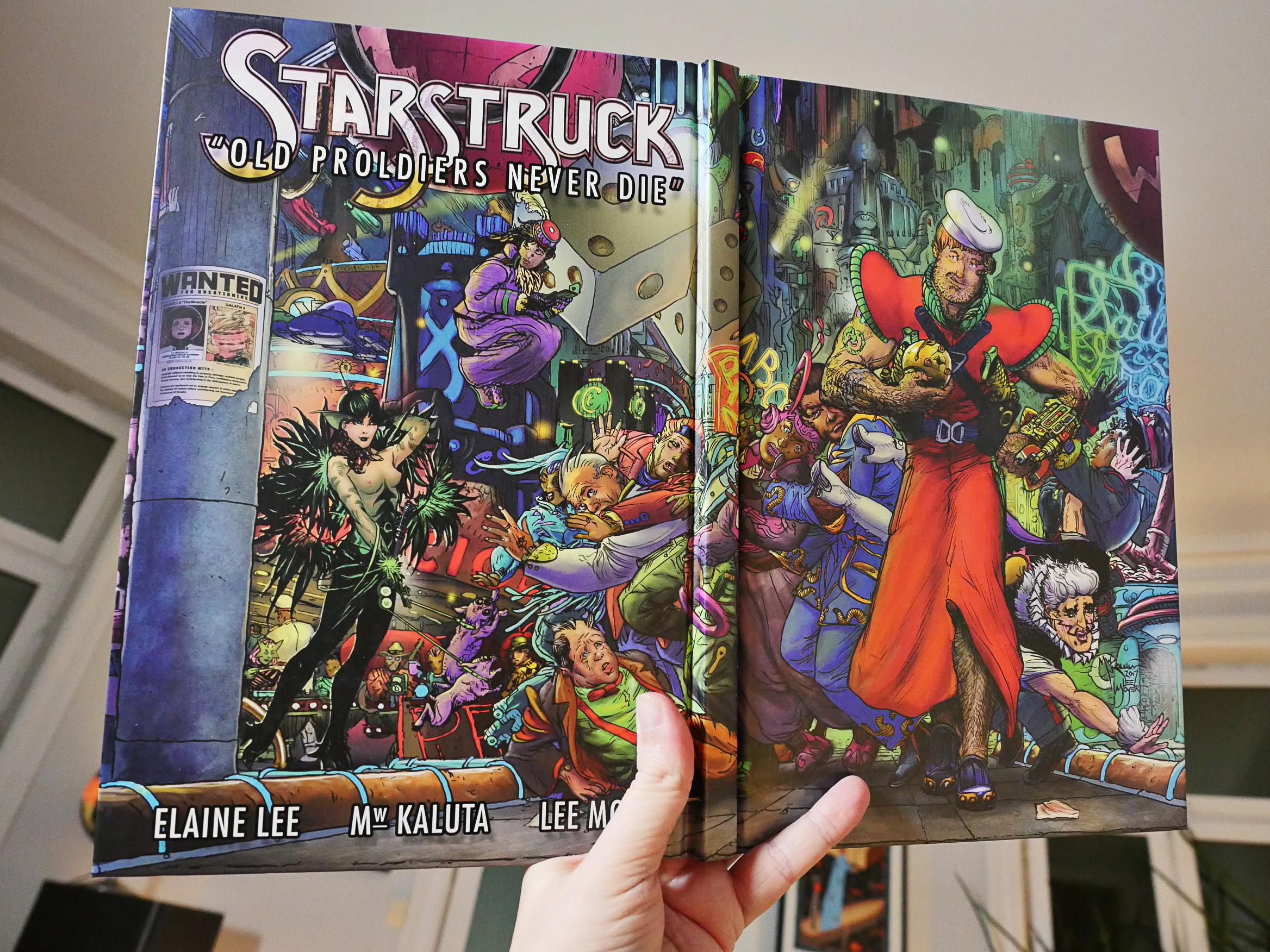
And speaking of reprints… Starstruck has had such a complicated publishing history, and I’ve bought every iteration. But it gets better every time they expand it!
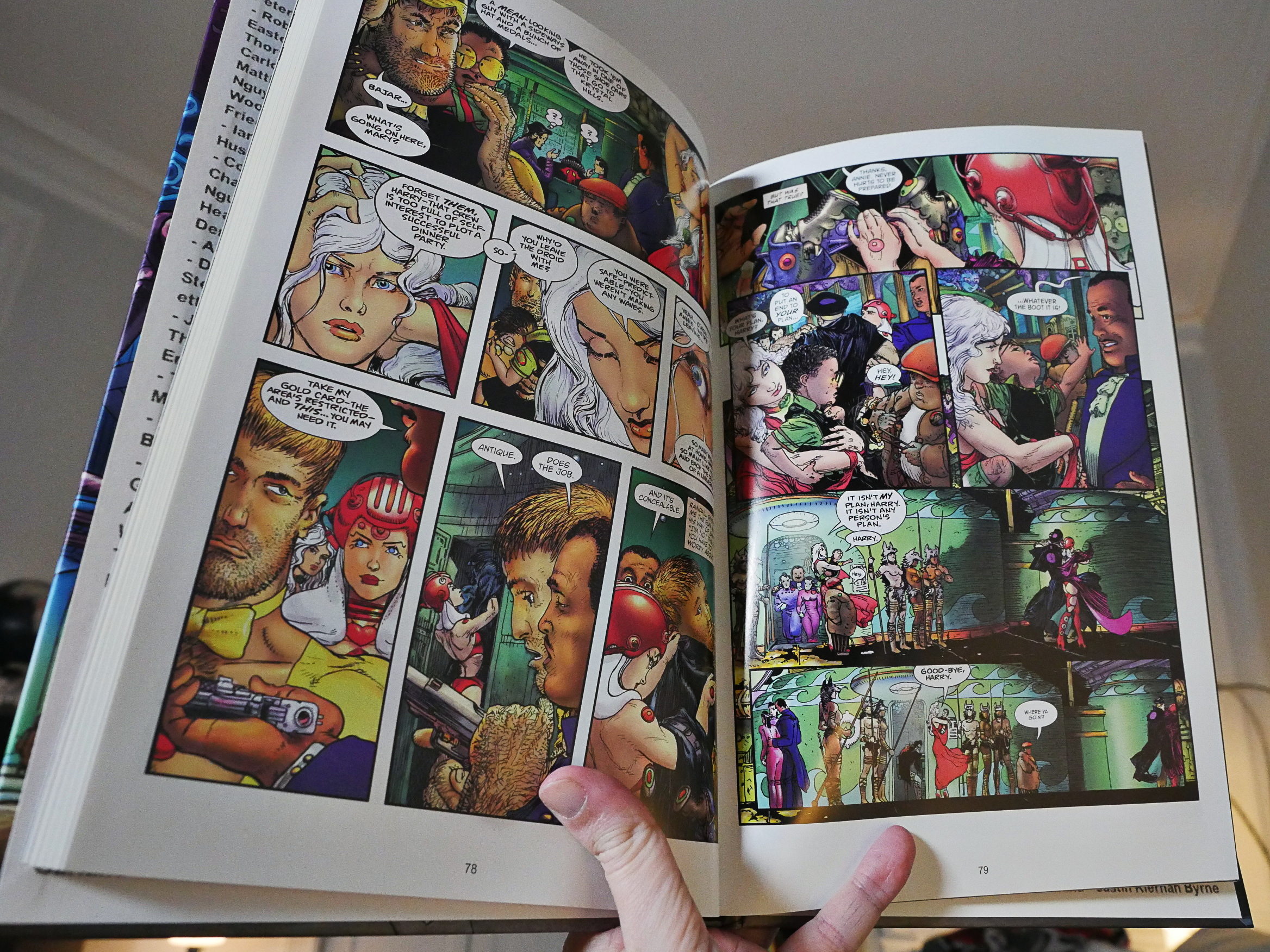
This is the Kickstarter edition, I think.
I don’t quite understand why not everybody is running around shouting YOU HAVE TO READ STARSTRUCK instead of, say, Monstress or Bitch Planet or whatever’s the most exciting sci-fi comic of the week.
I just love Lee’s oblique storytelling techniques… but perhaps that’s the main problem: These comics get kinda convoluted. I think that’s a major part of the fun, though; trying to work out how everything’s related, and being confident that there’s a point to it all. Because there is.
OK, that’s it. This took me three days to diffidently work at. Sorry for all the speeling errors. I’ll now sink back into my cold and top of with some cocoa while hoping that 2019 will be a better year for everybody.

 BAD601
BAD601


 CAD602
CAD602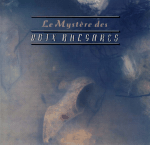



 CAD603
CAD603

 BAD604
BAD604

 BAD605
BAD605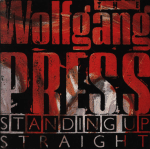

 CAD606
CAD606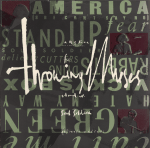


 CAD607
CAD607
 BAD608
BAD608



 BAD610
BAD610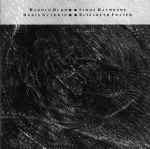


 CAD611
CAD611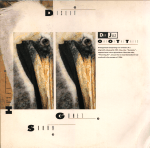


 CAD613
CAD613